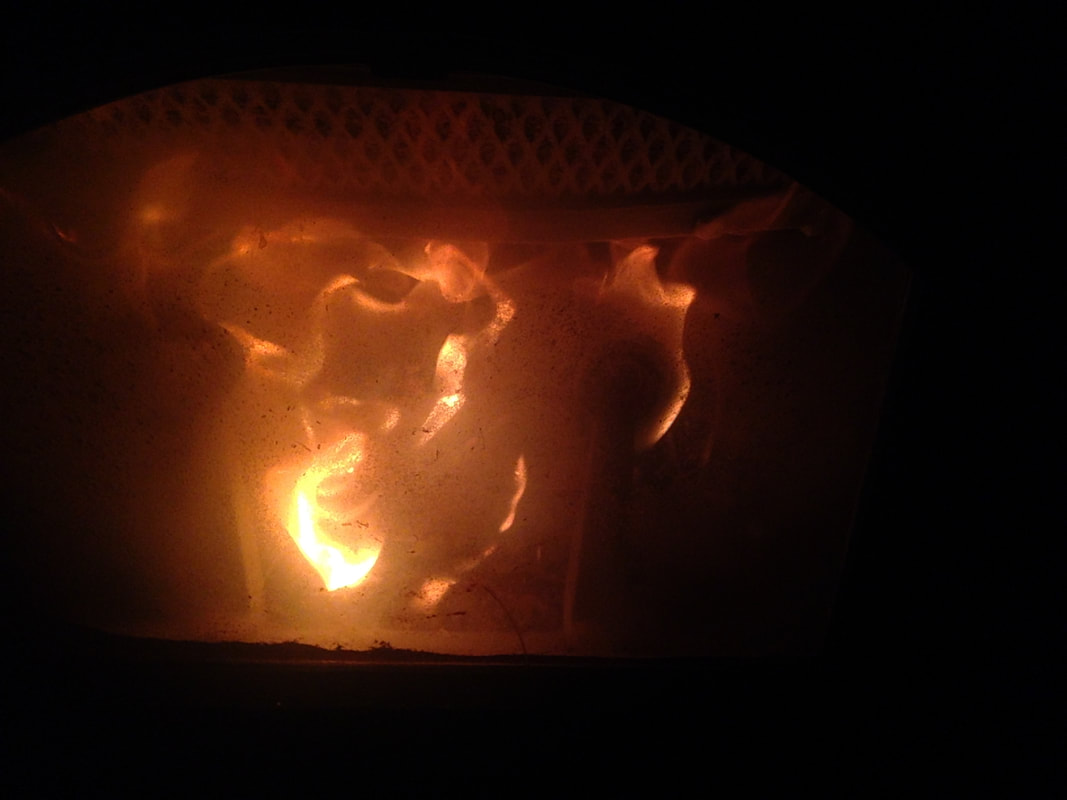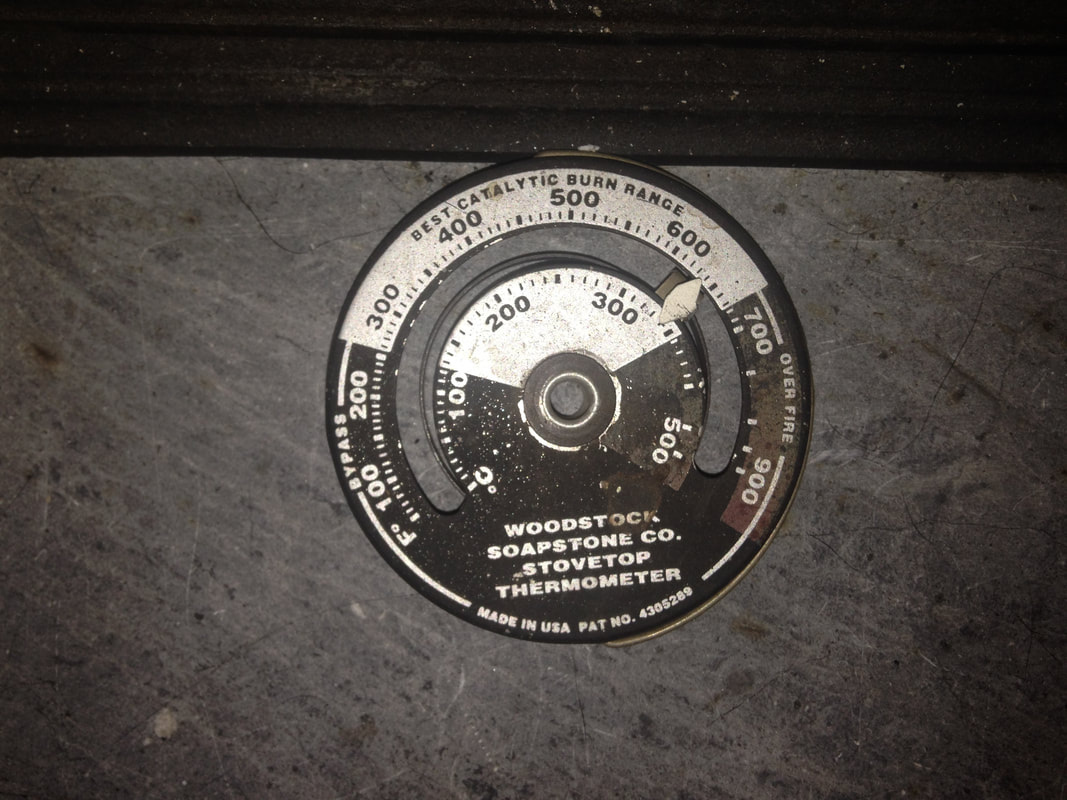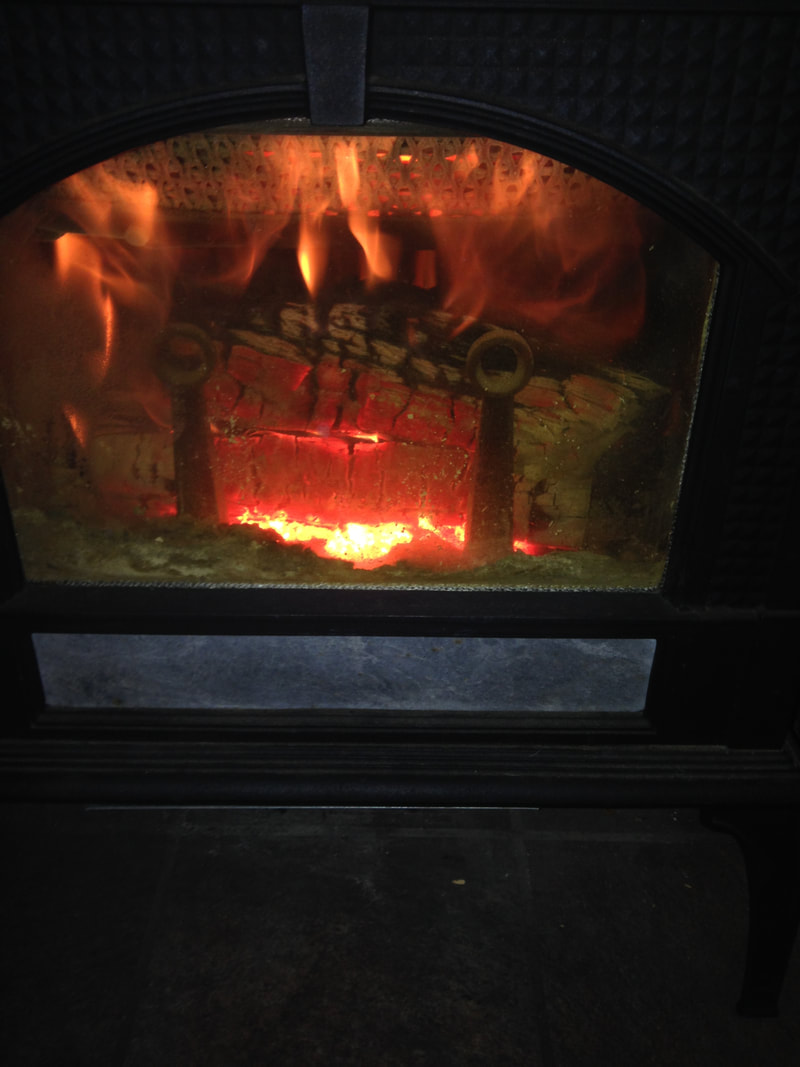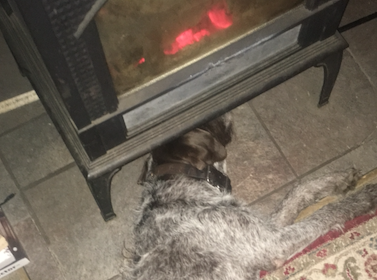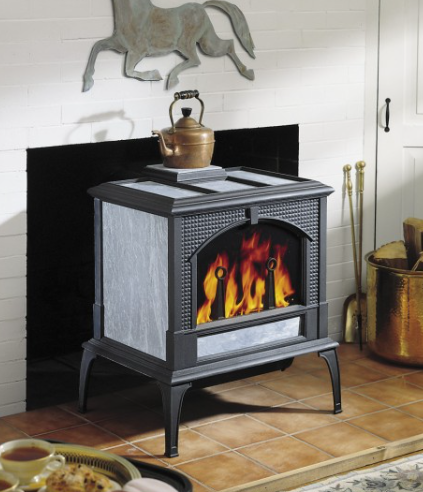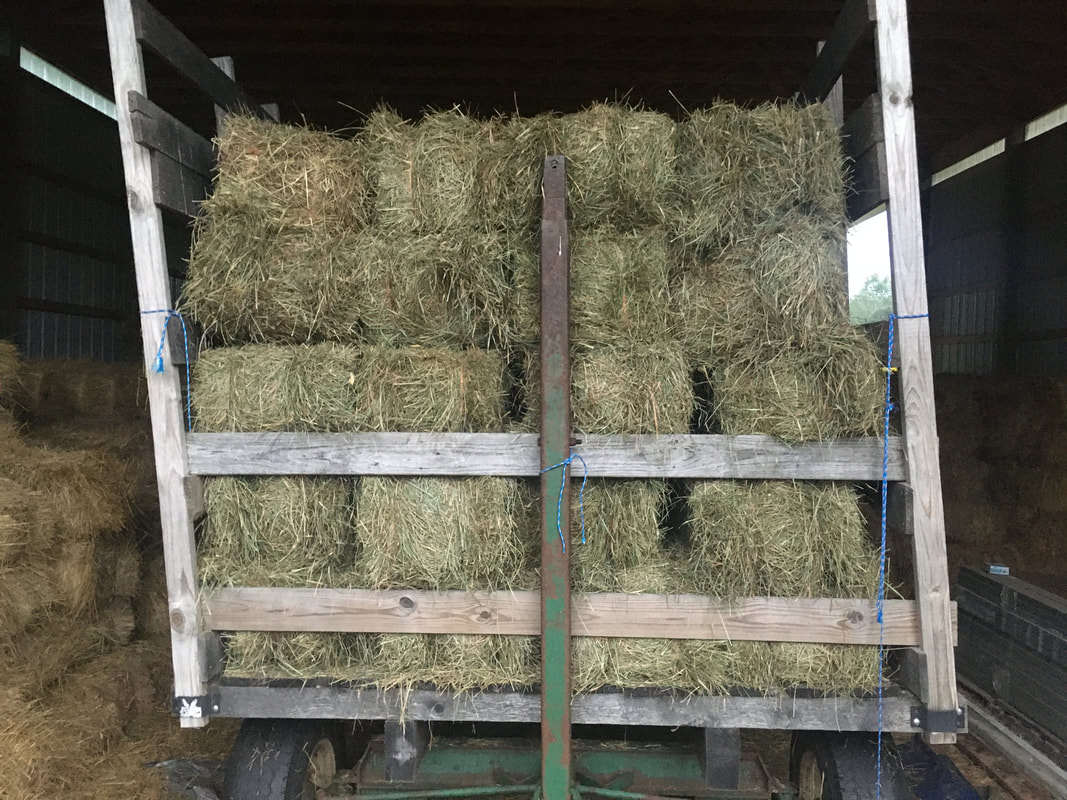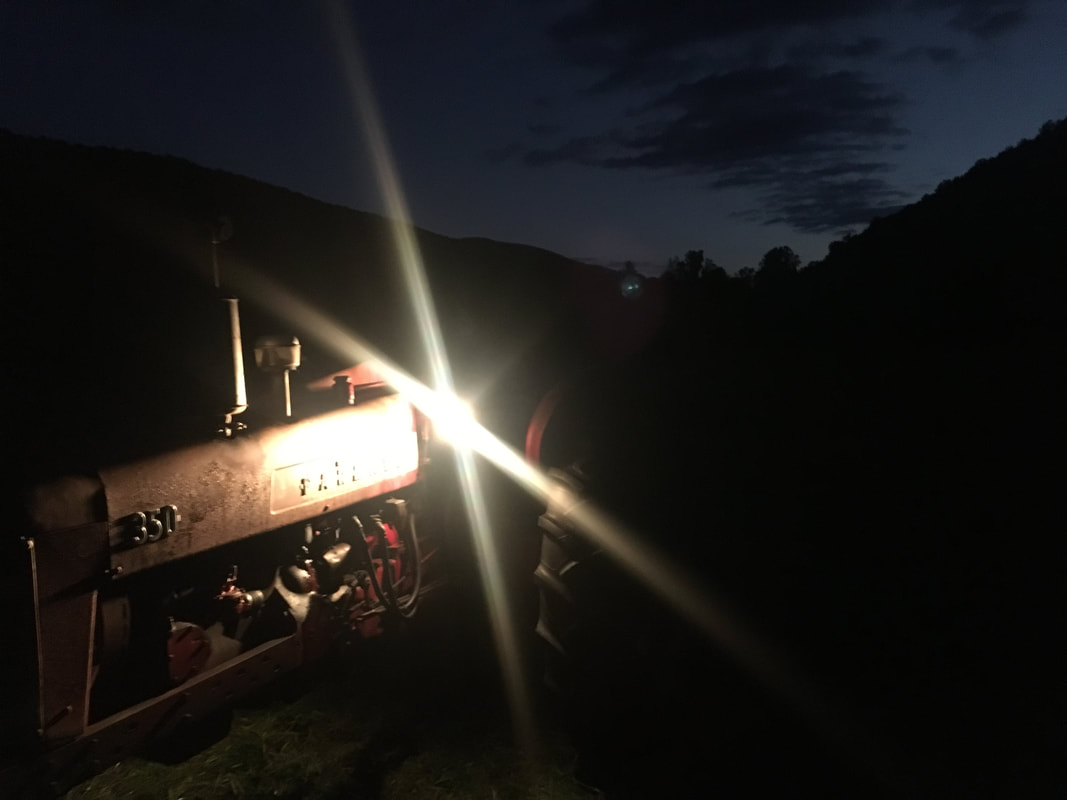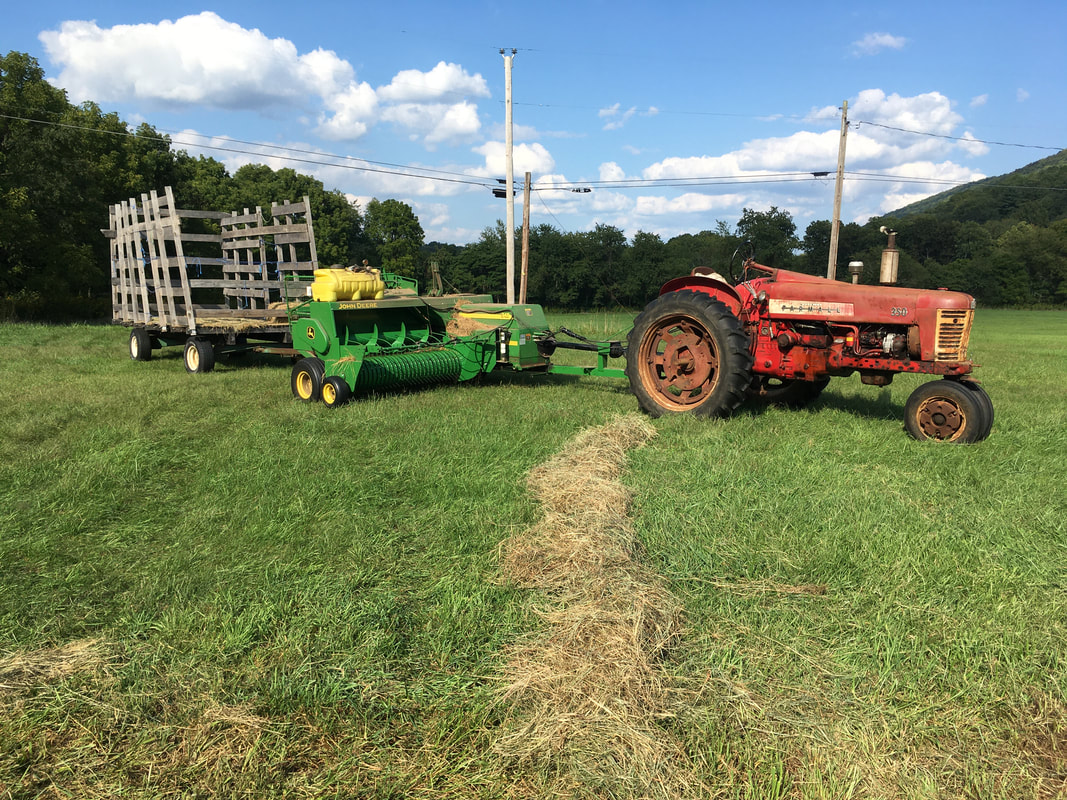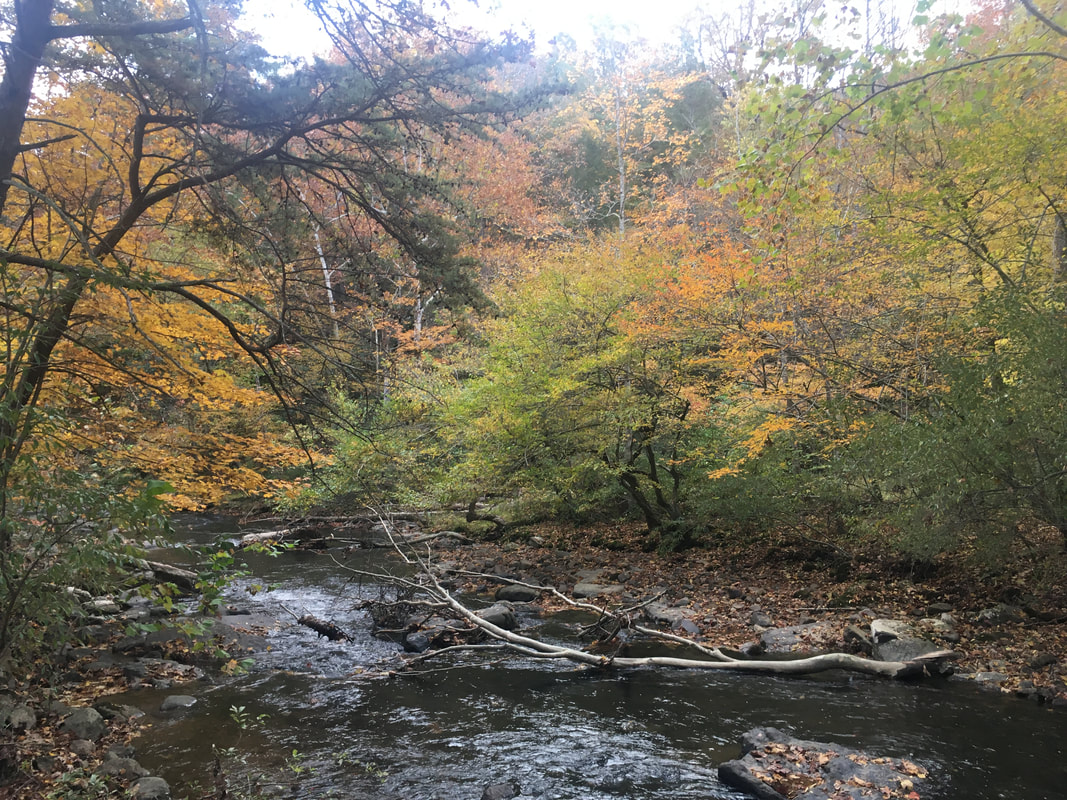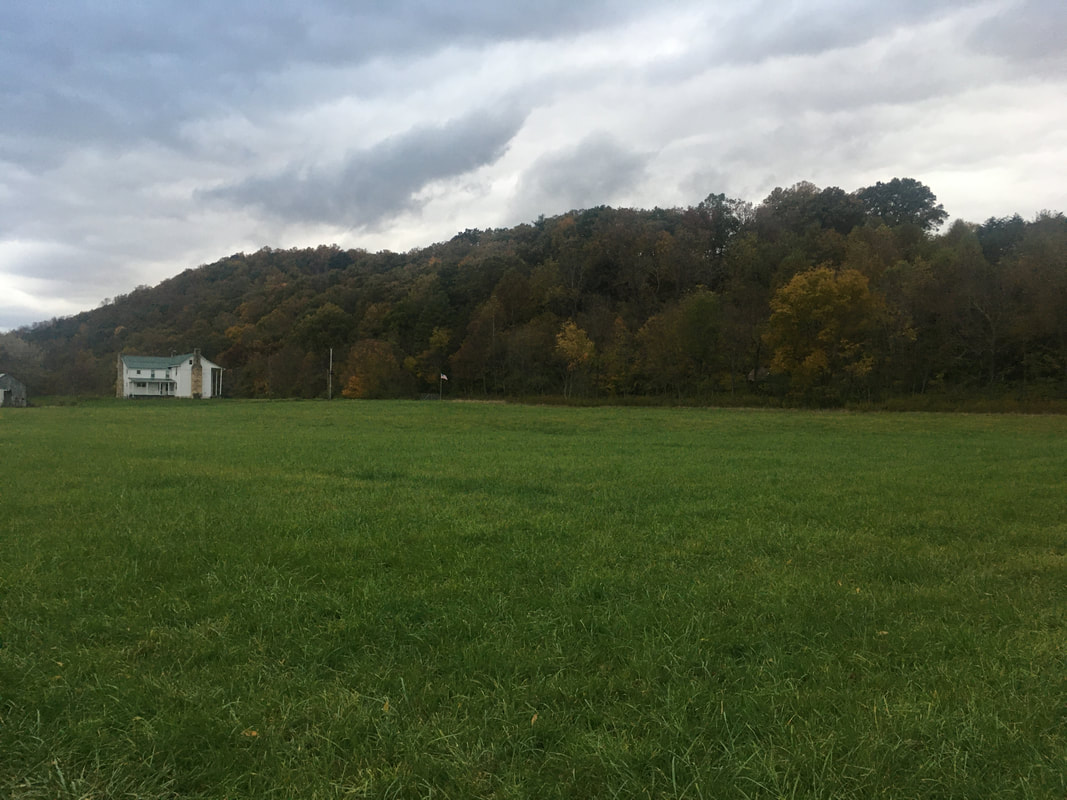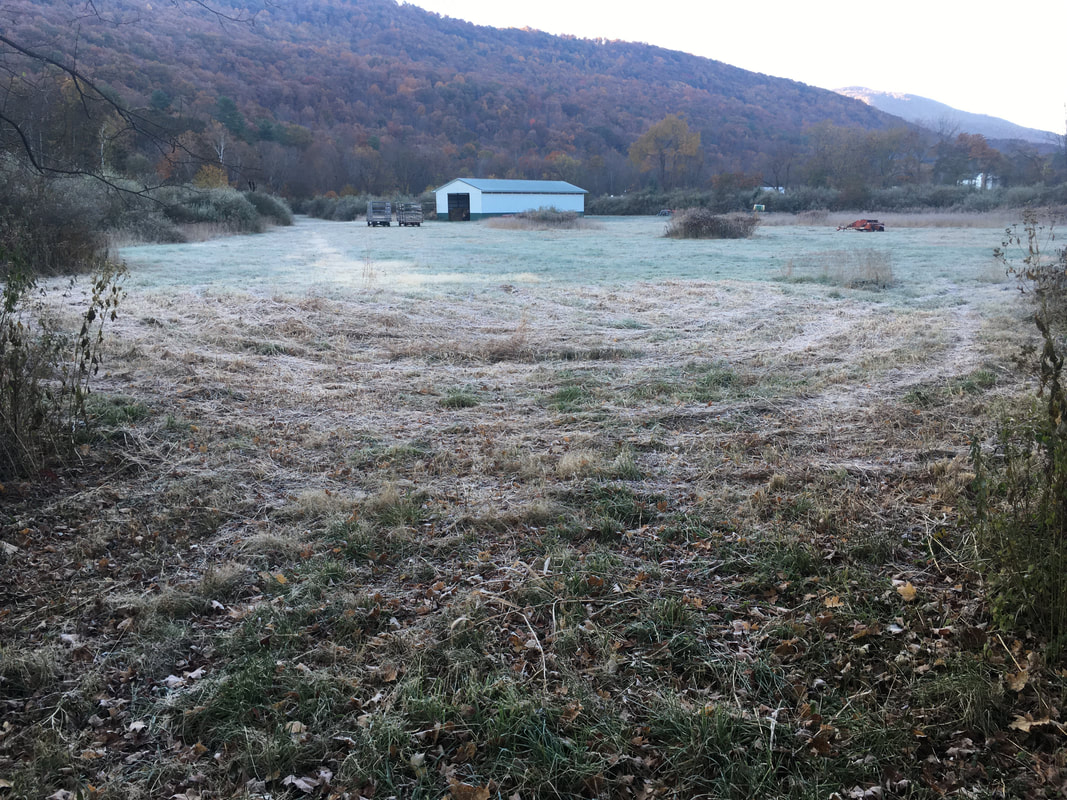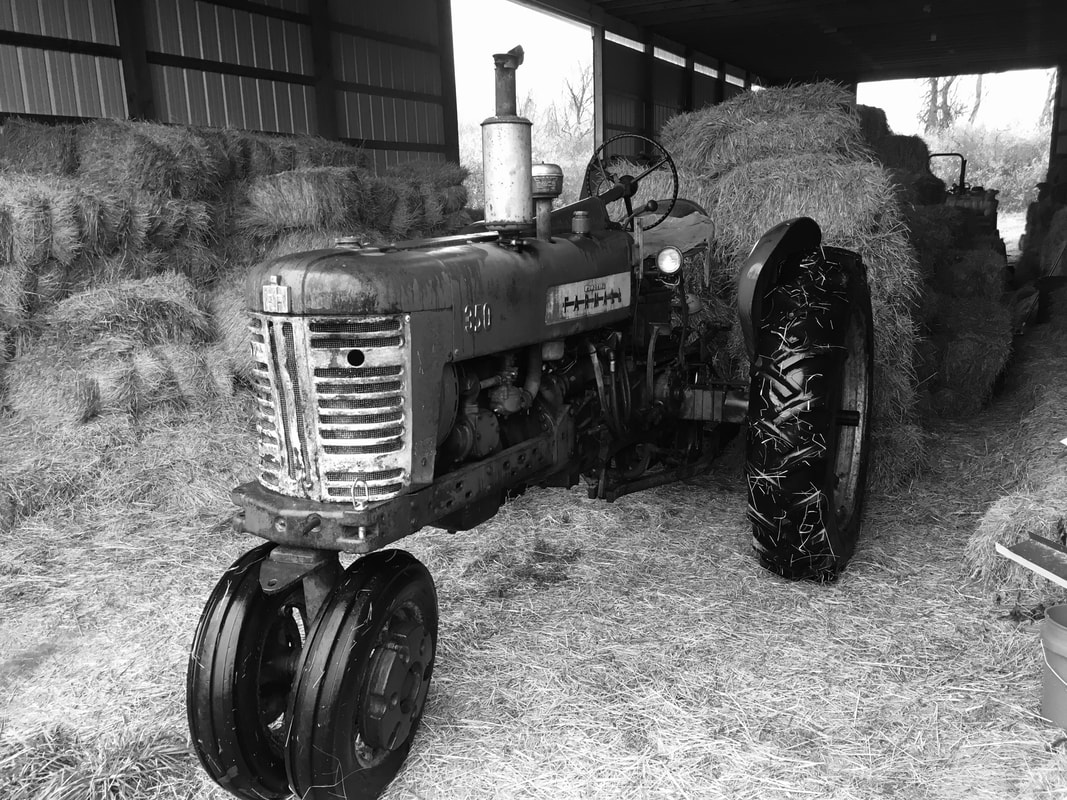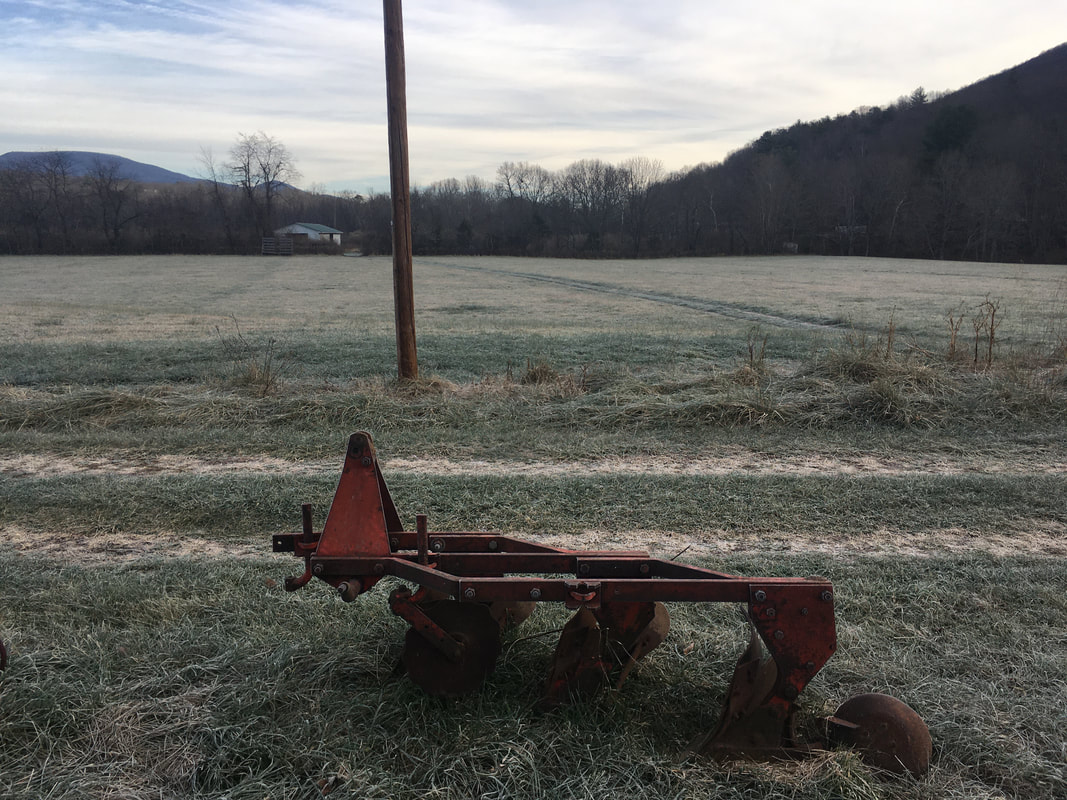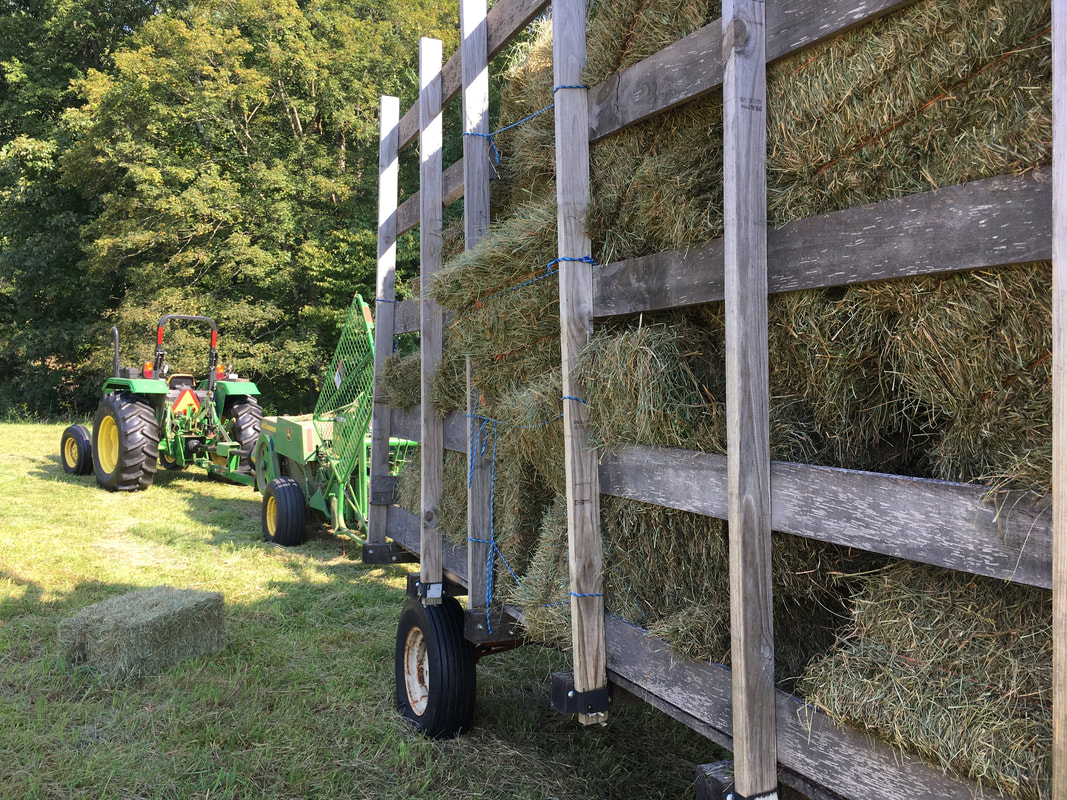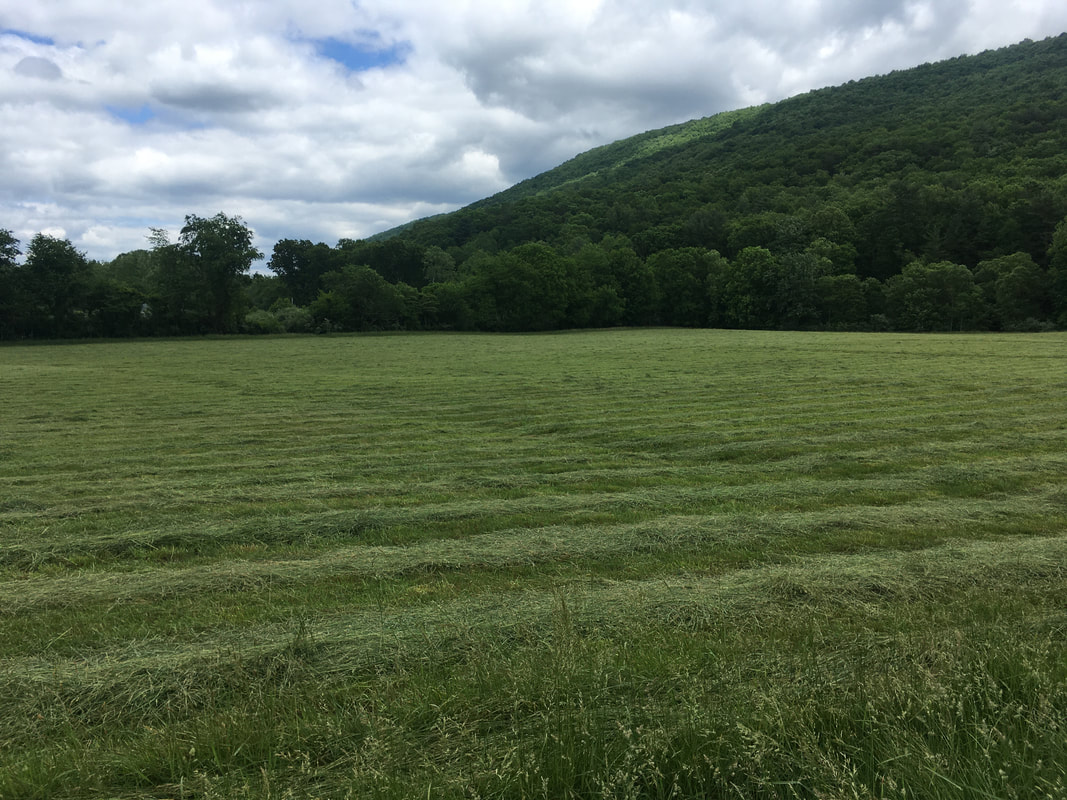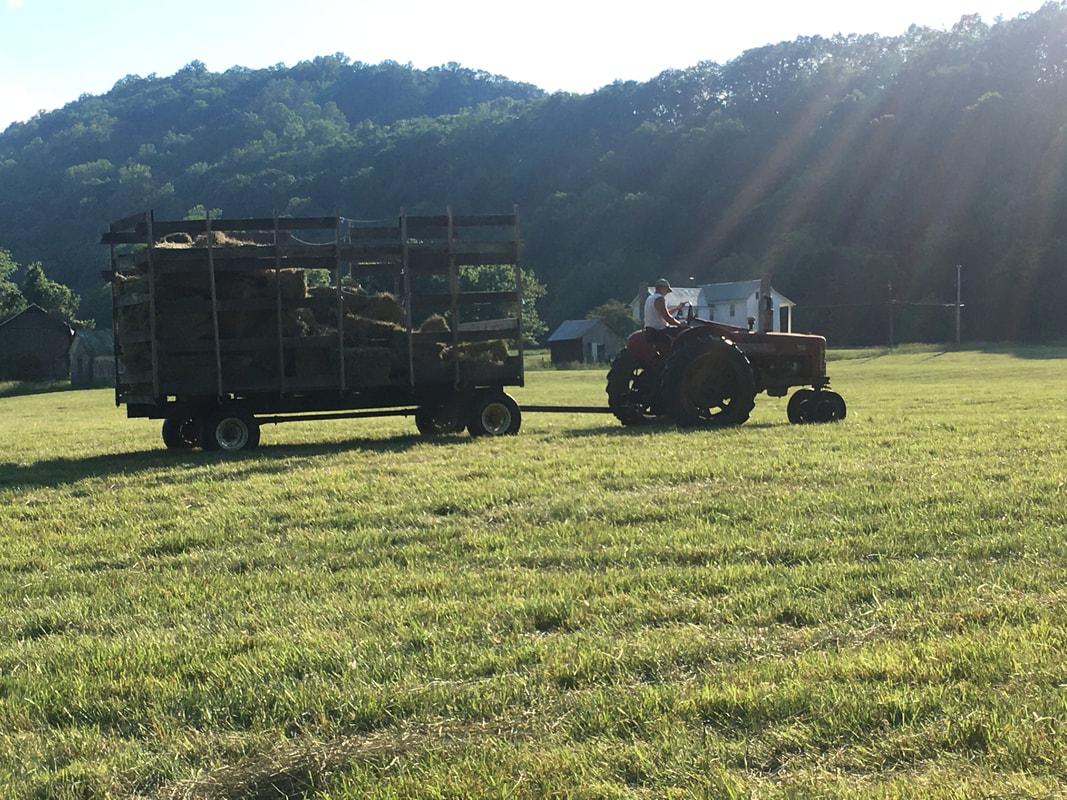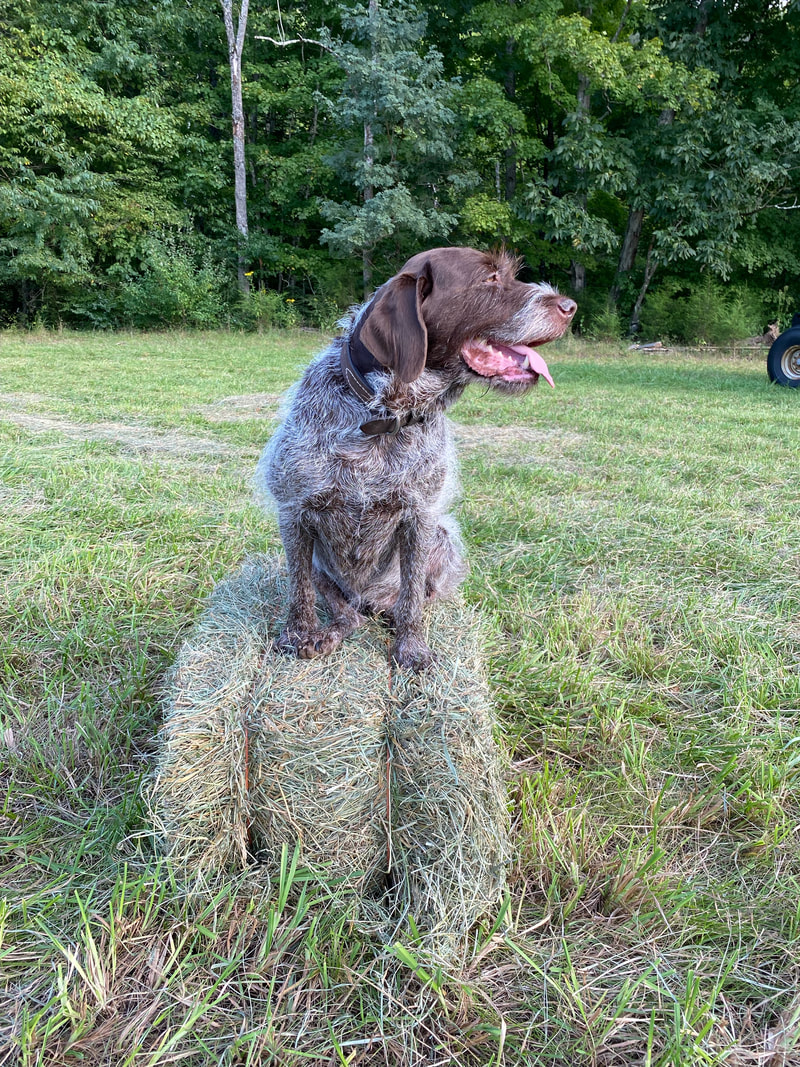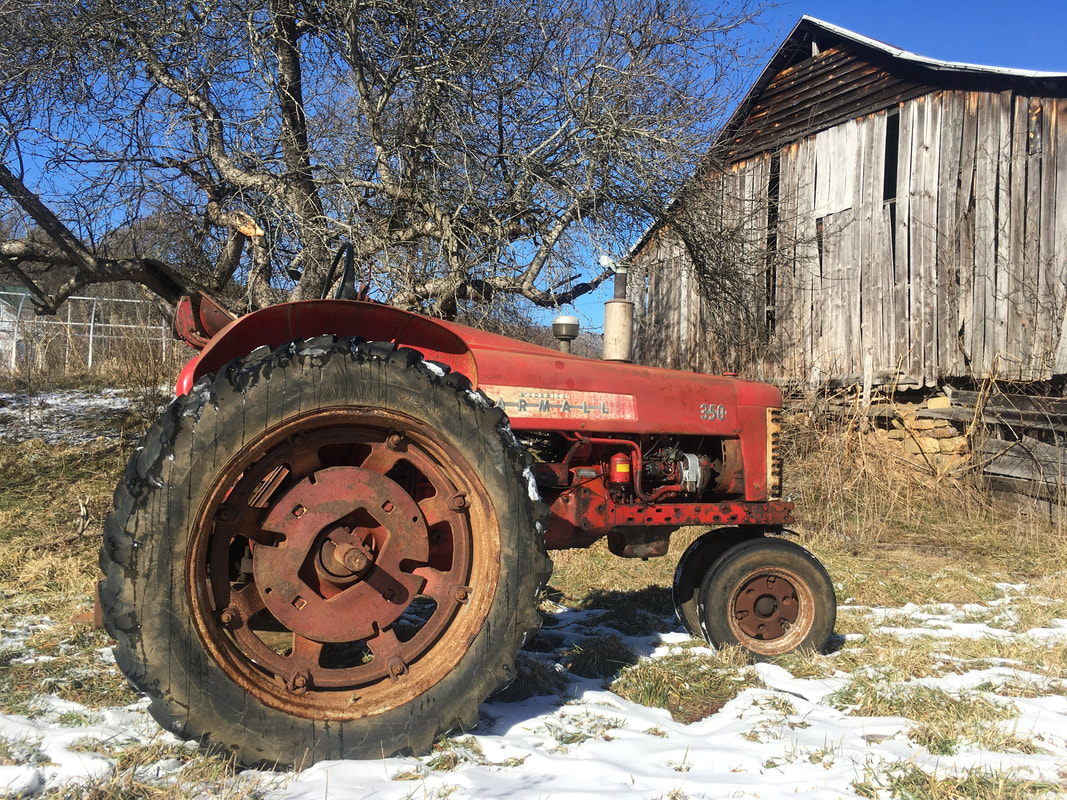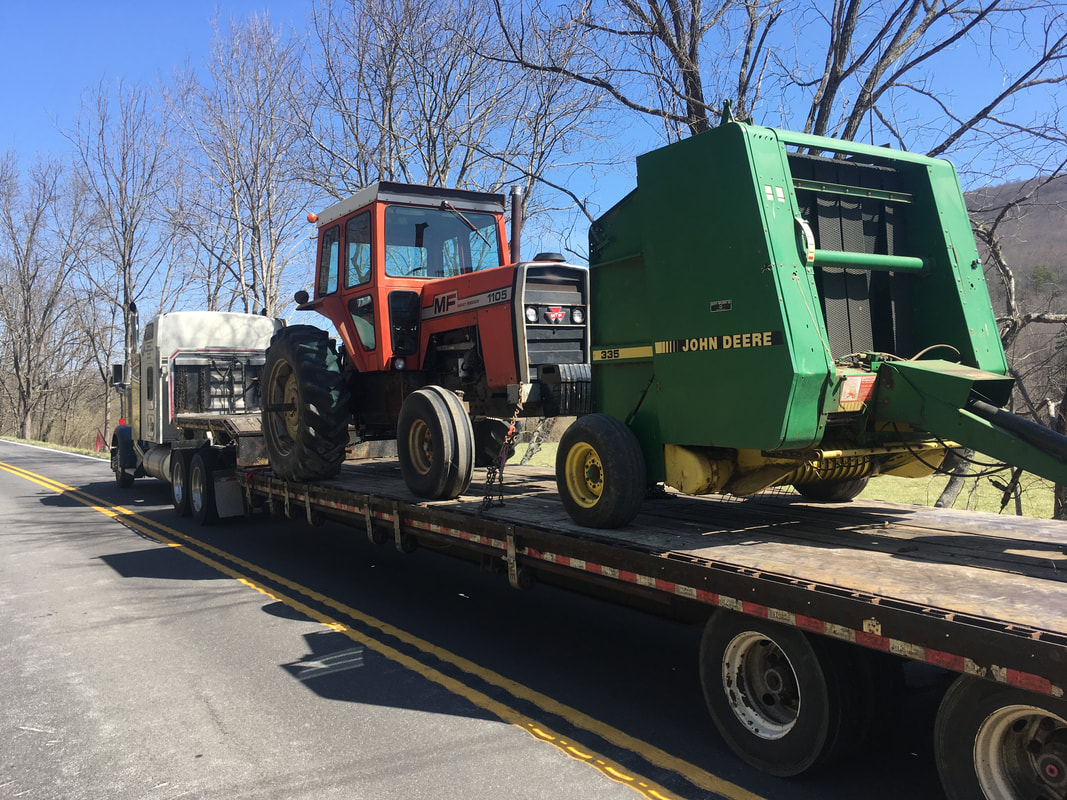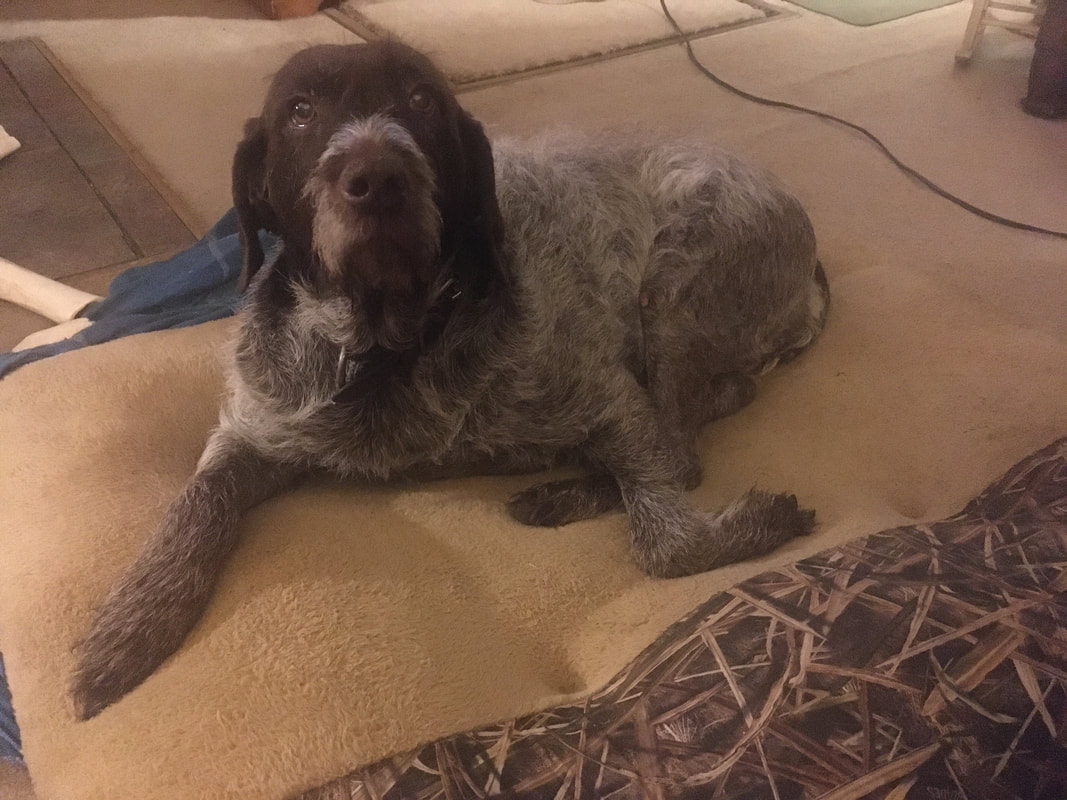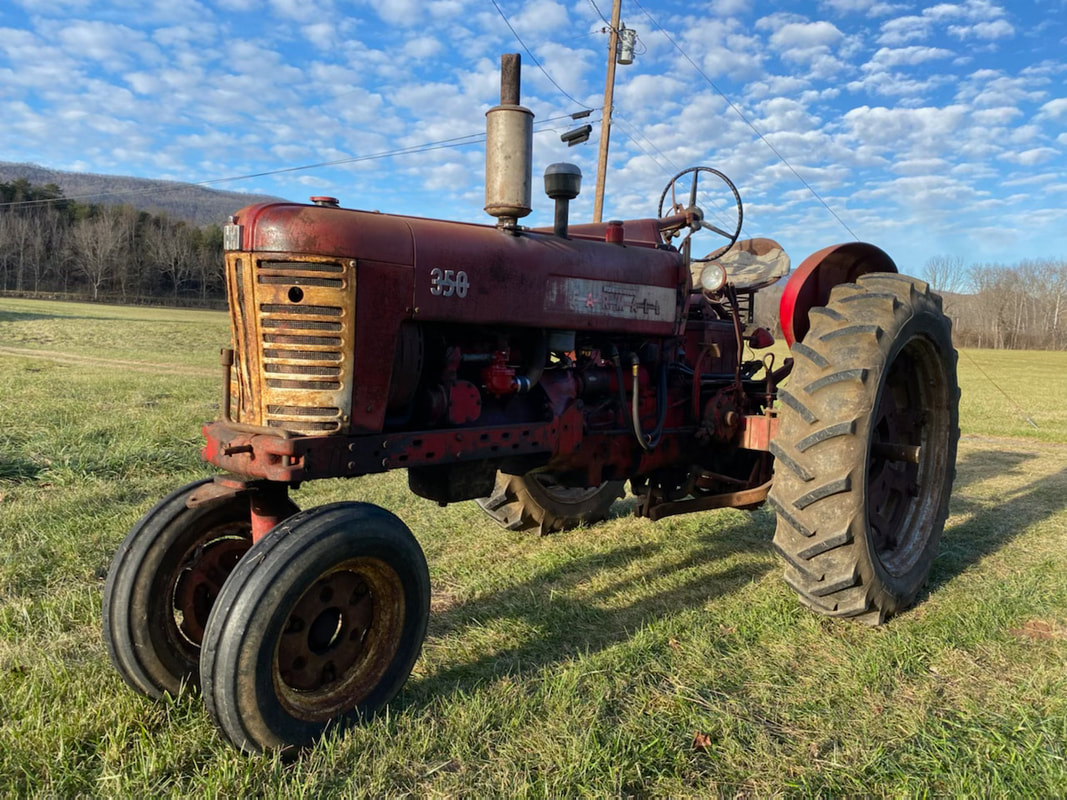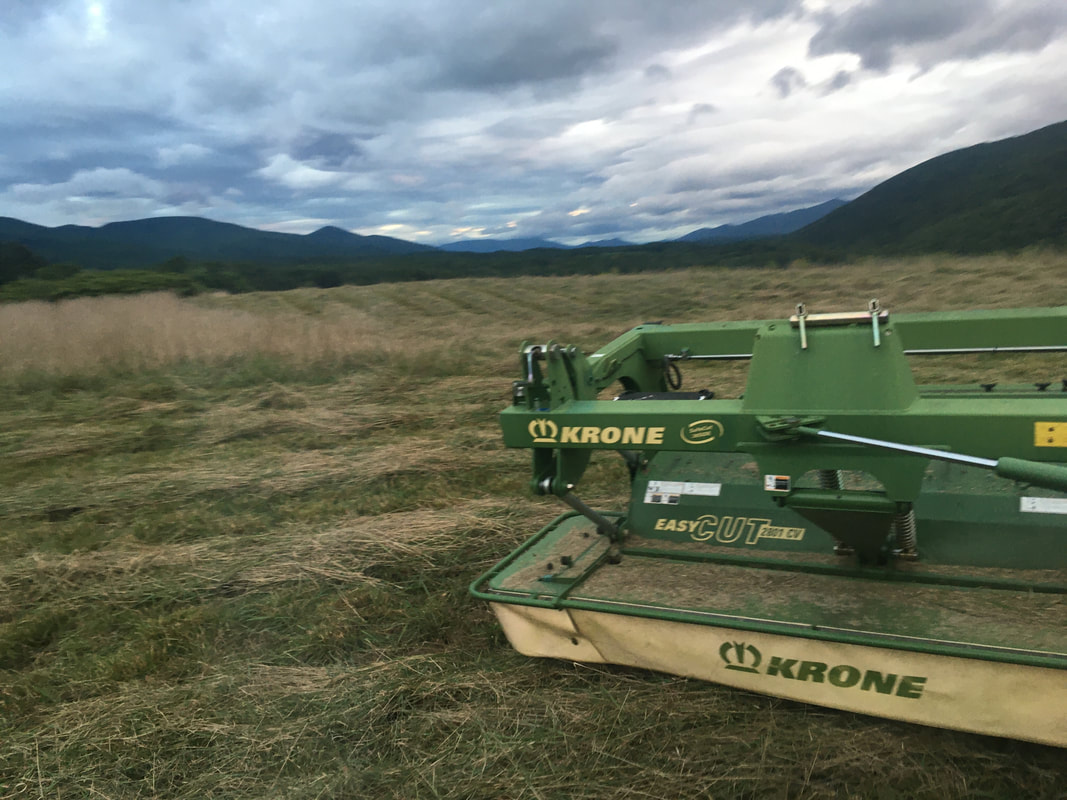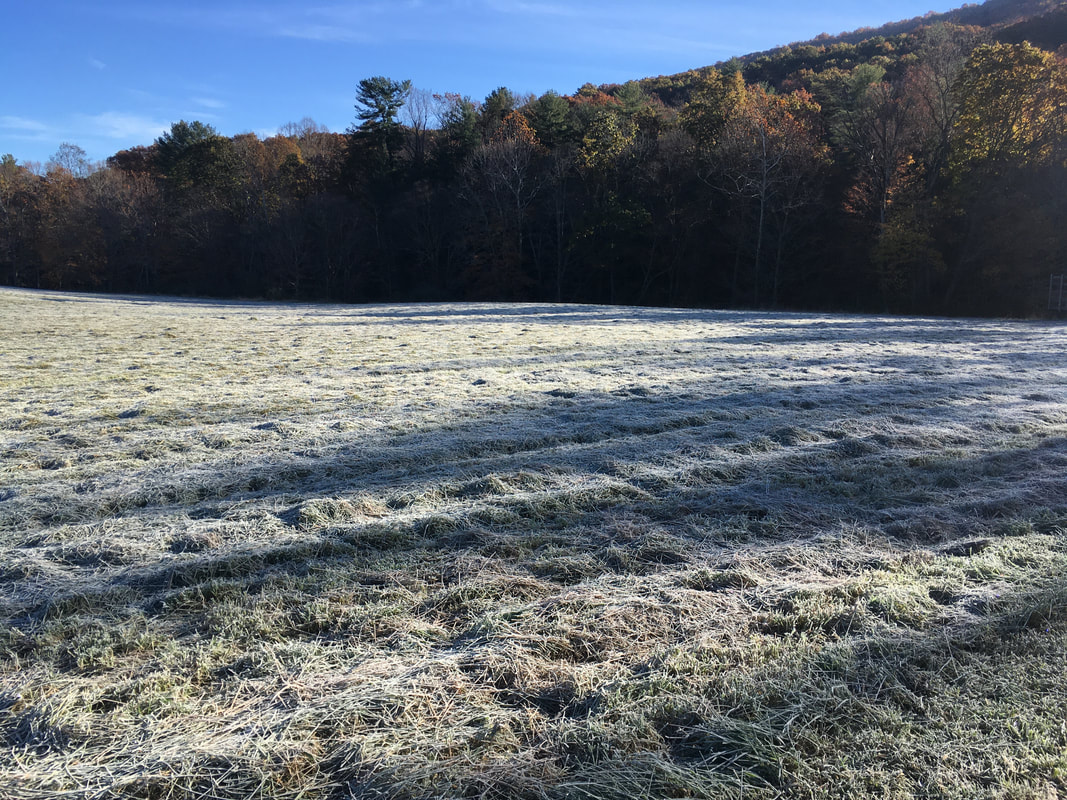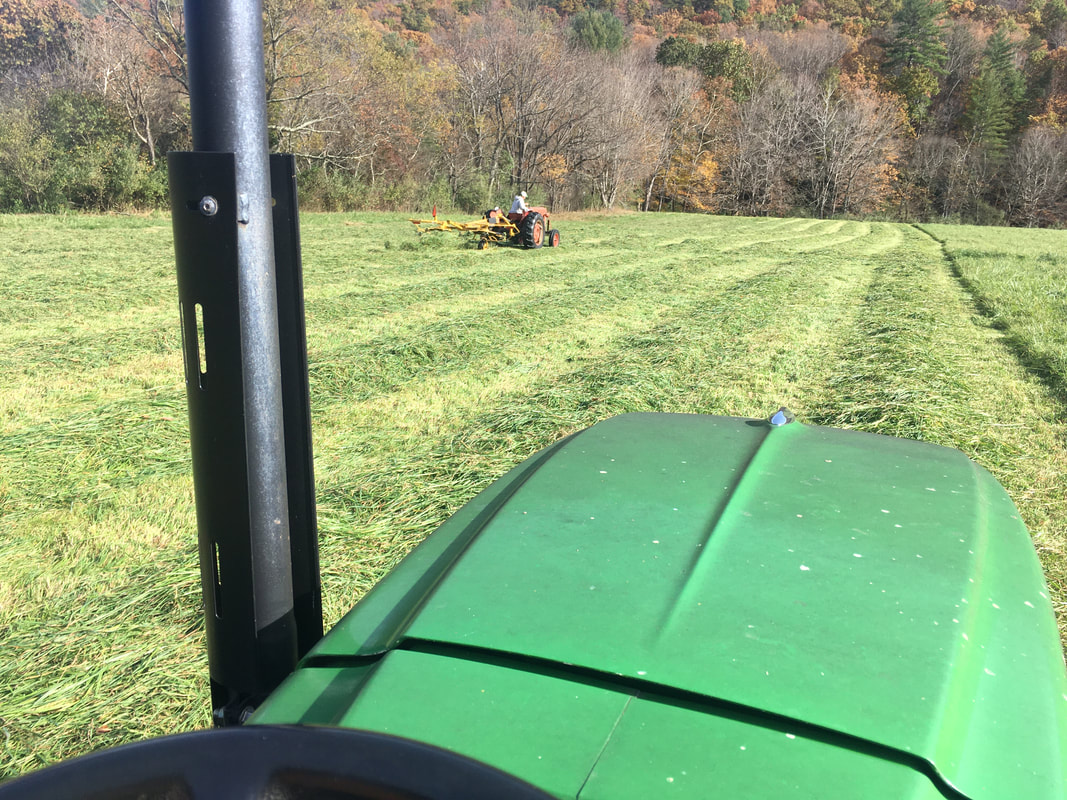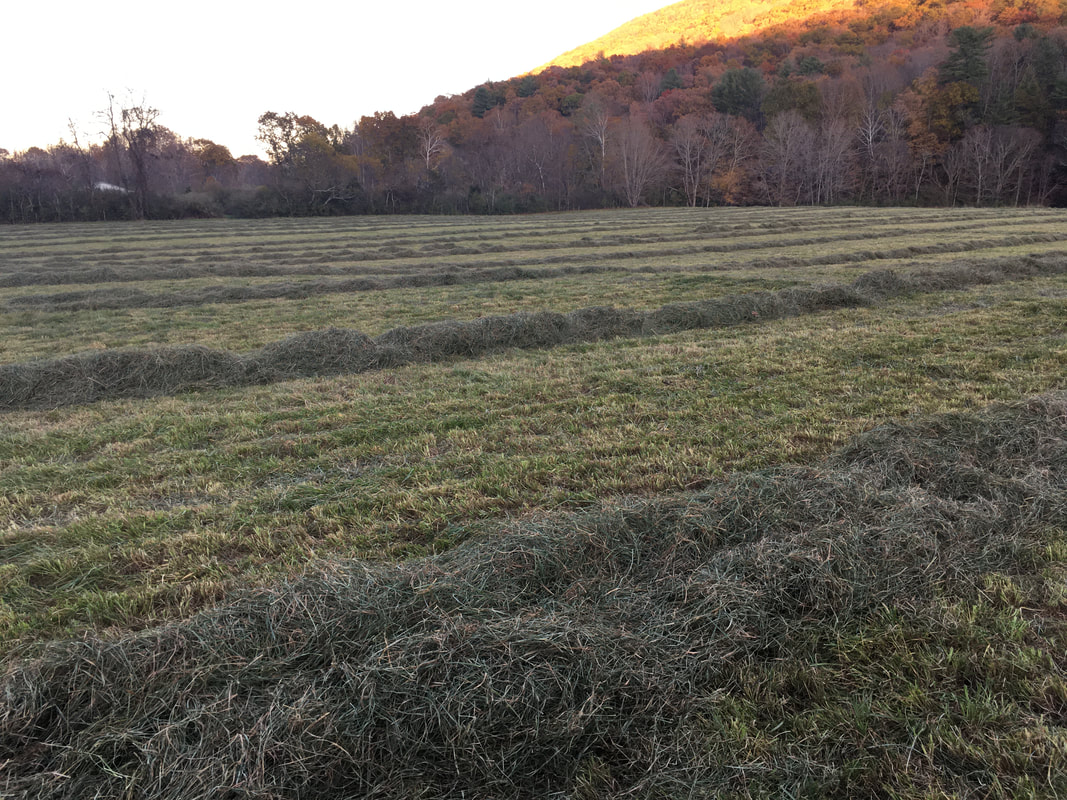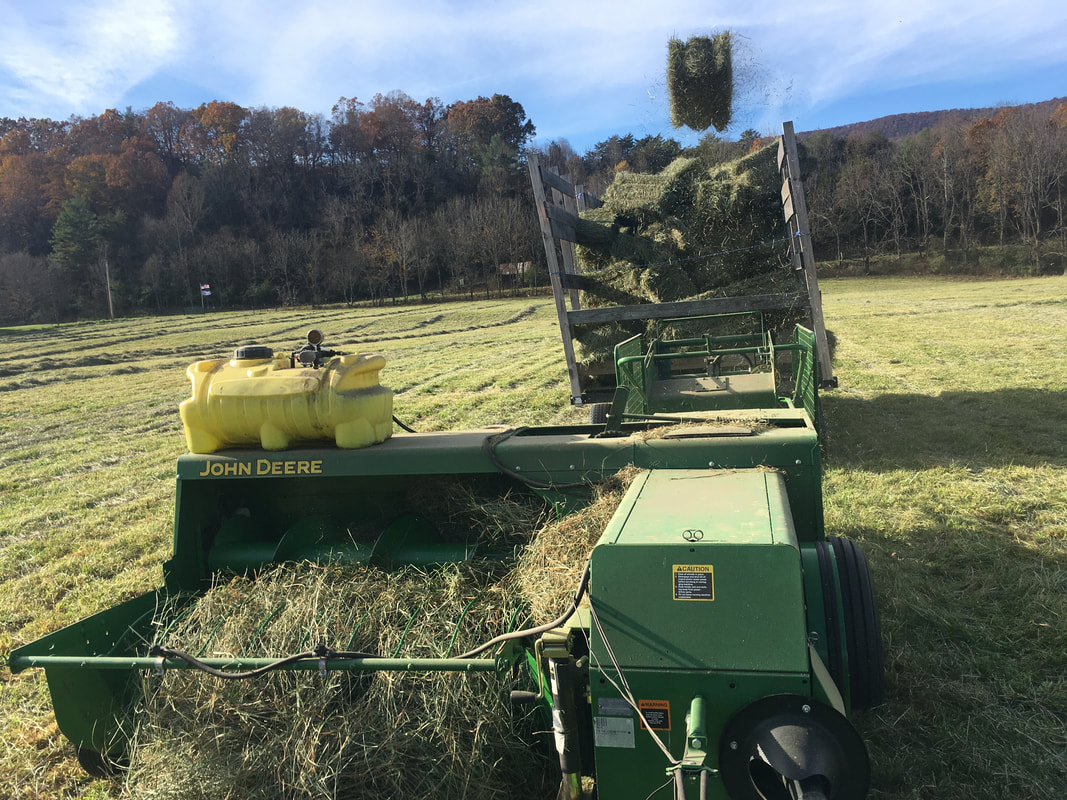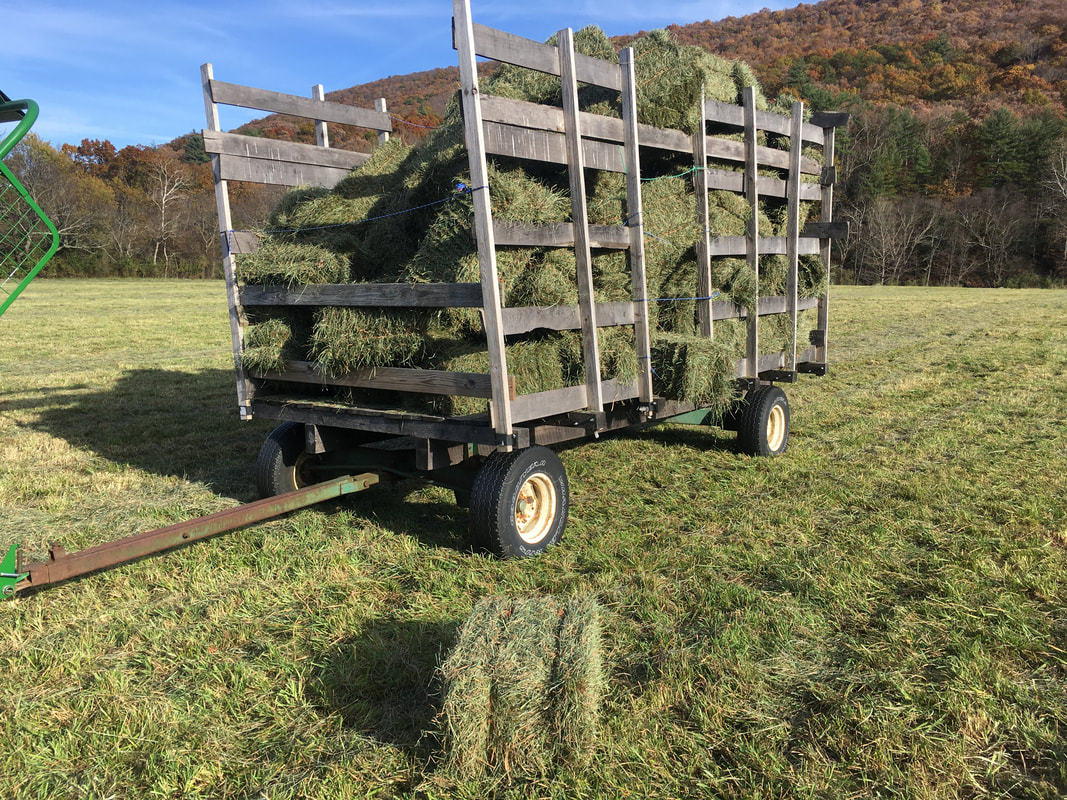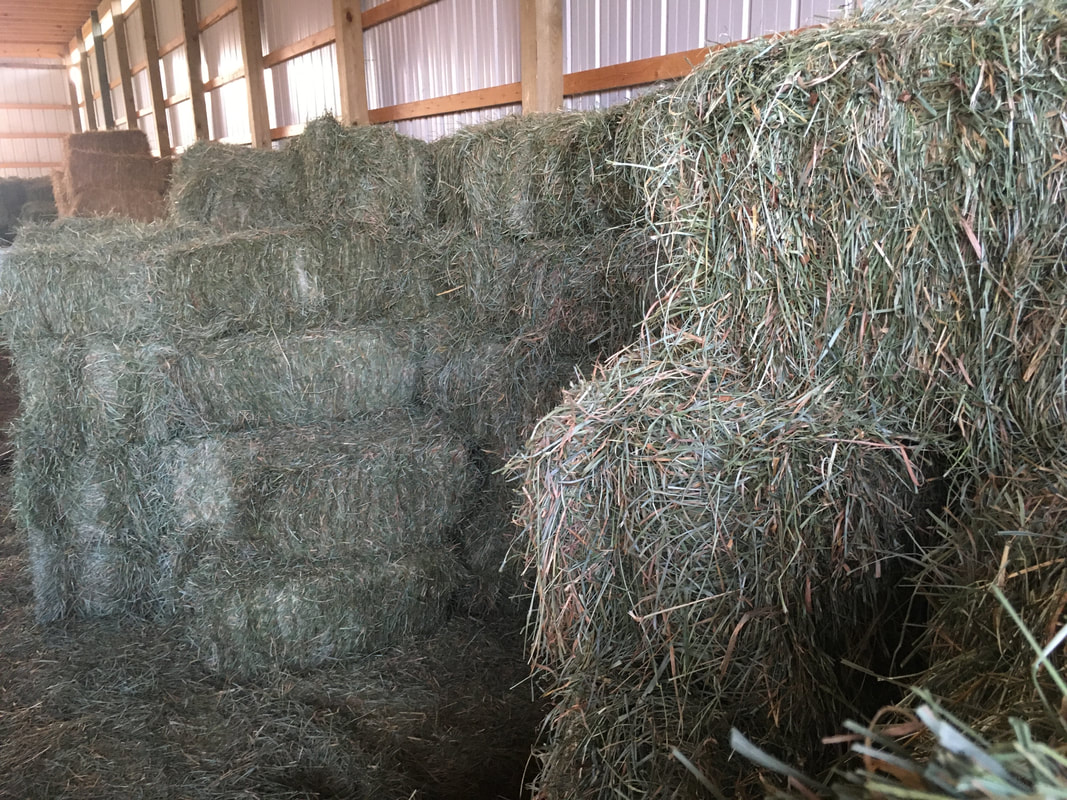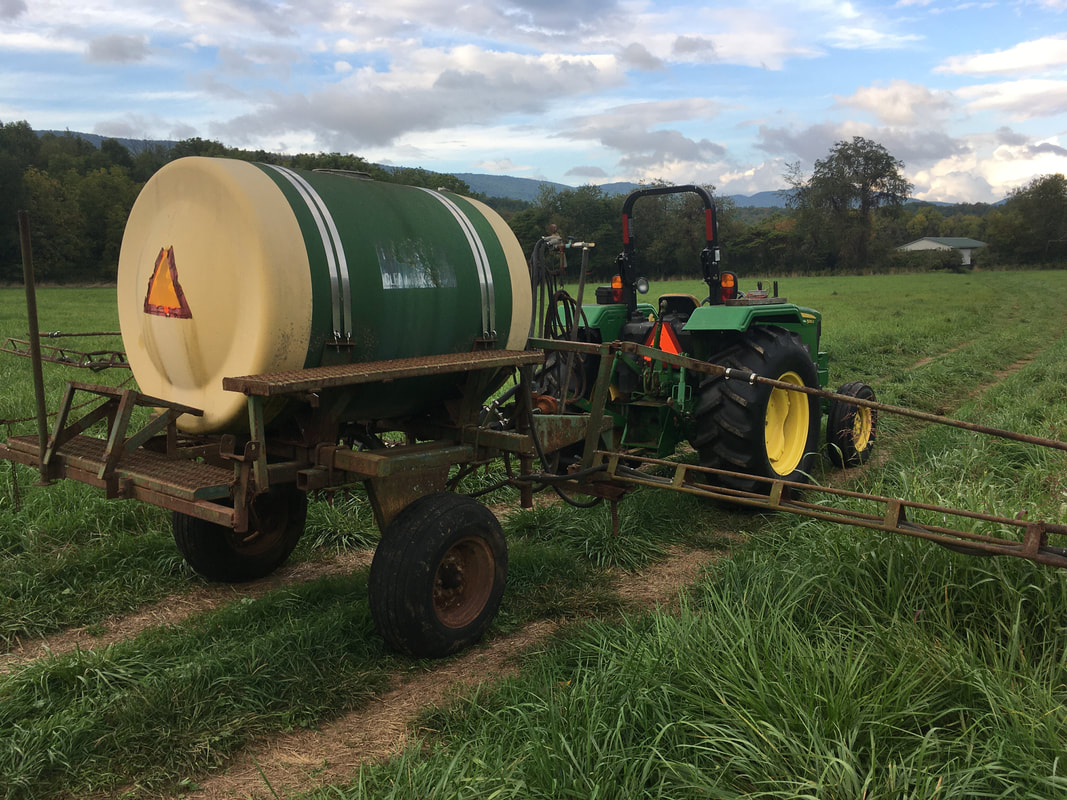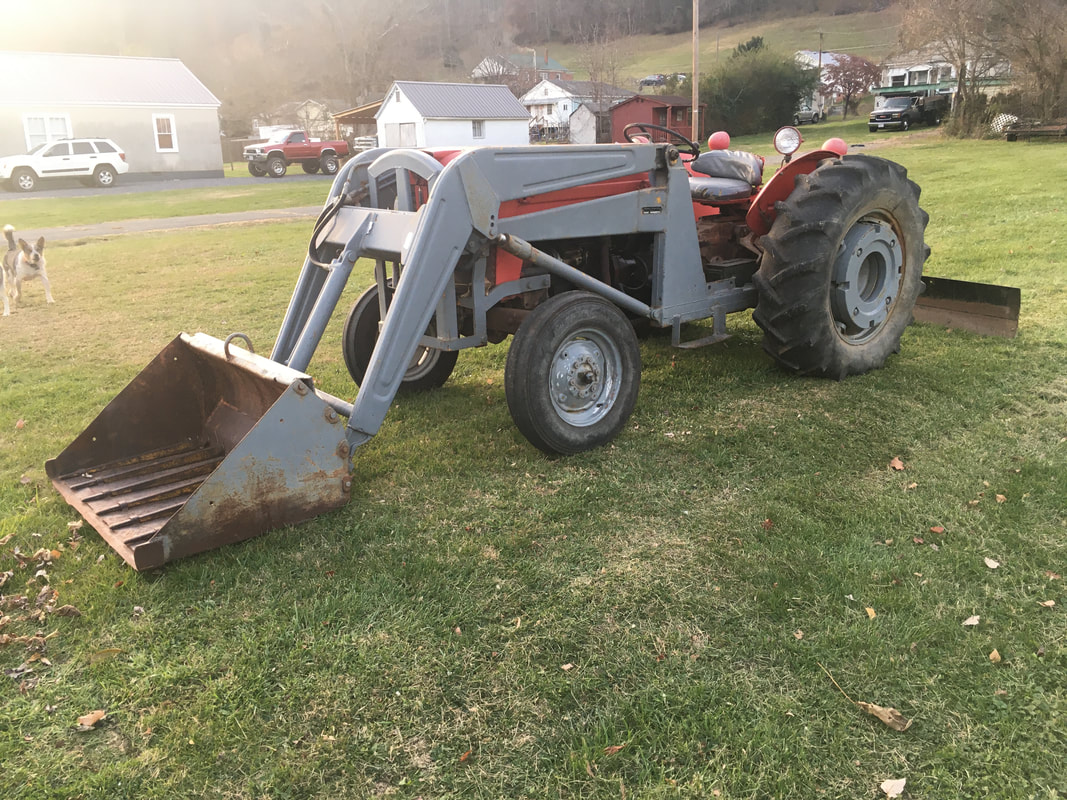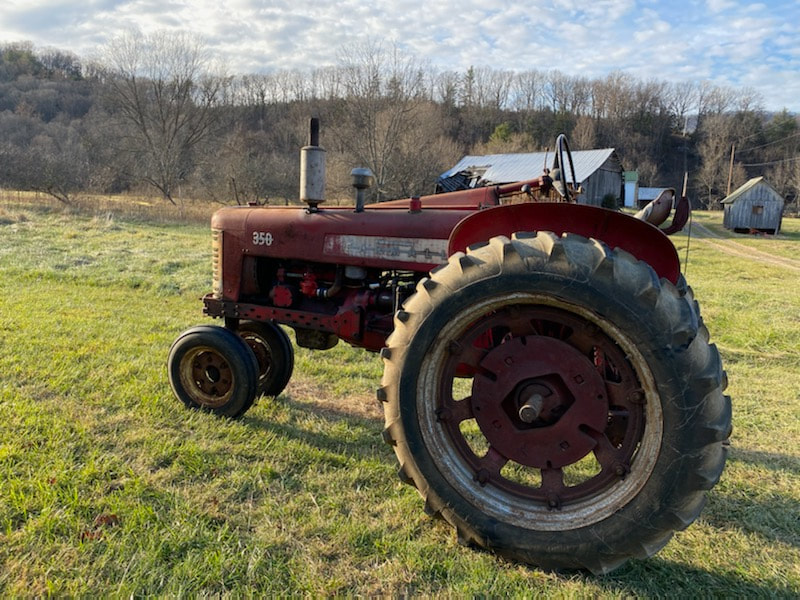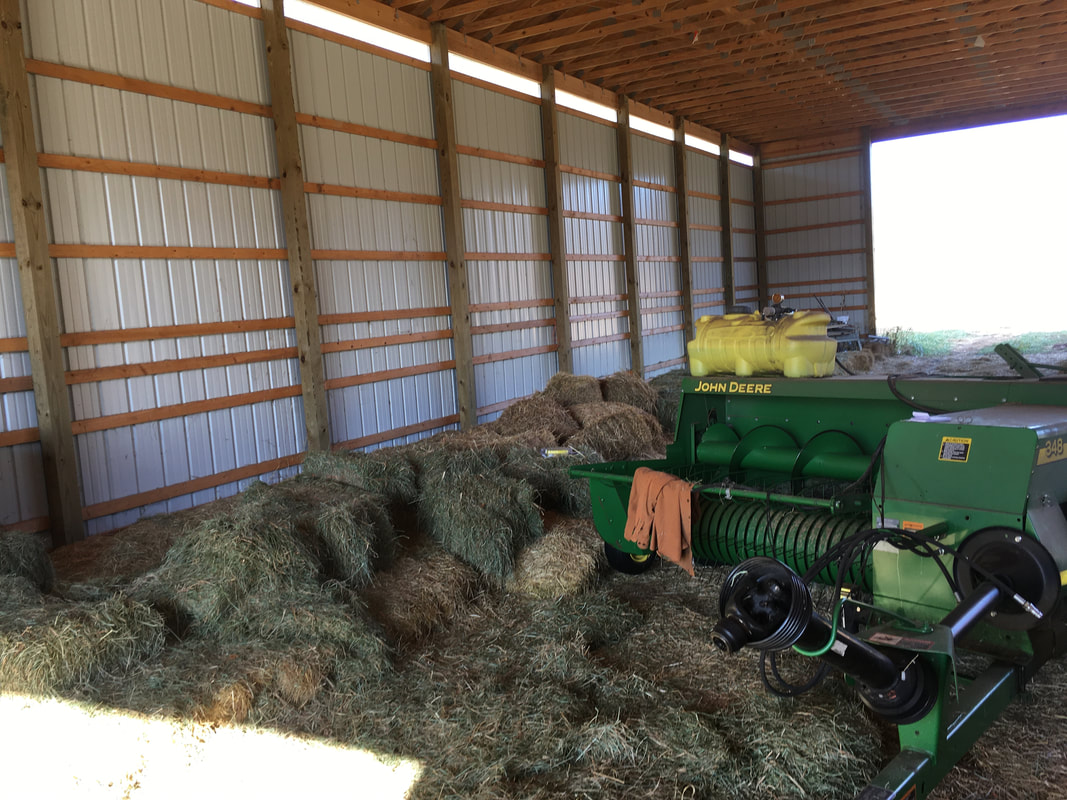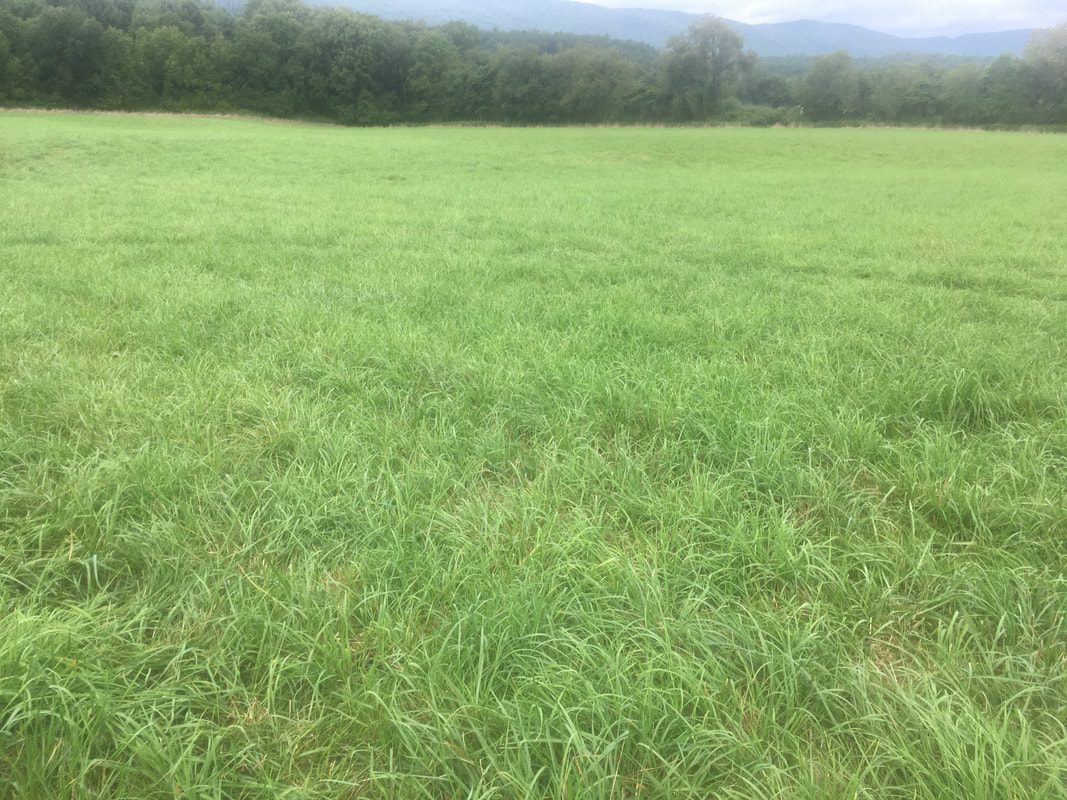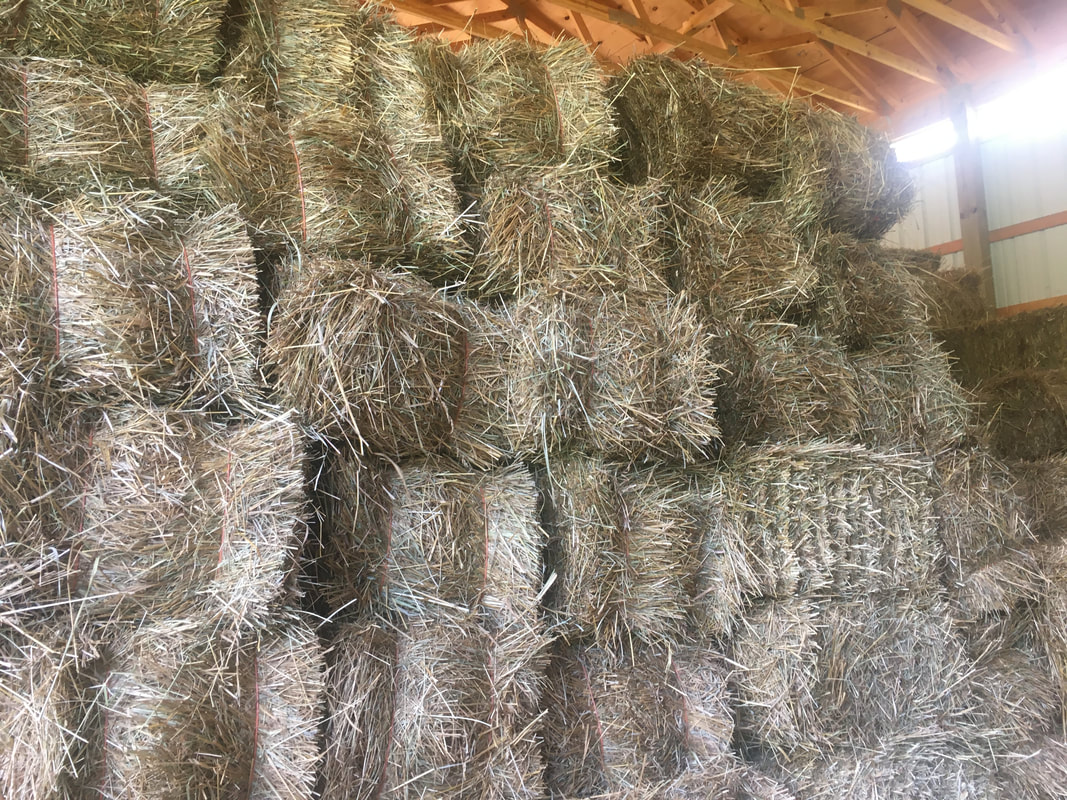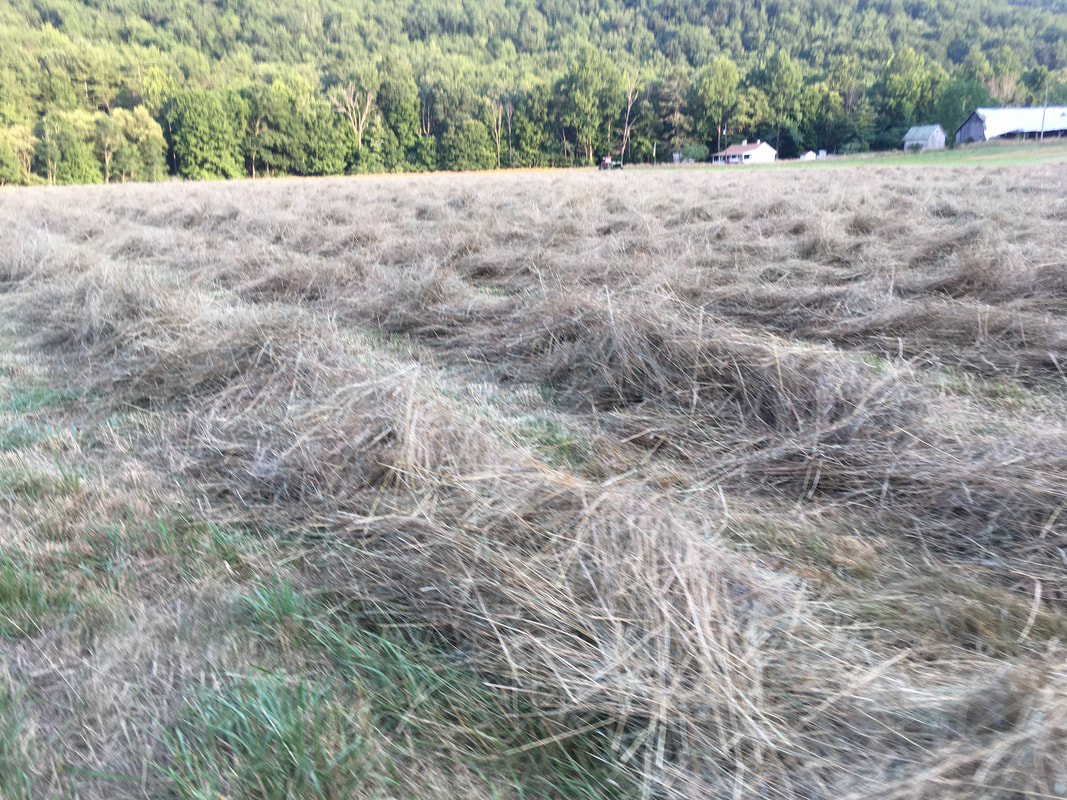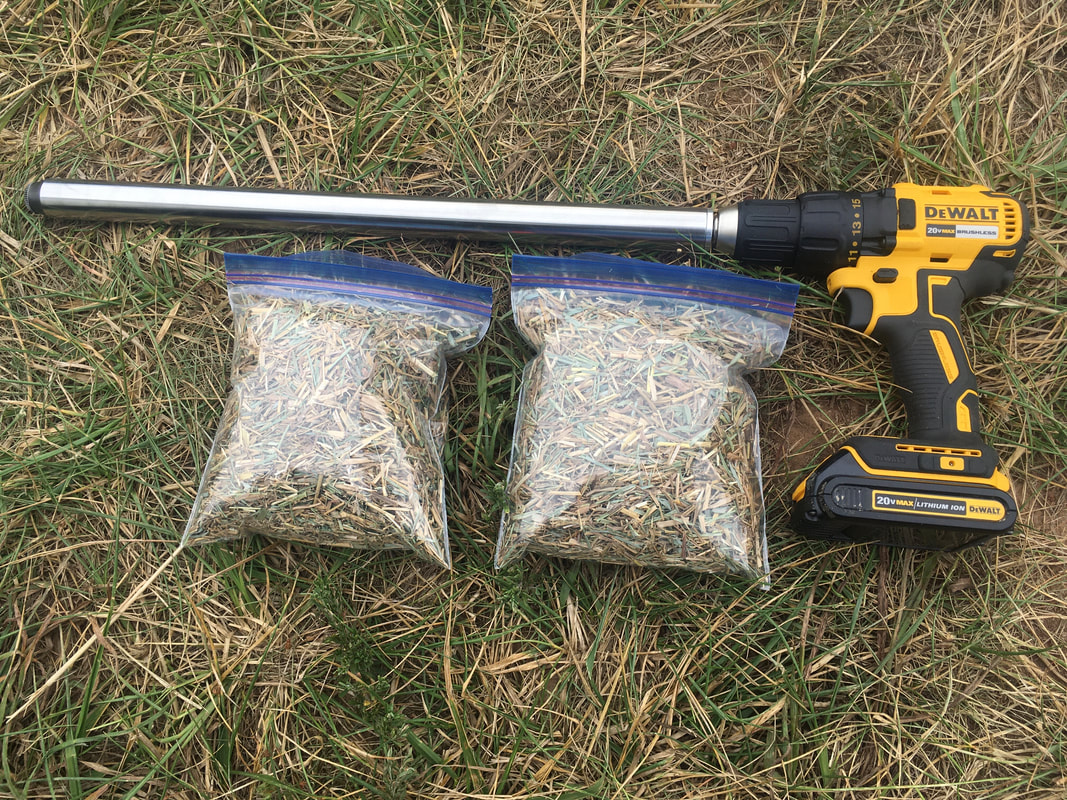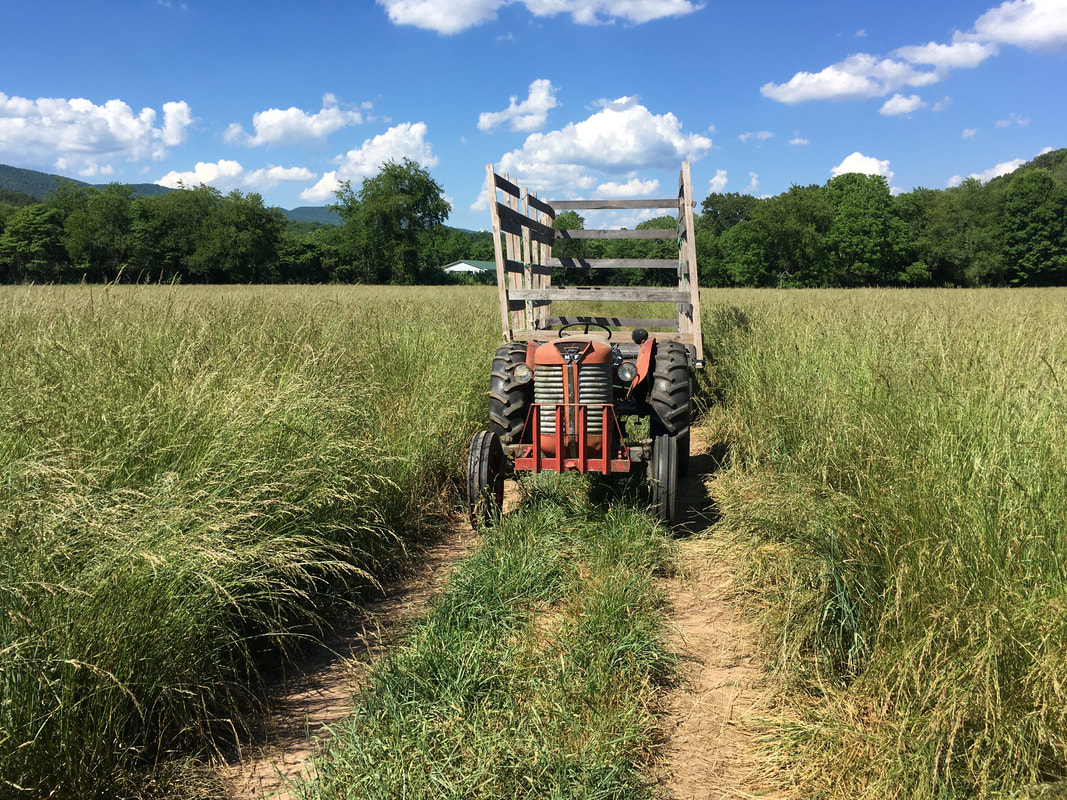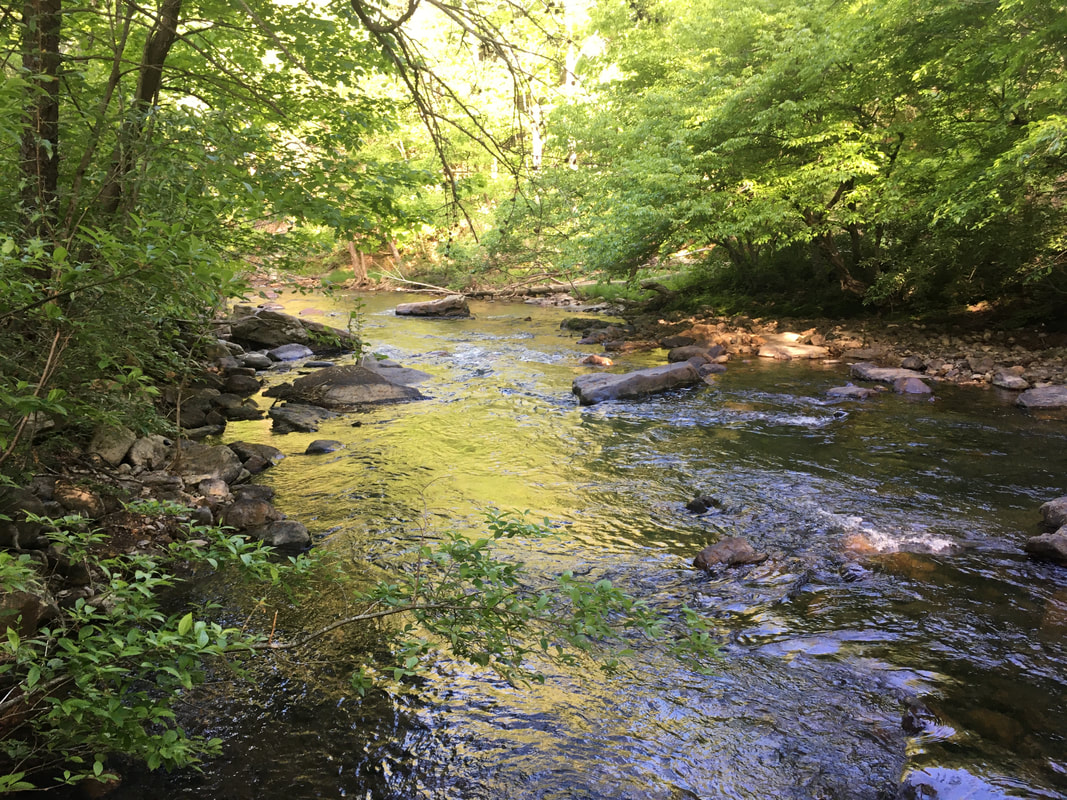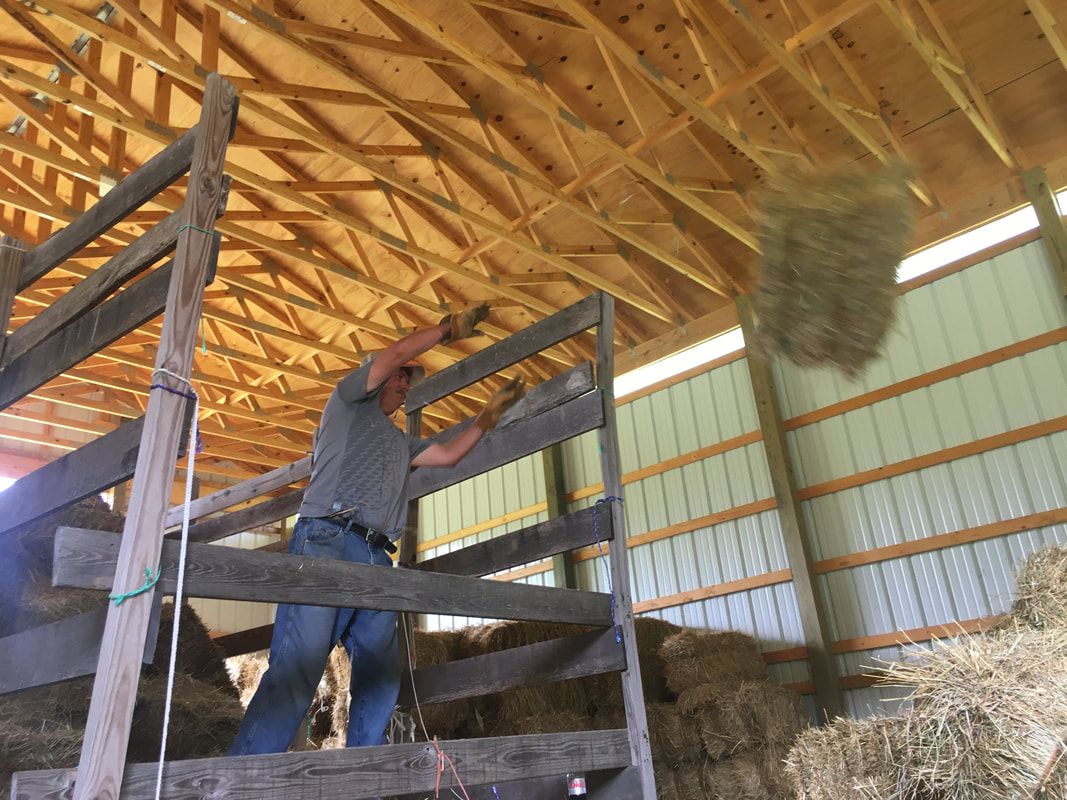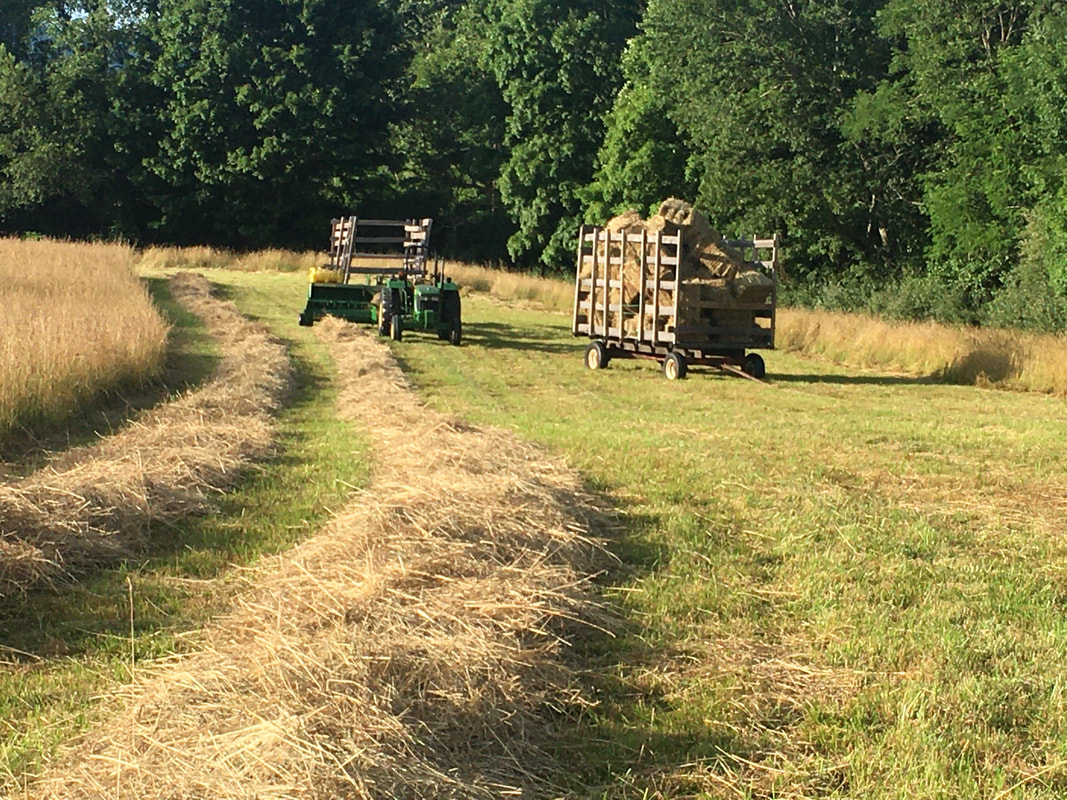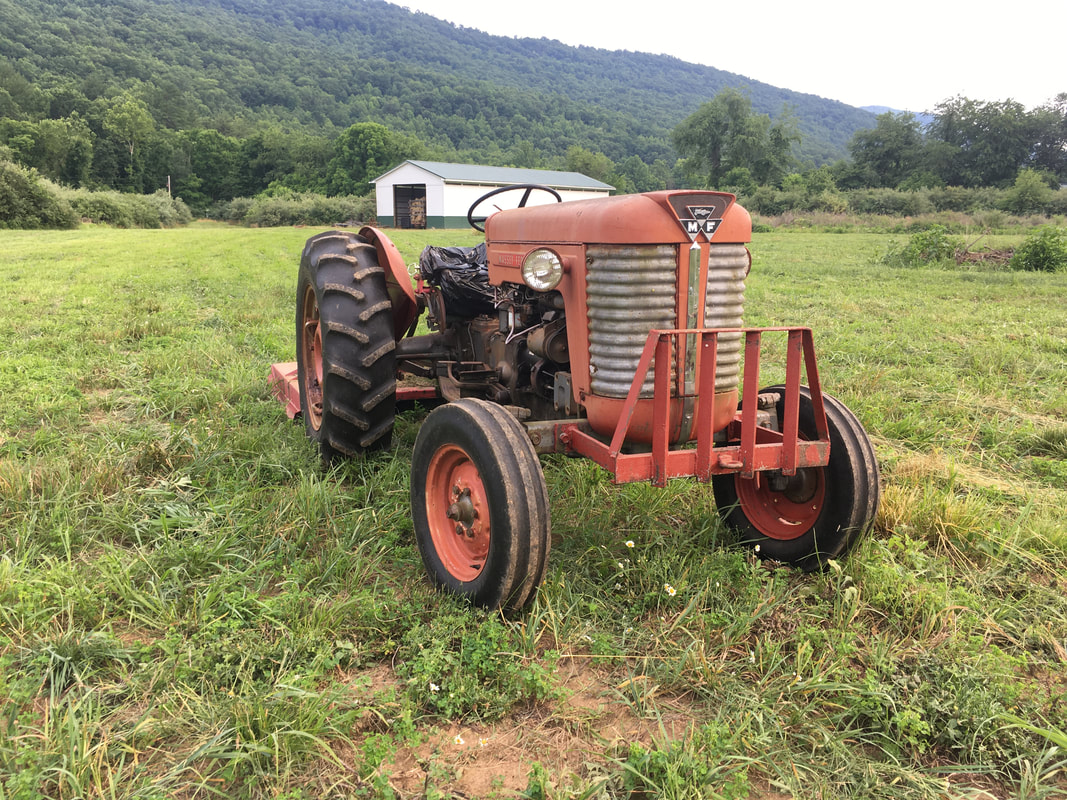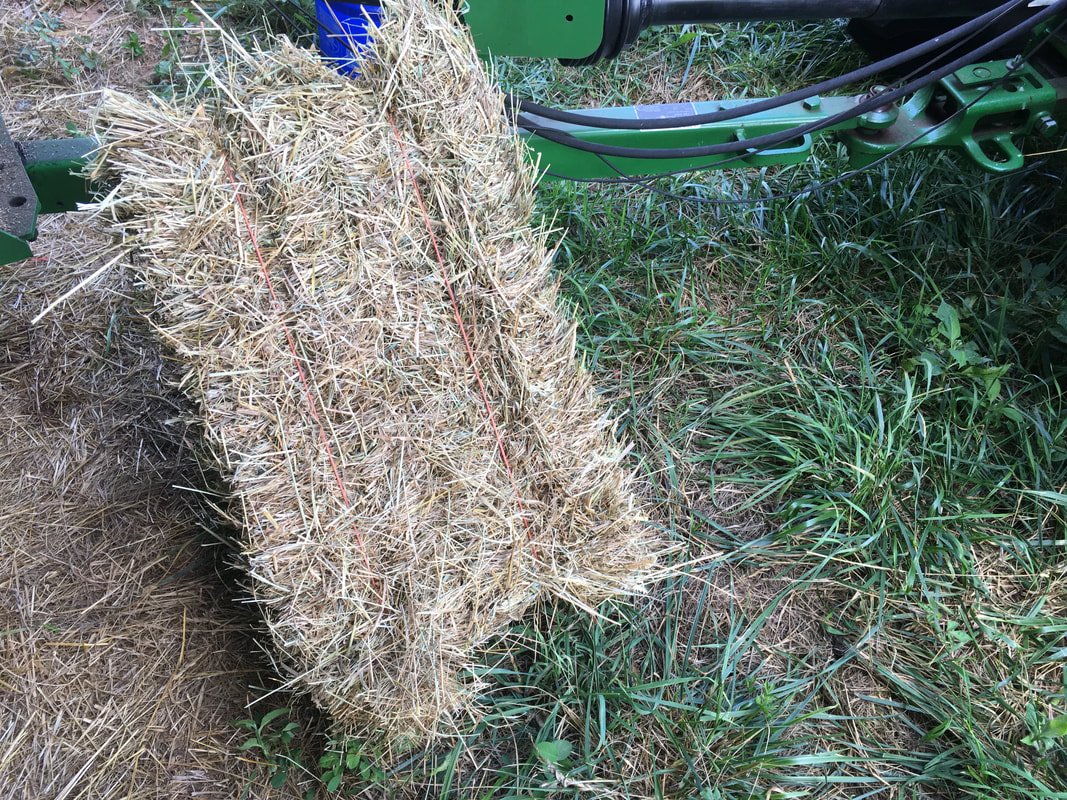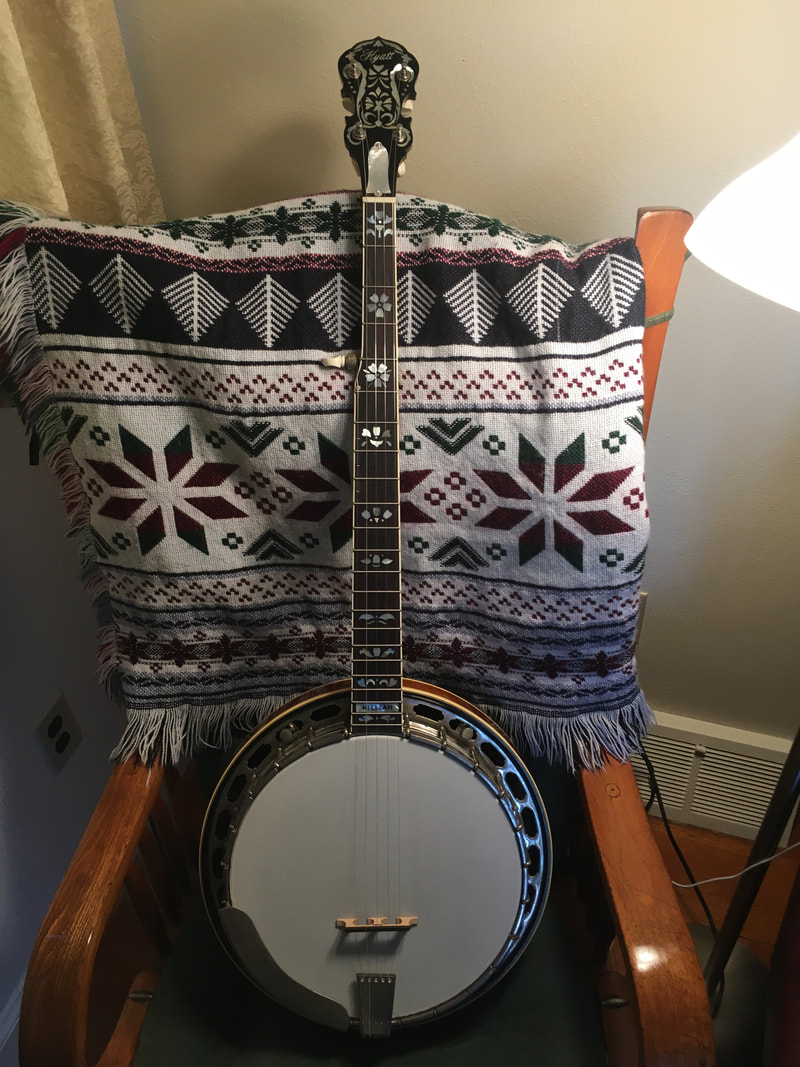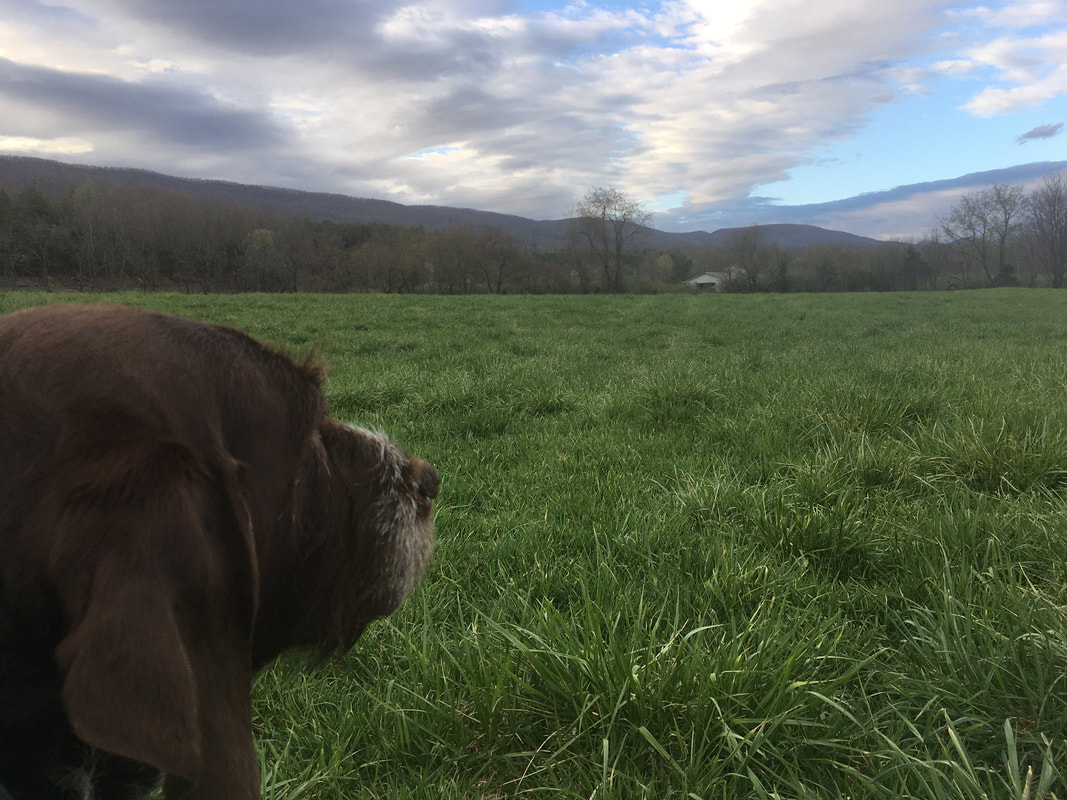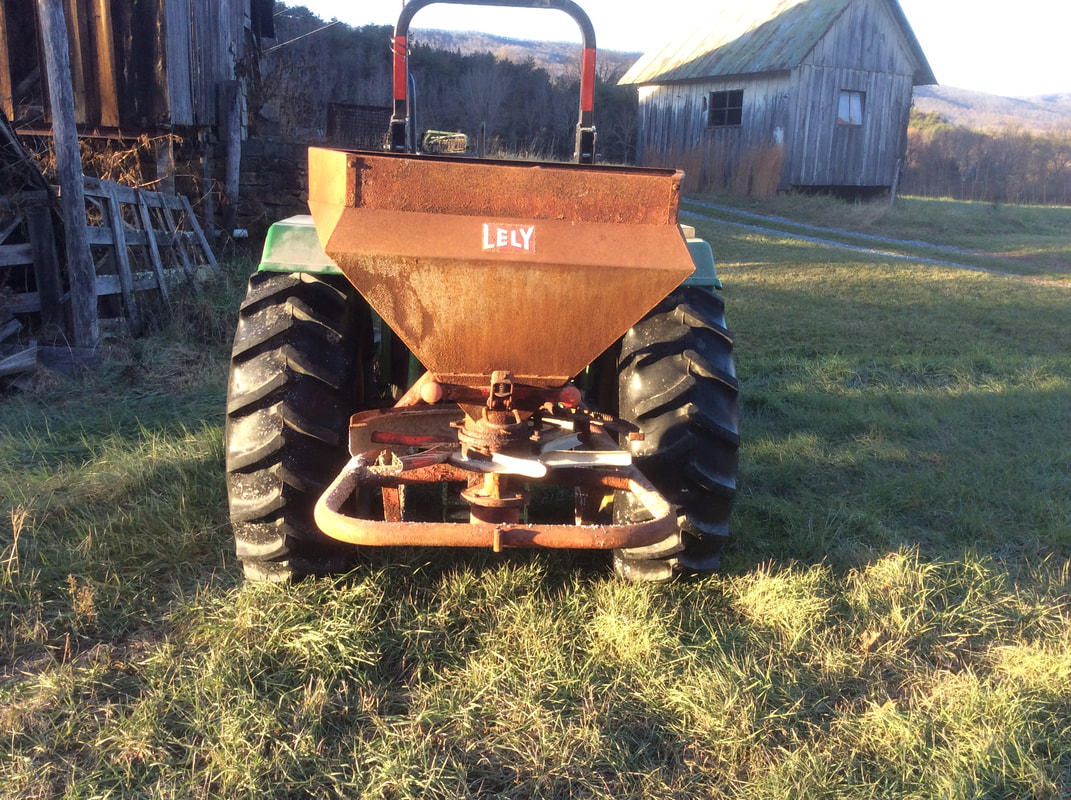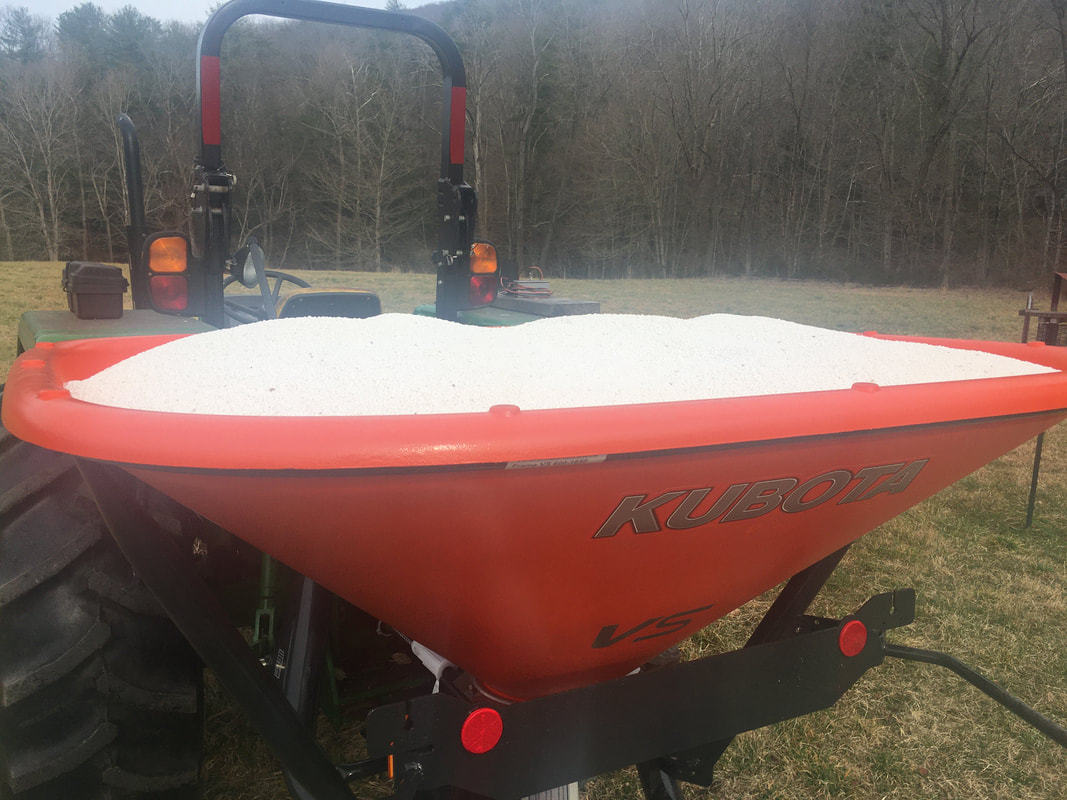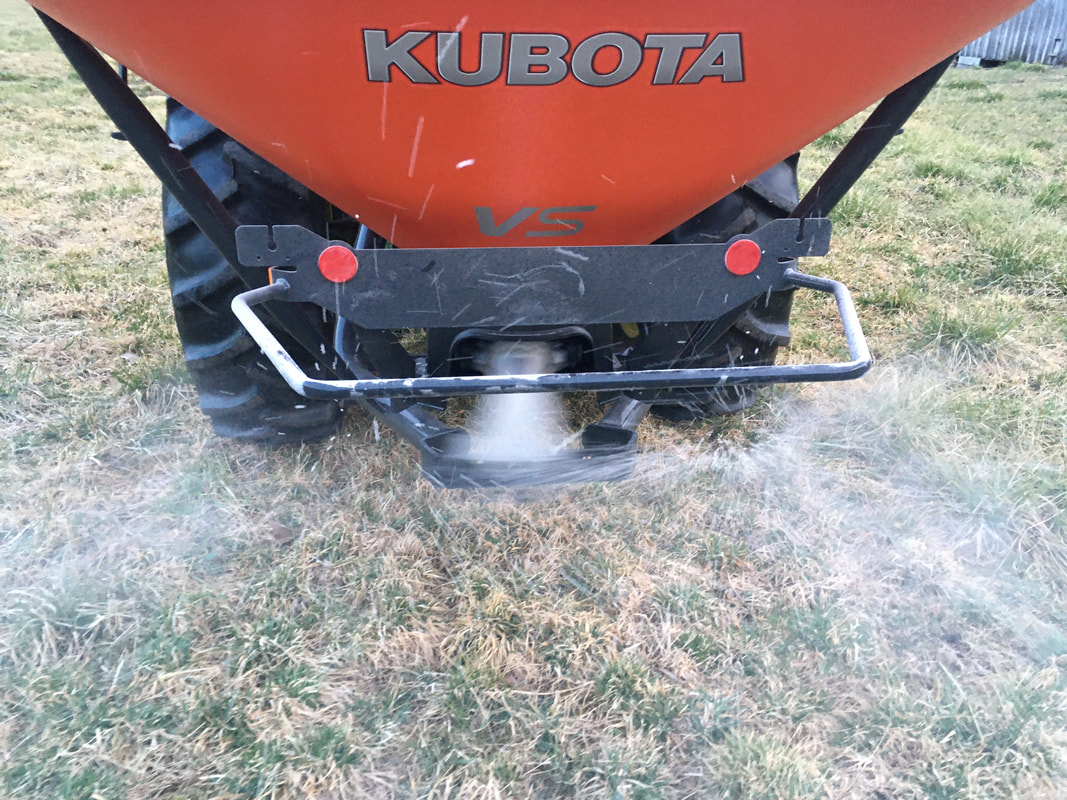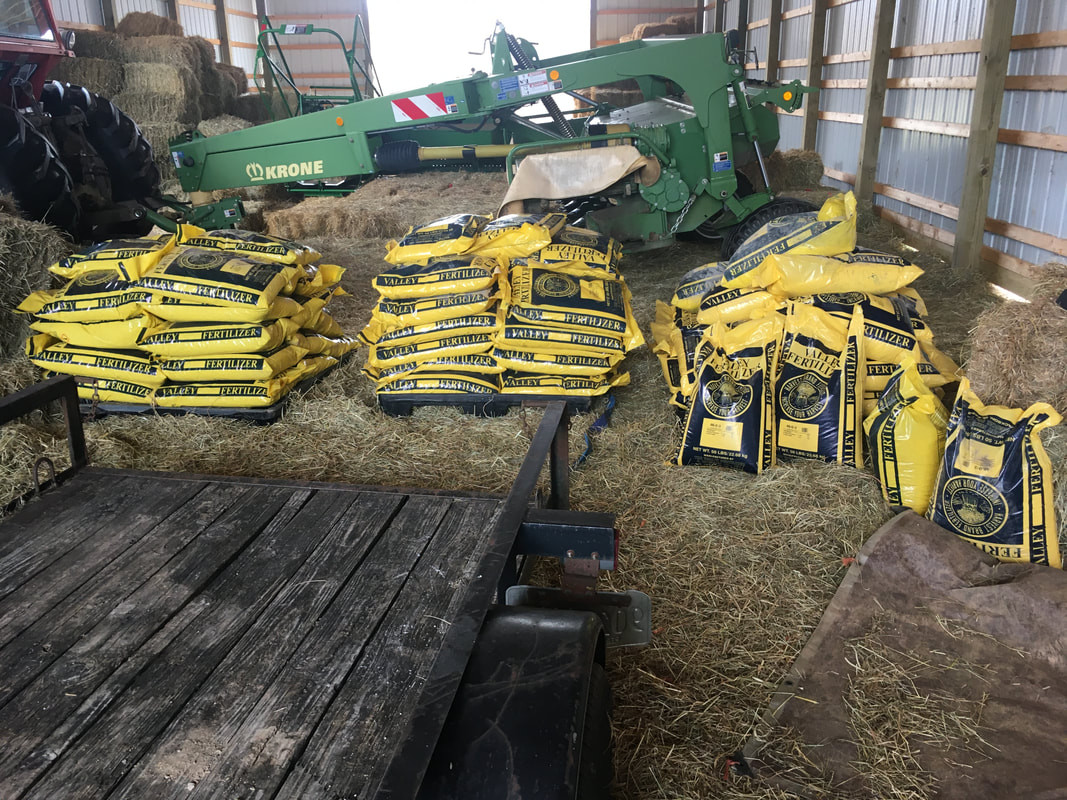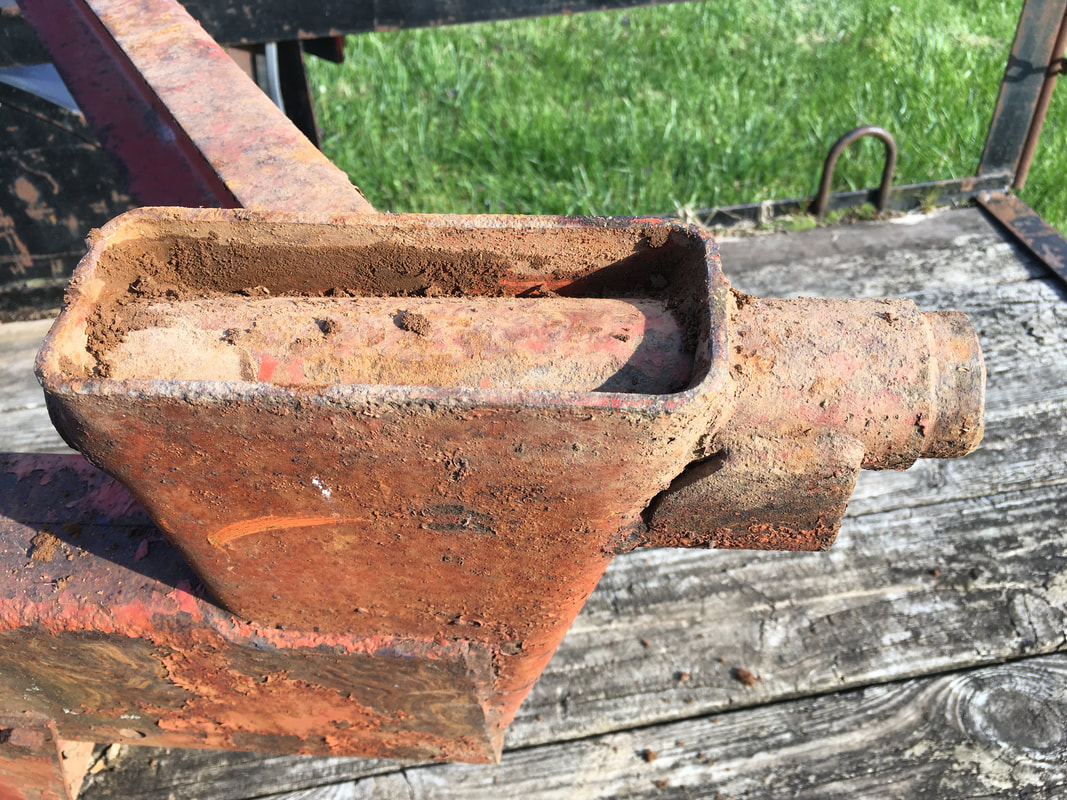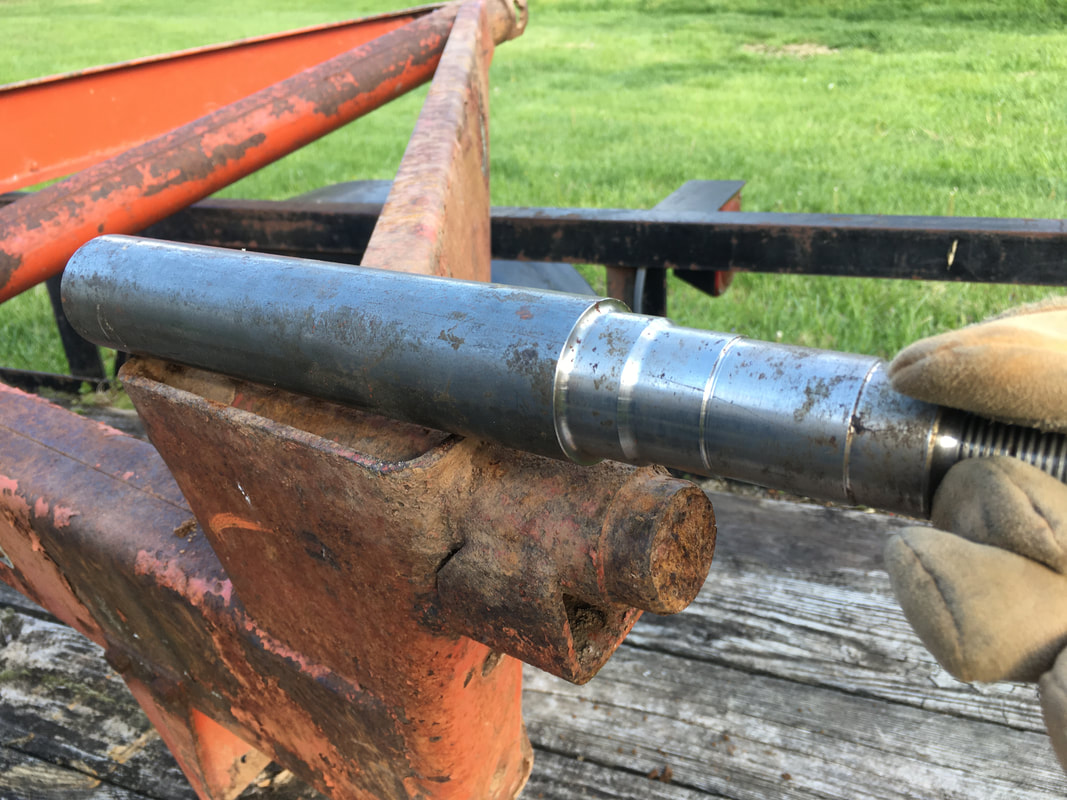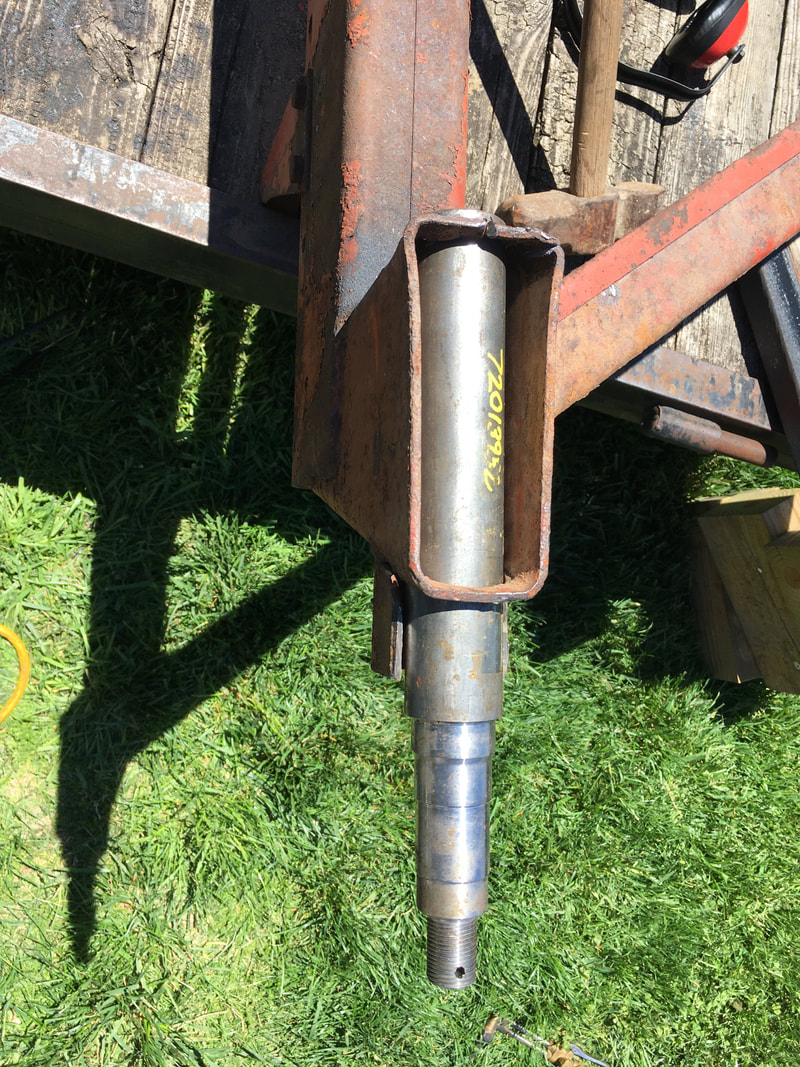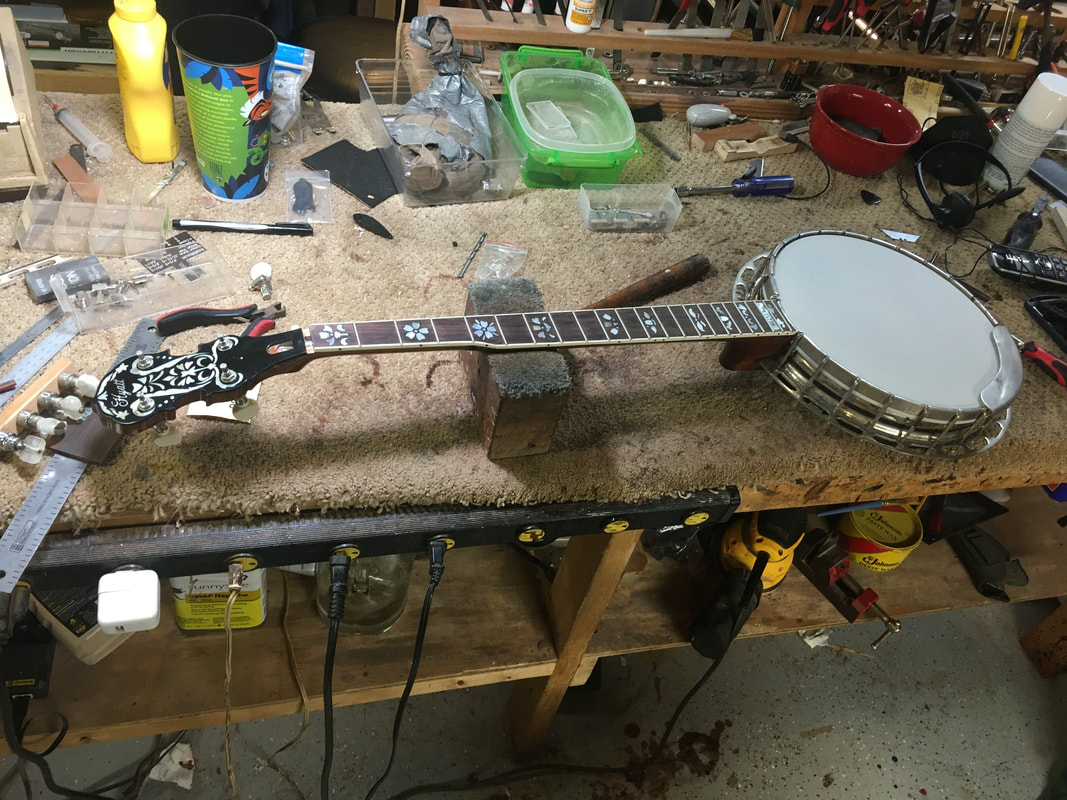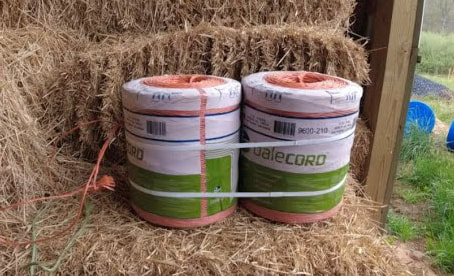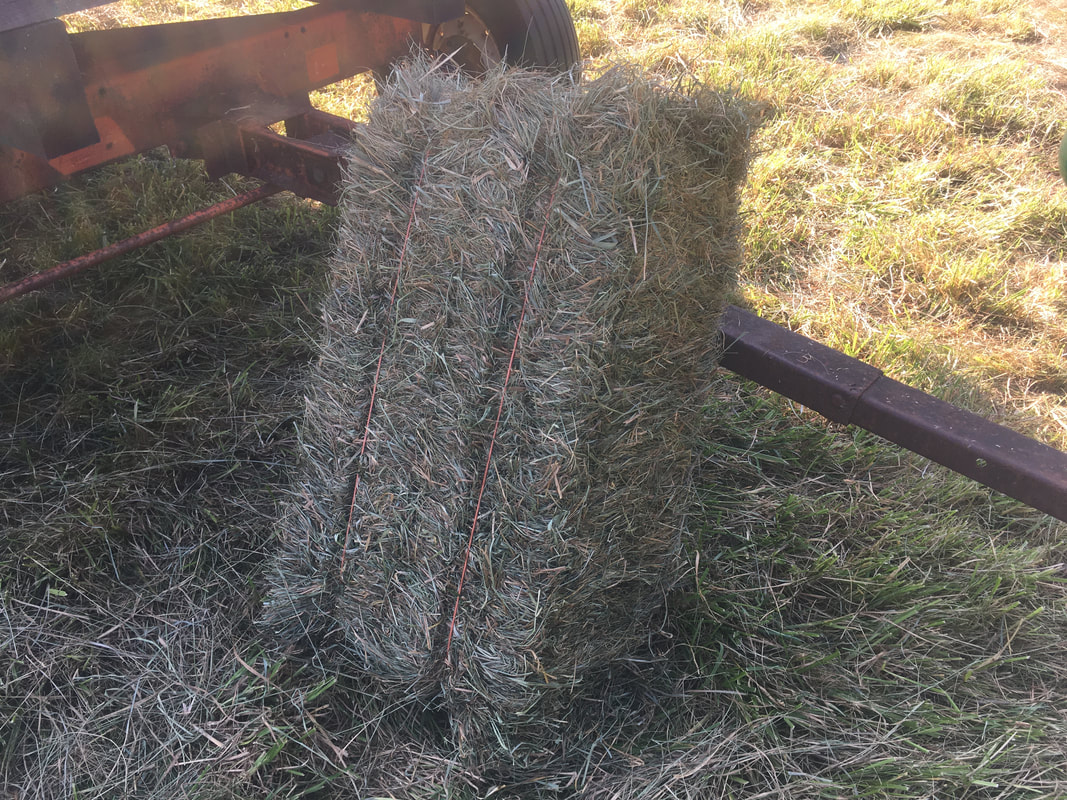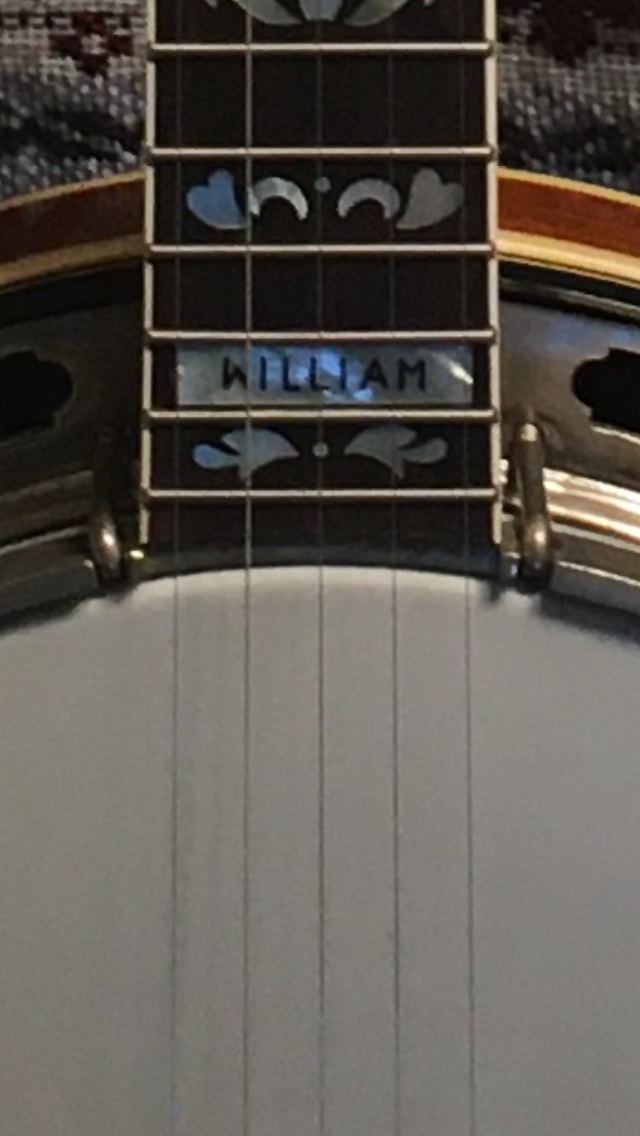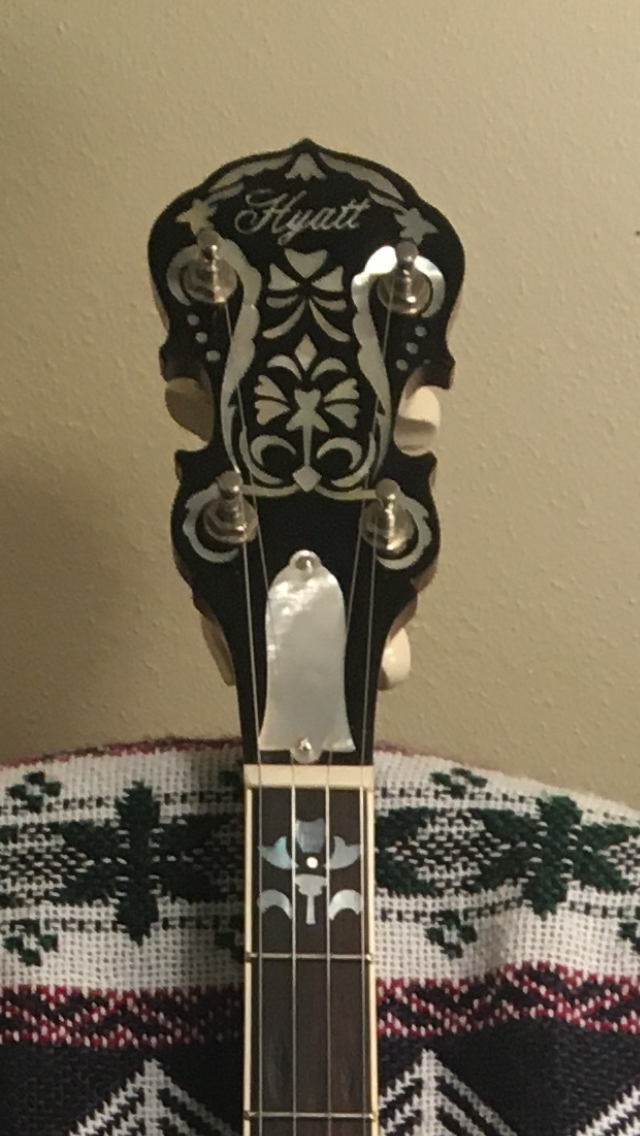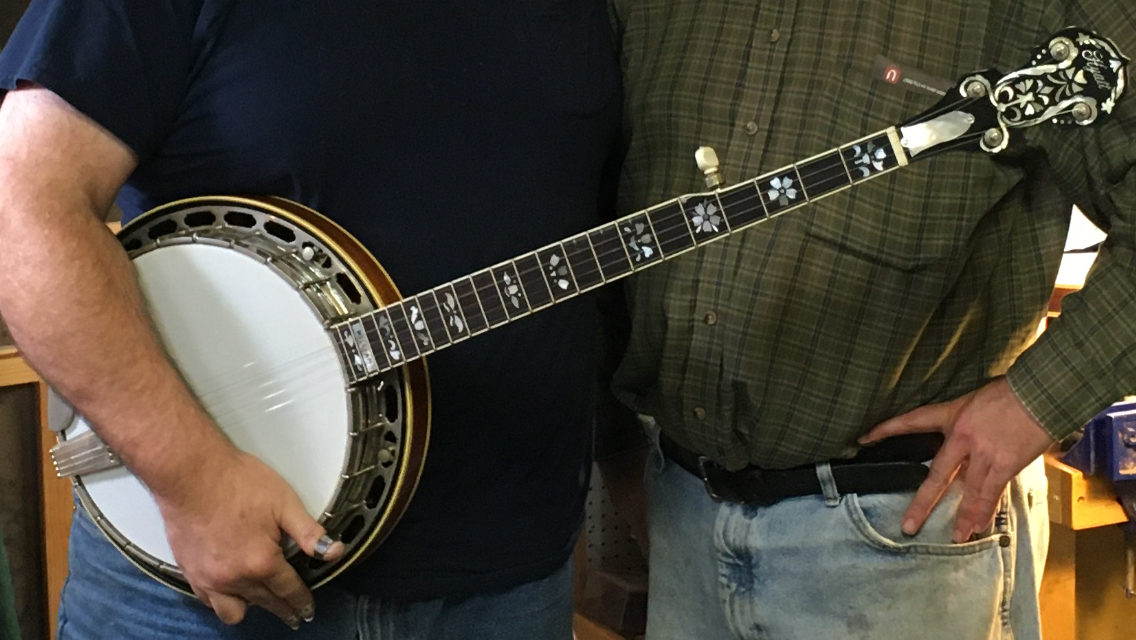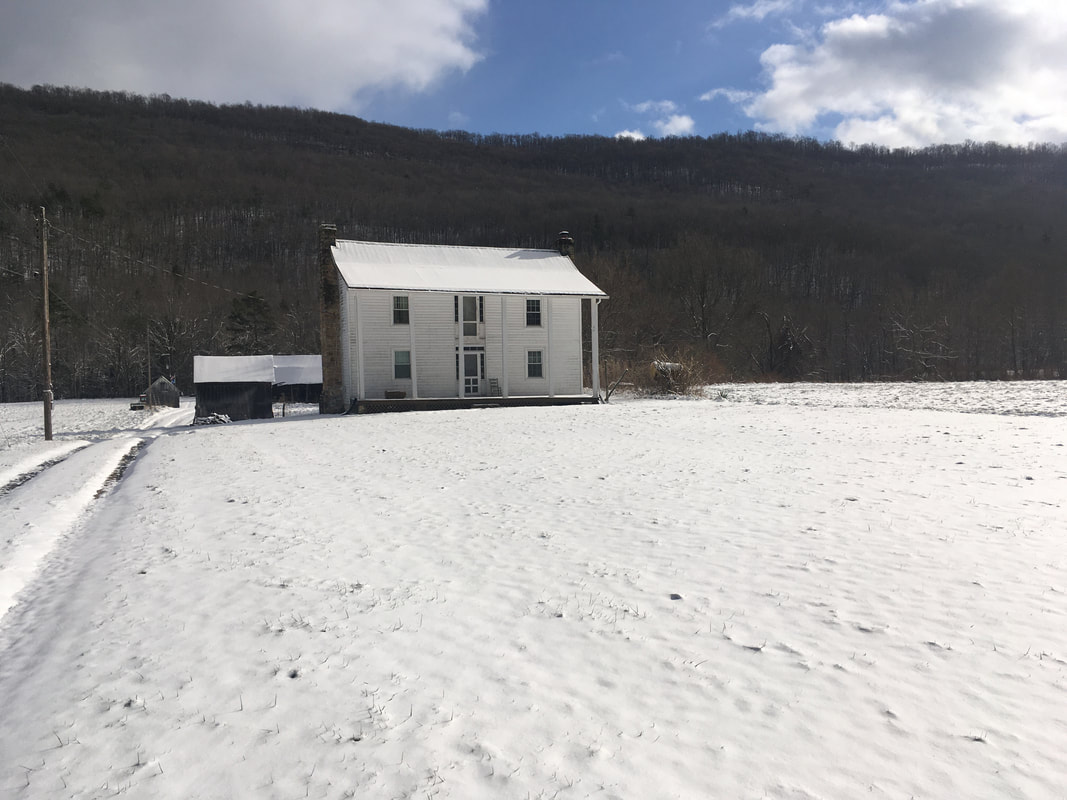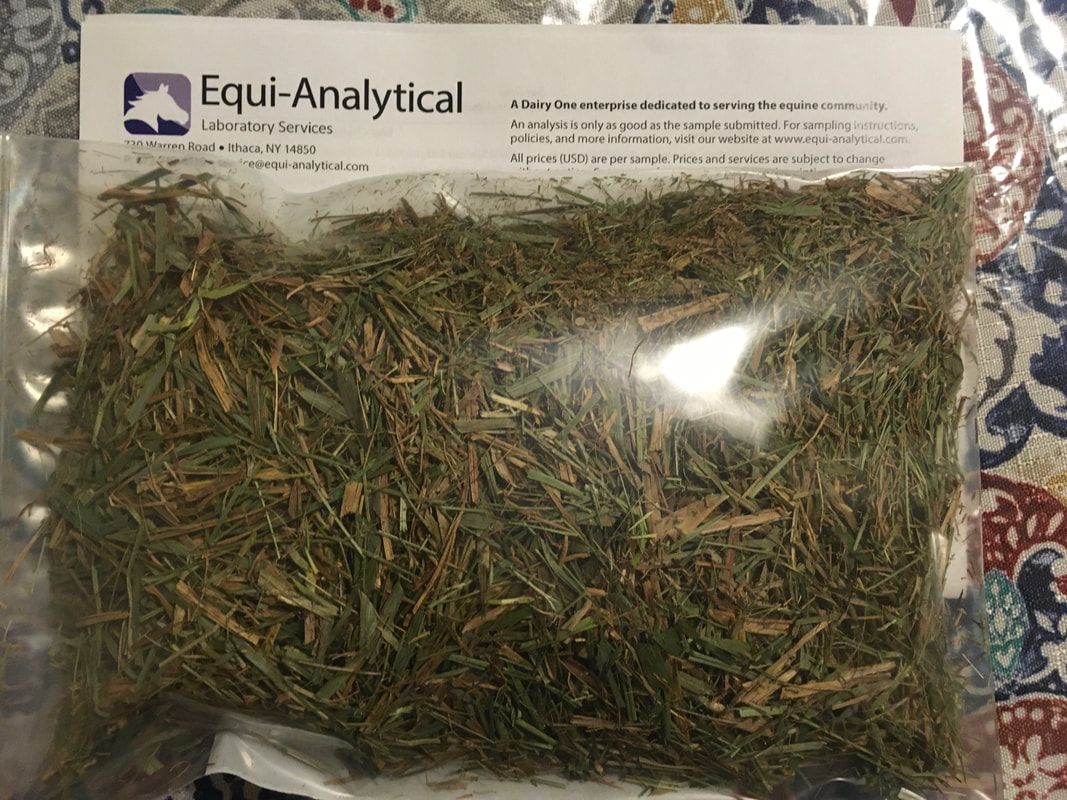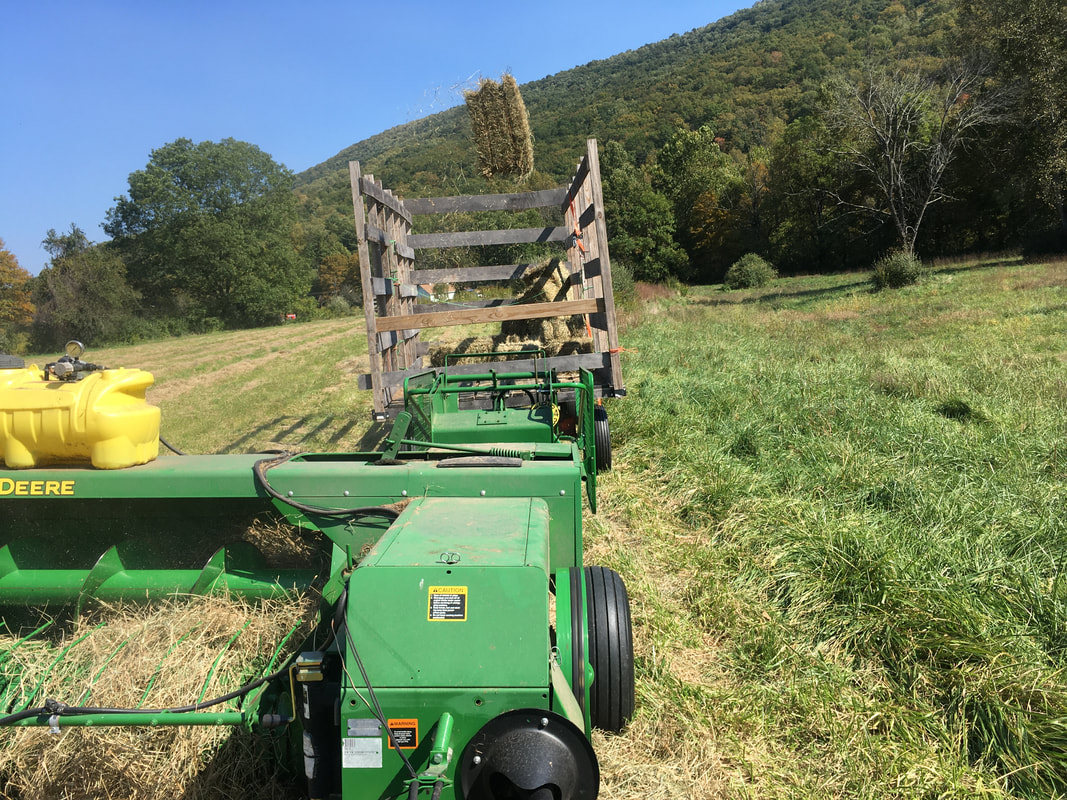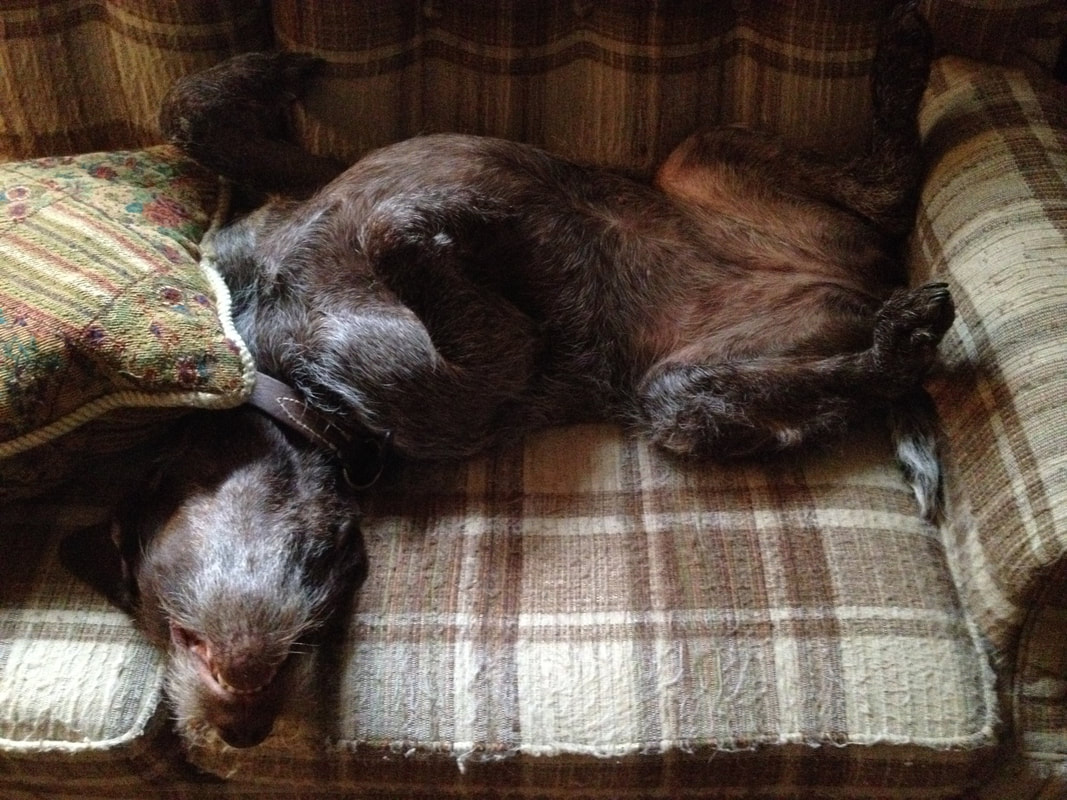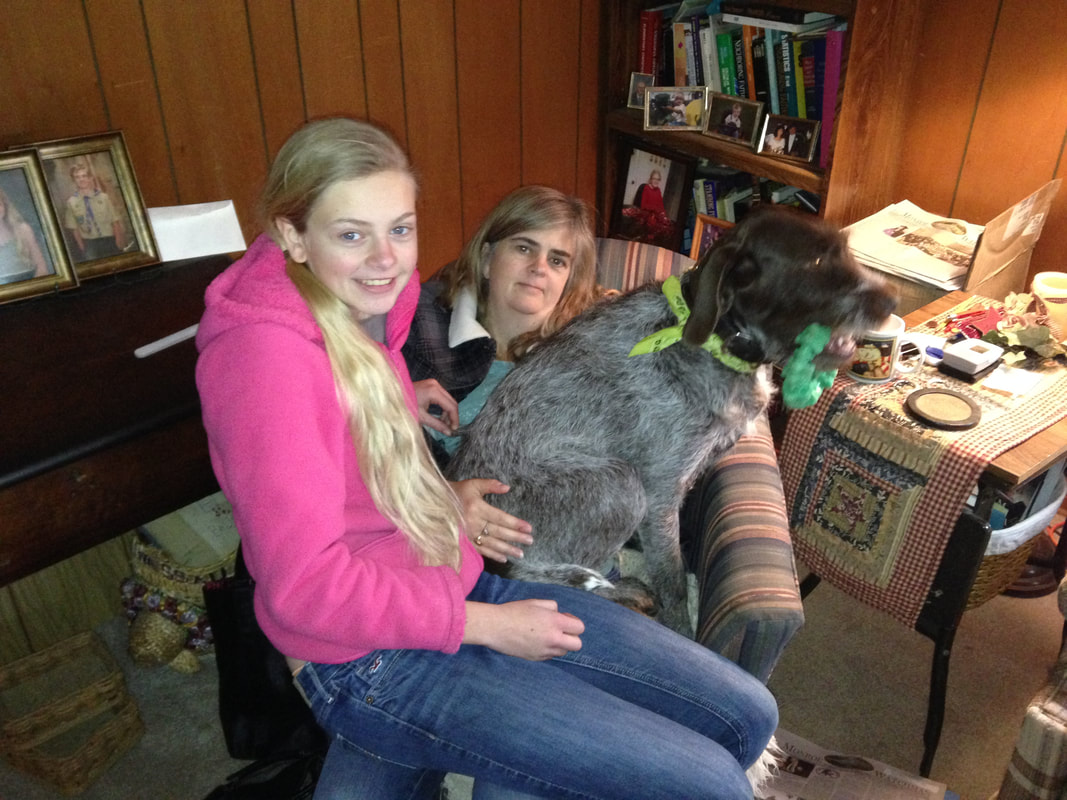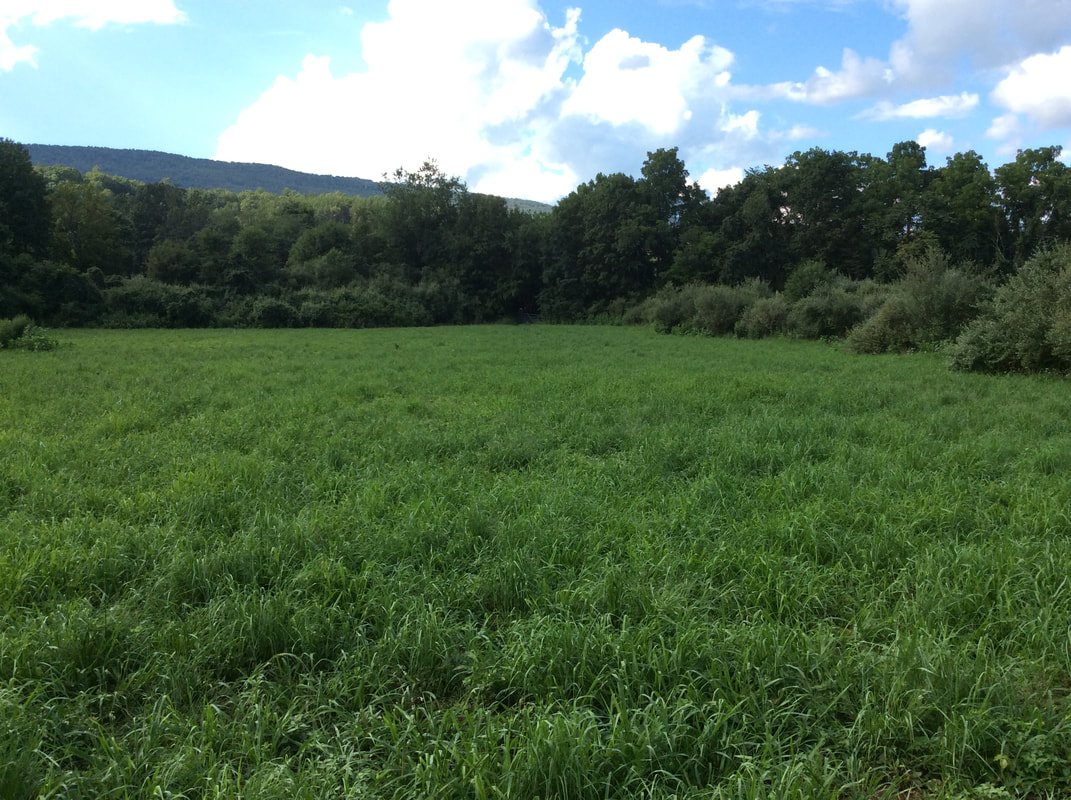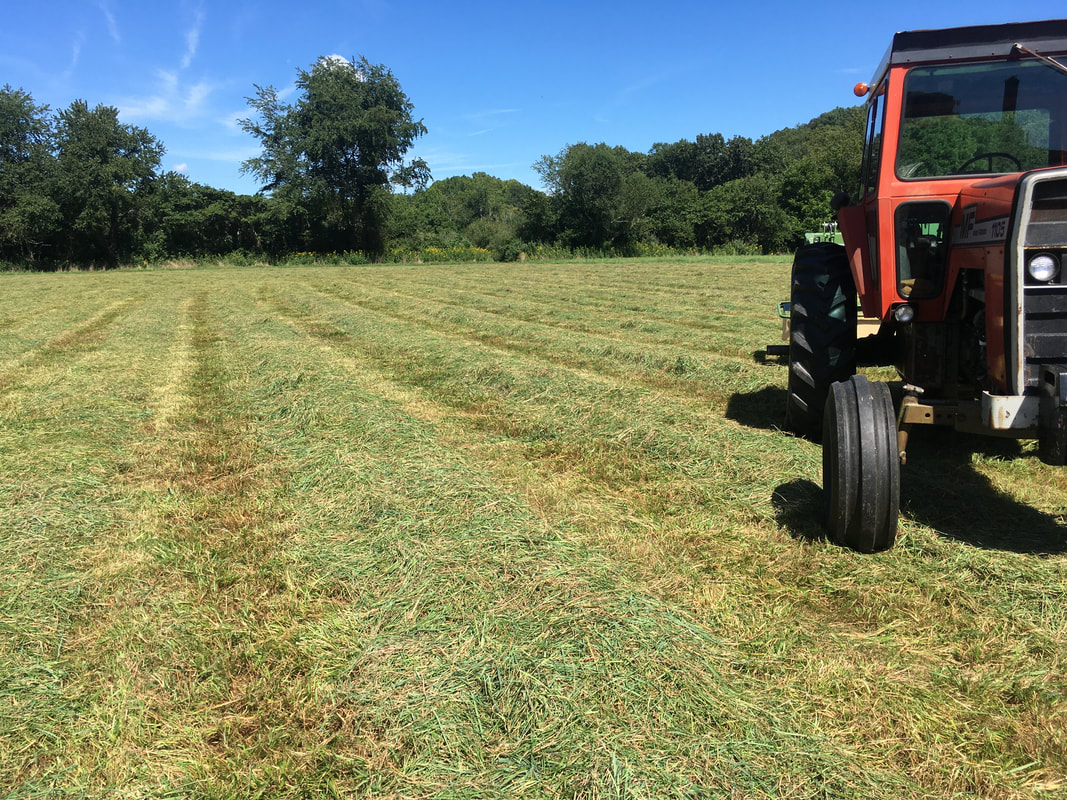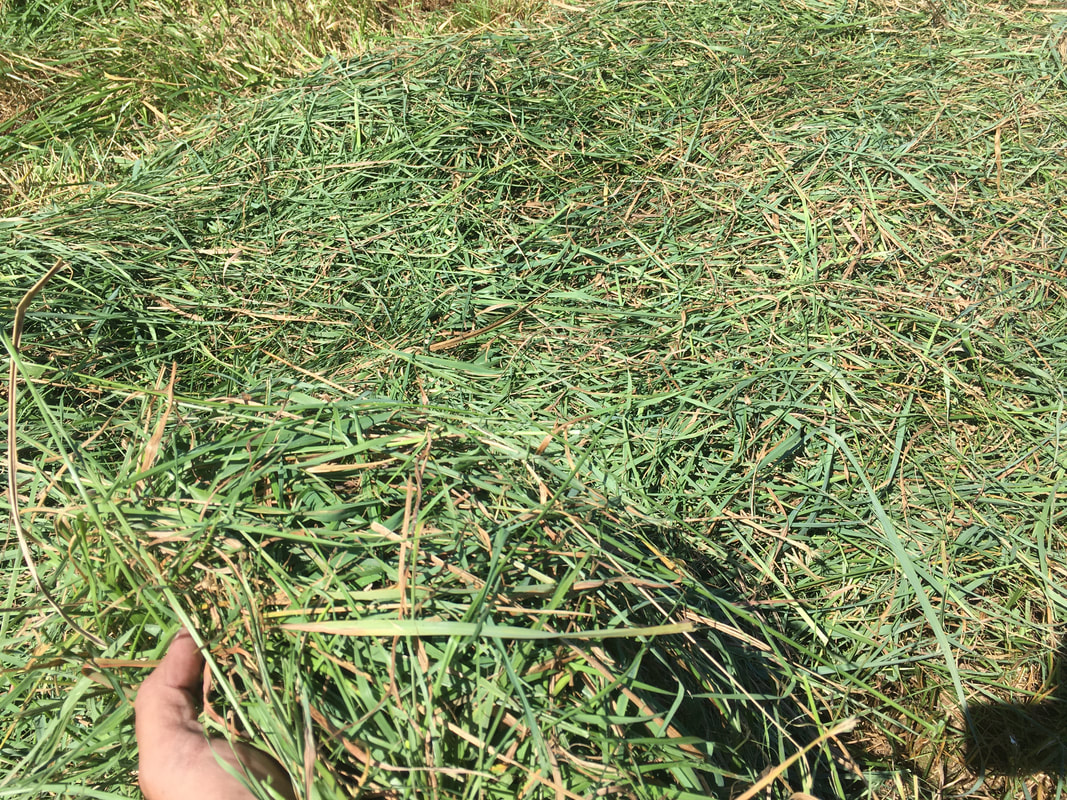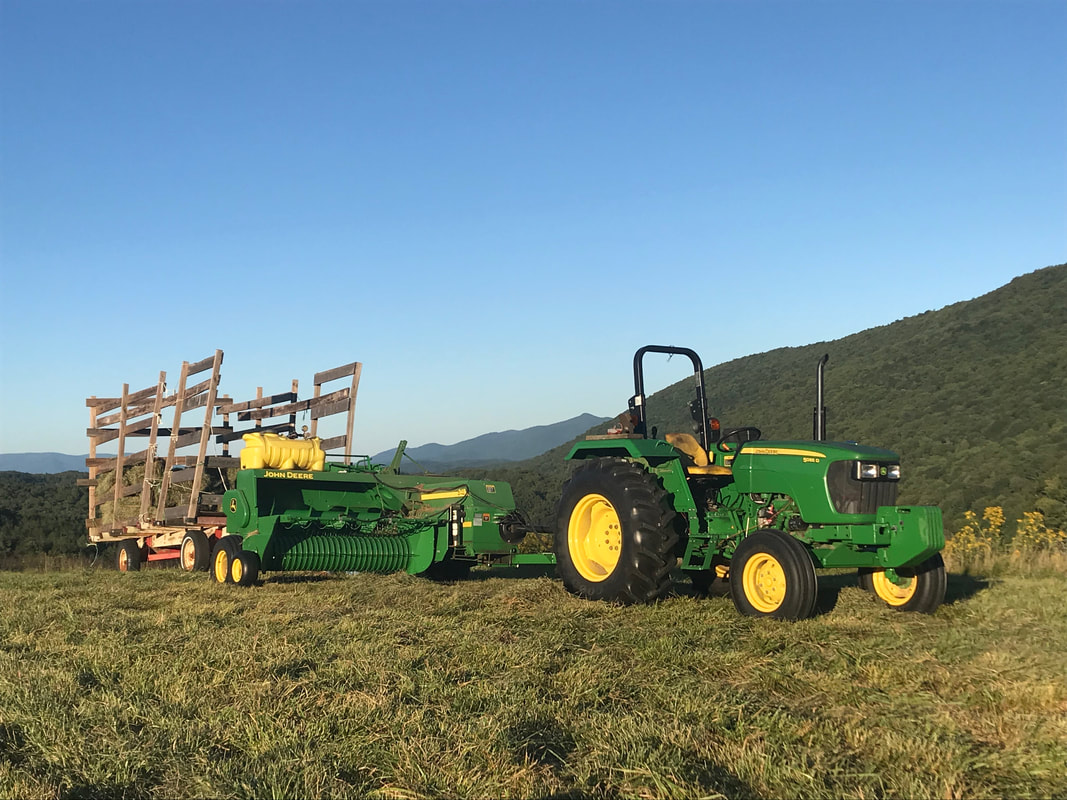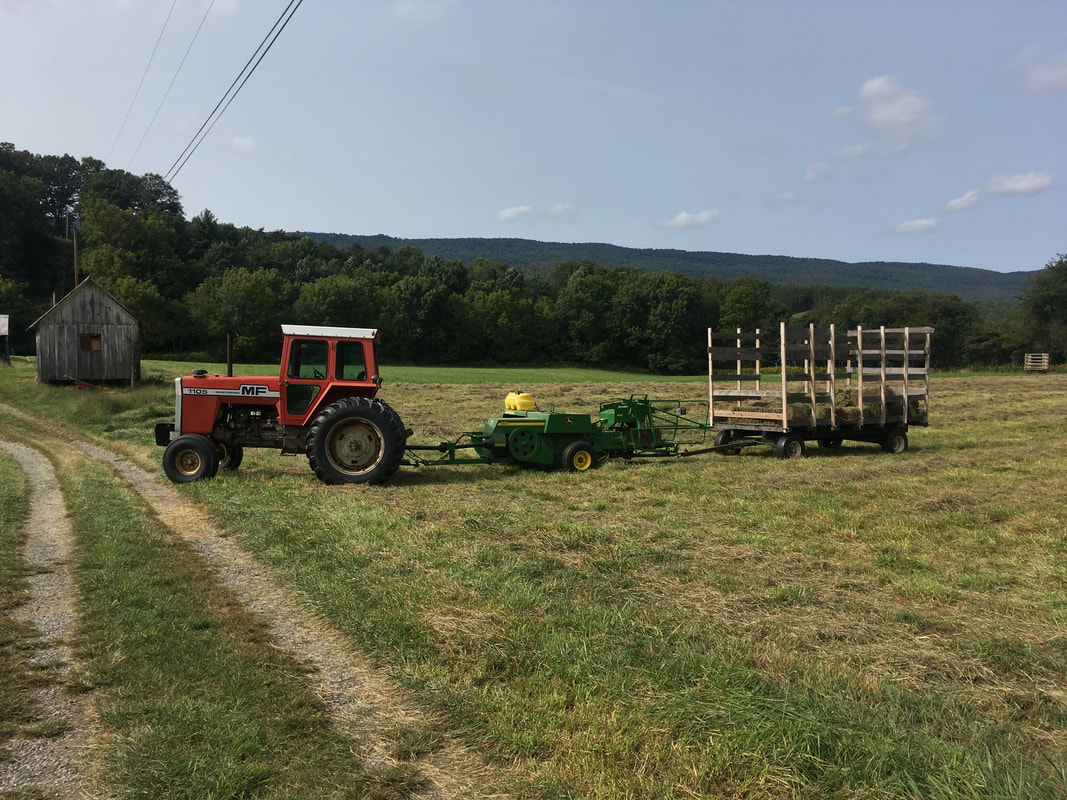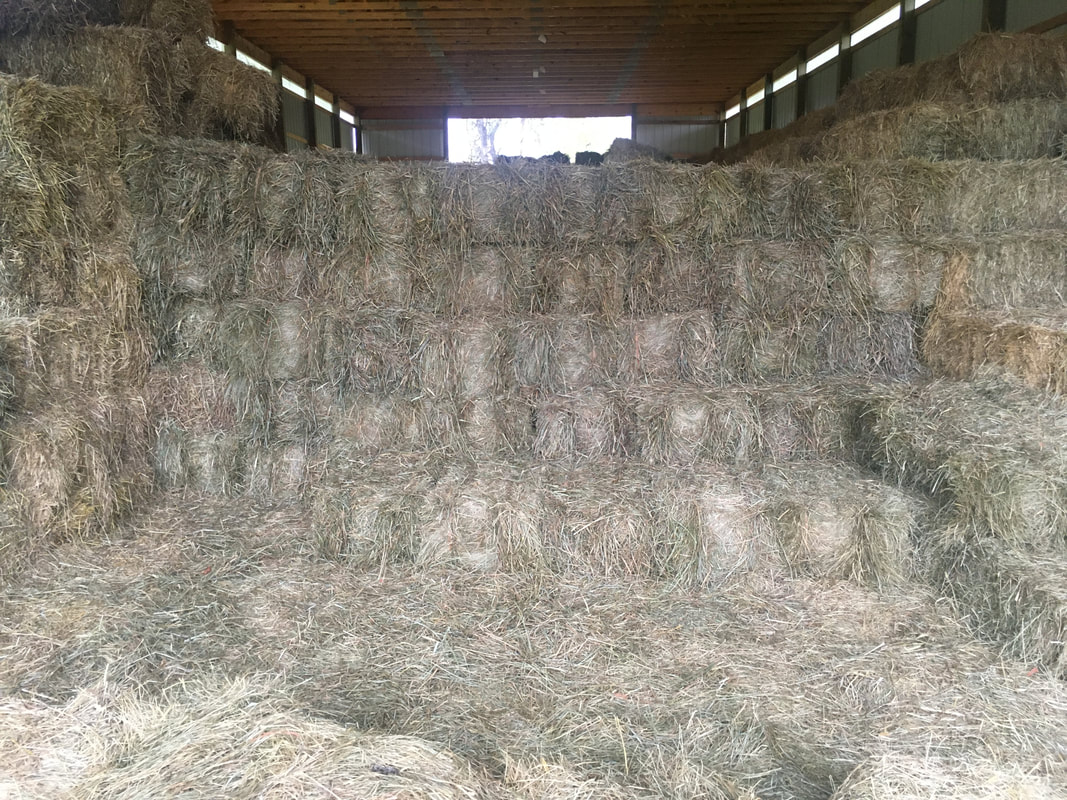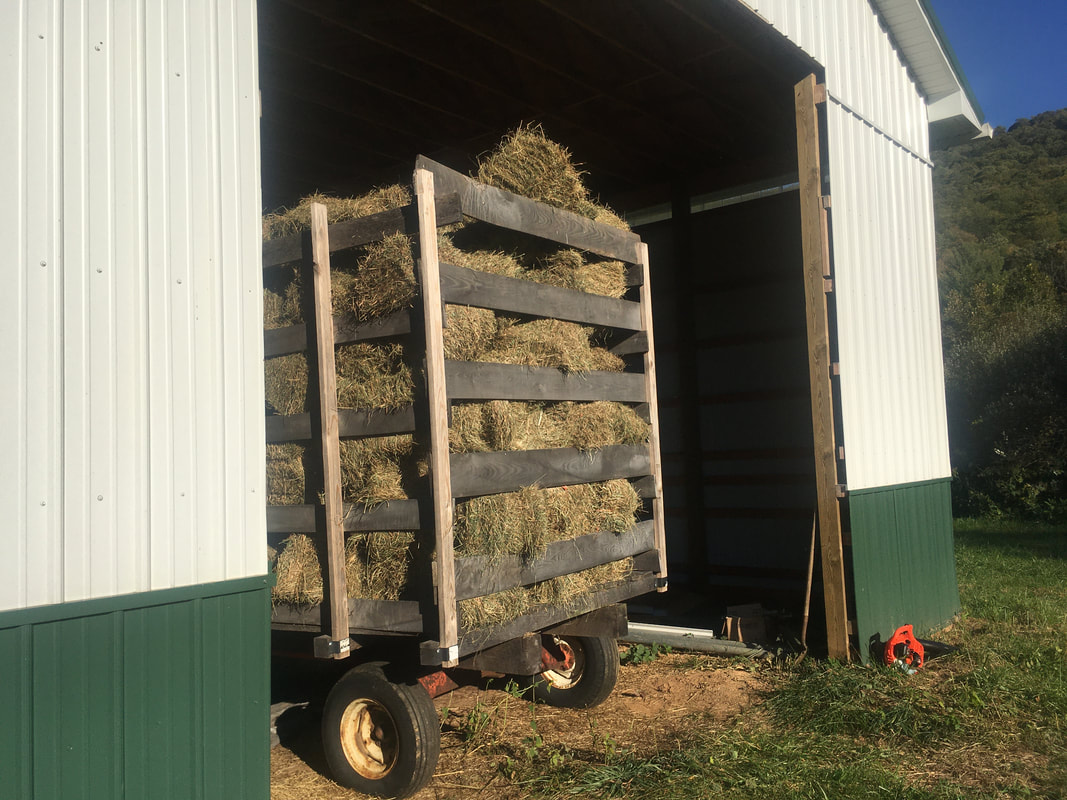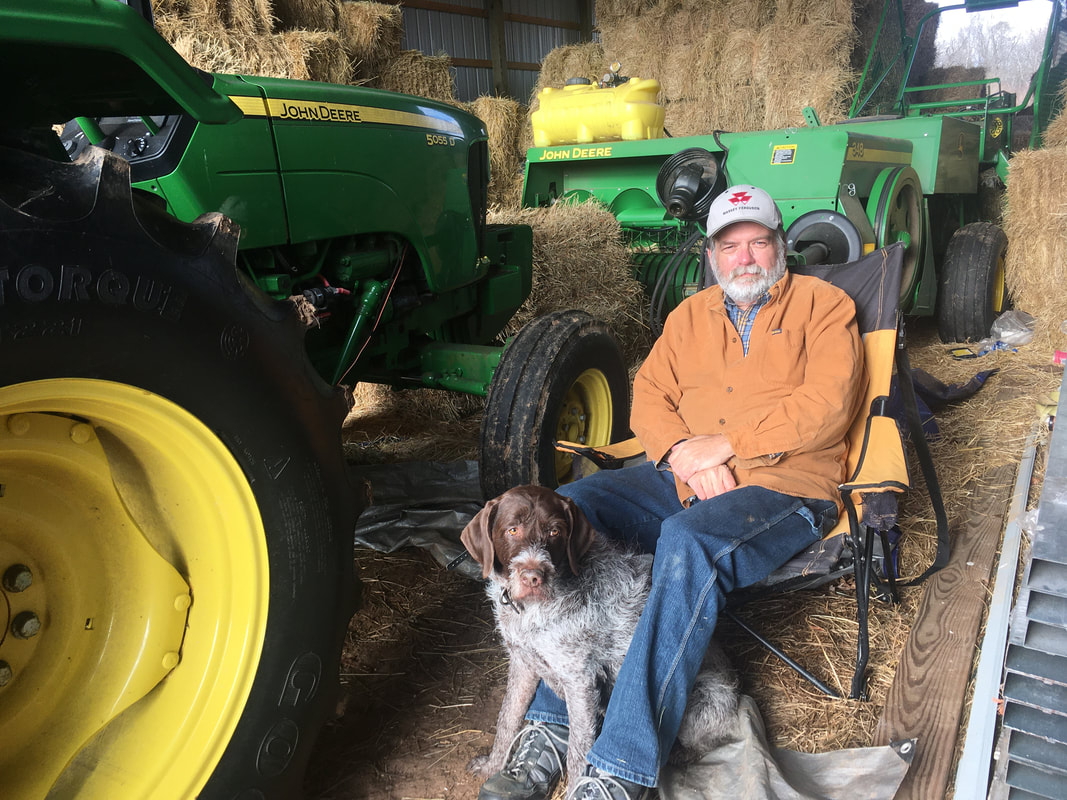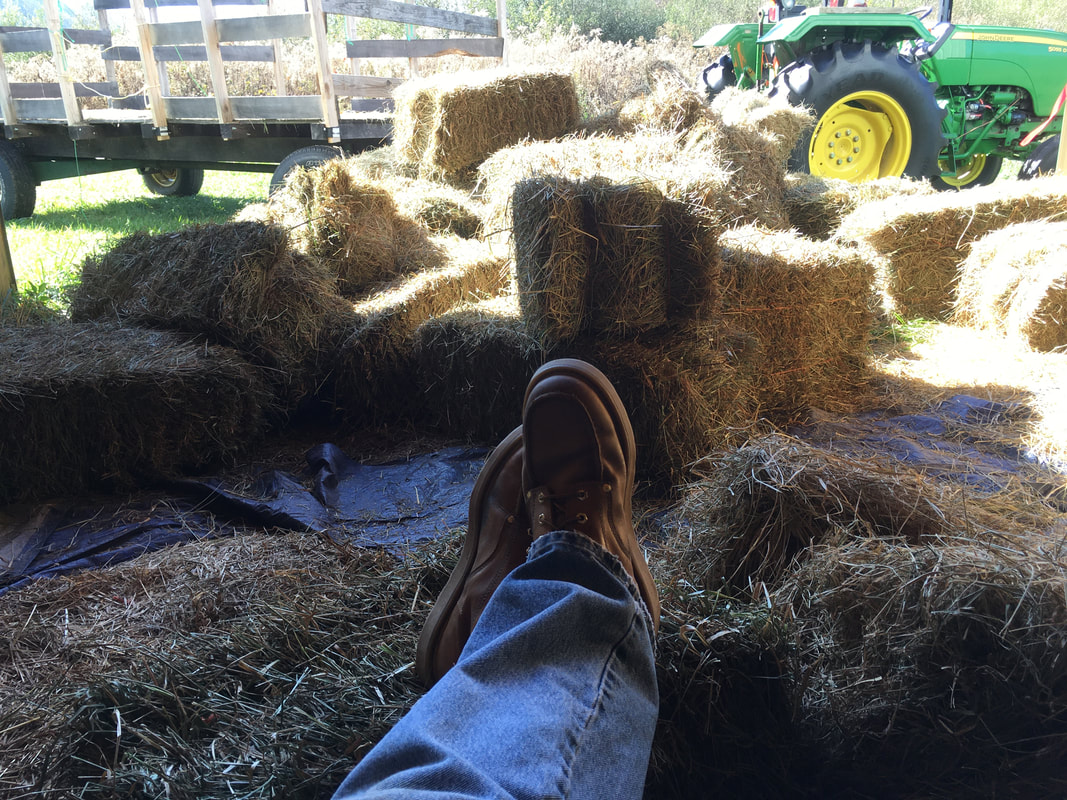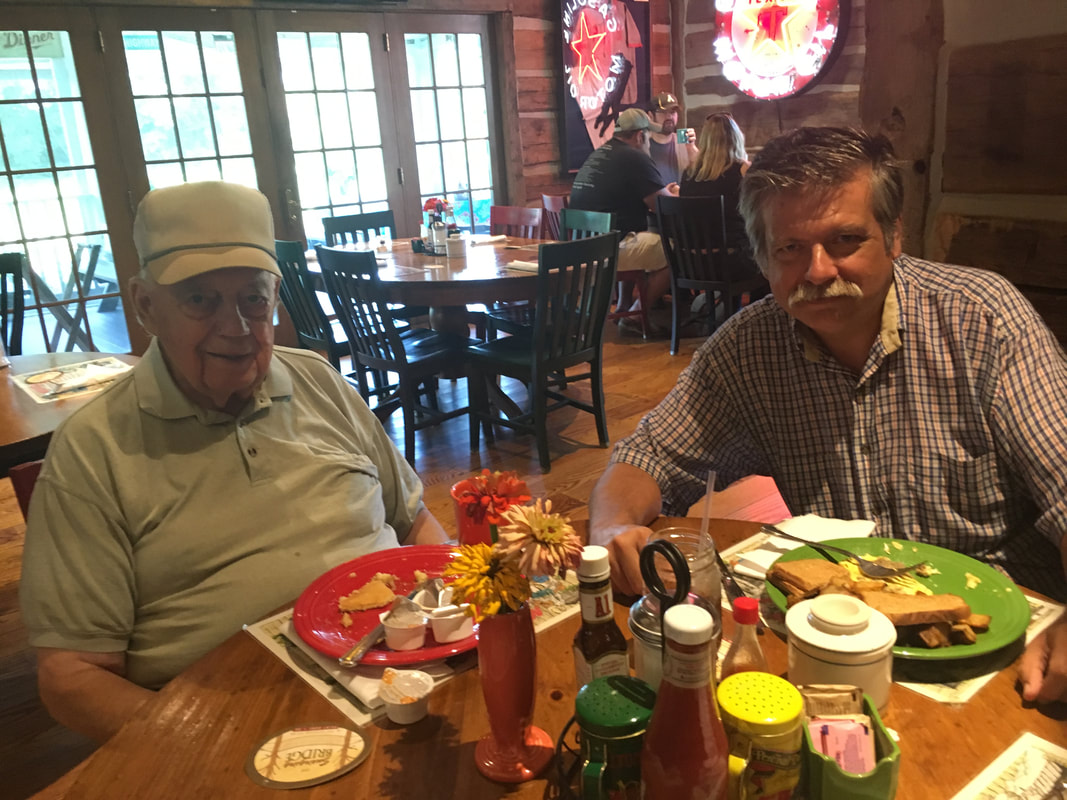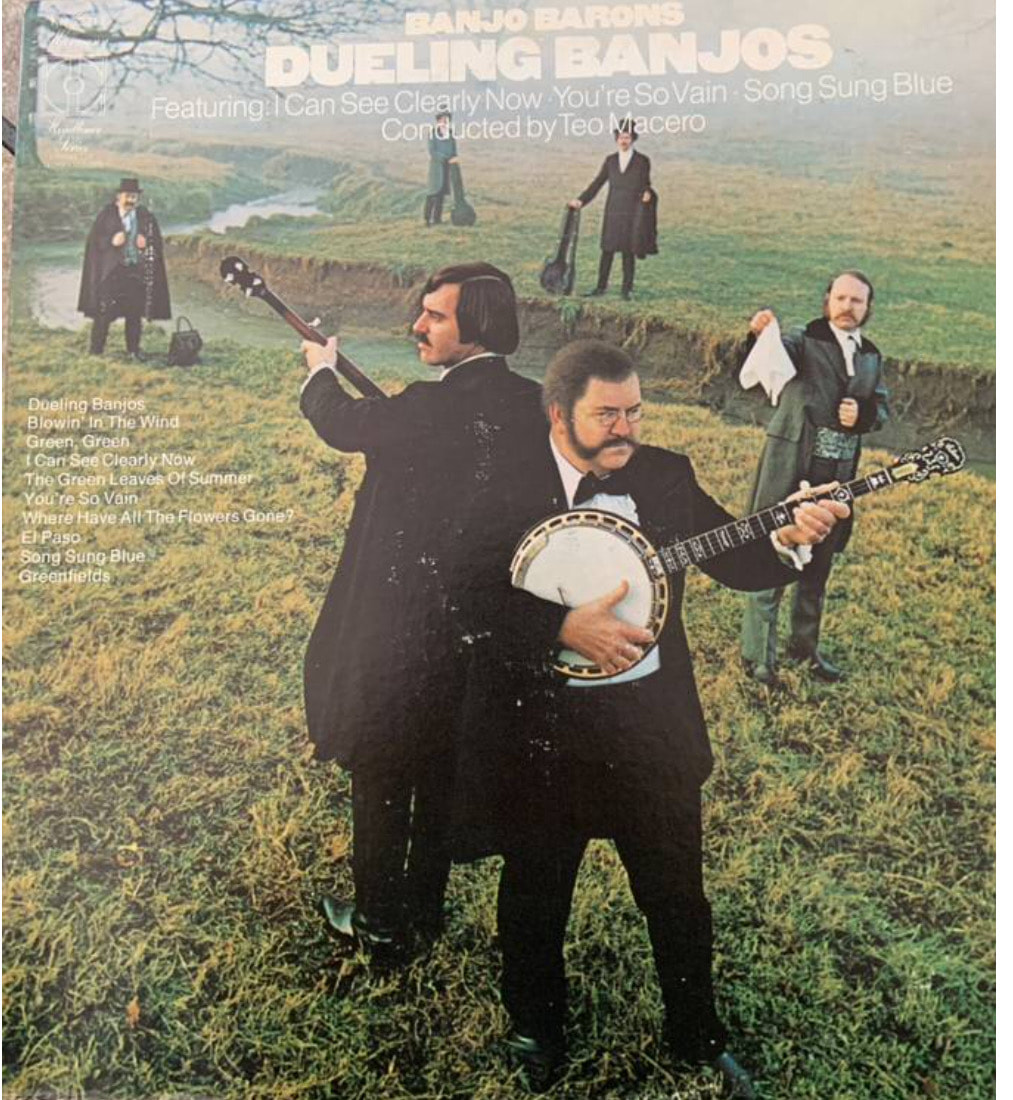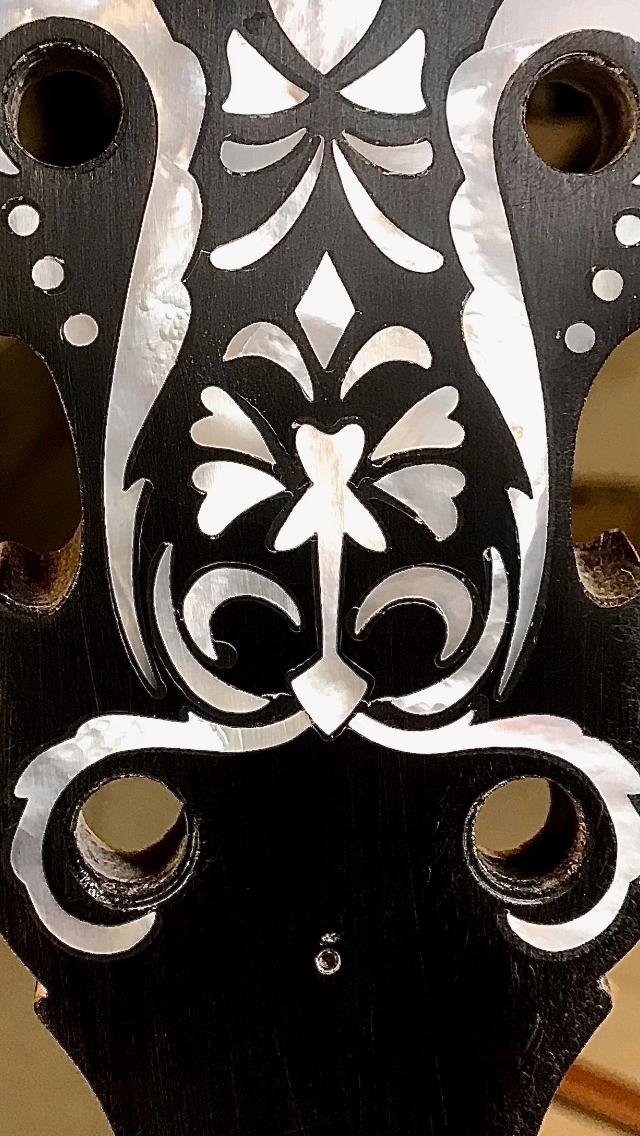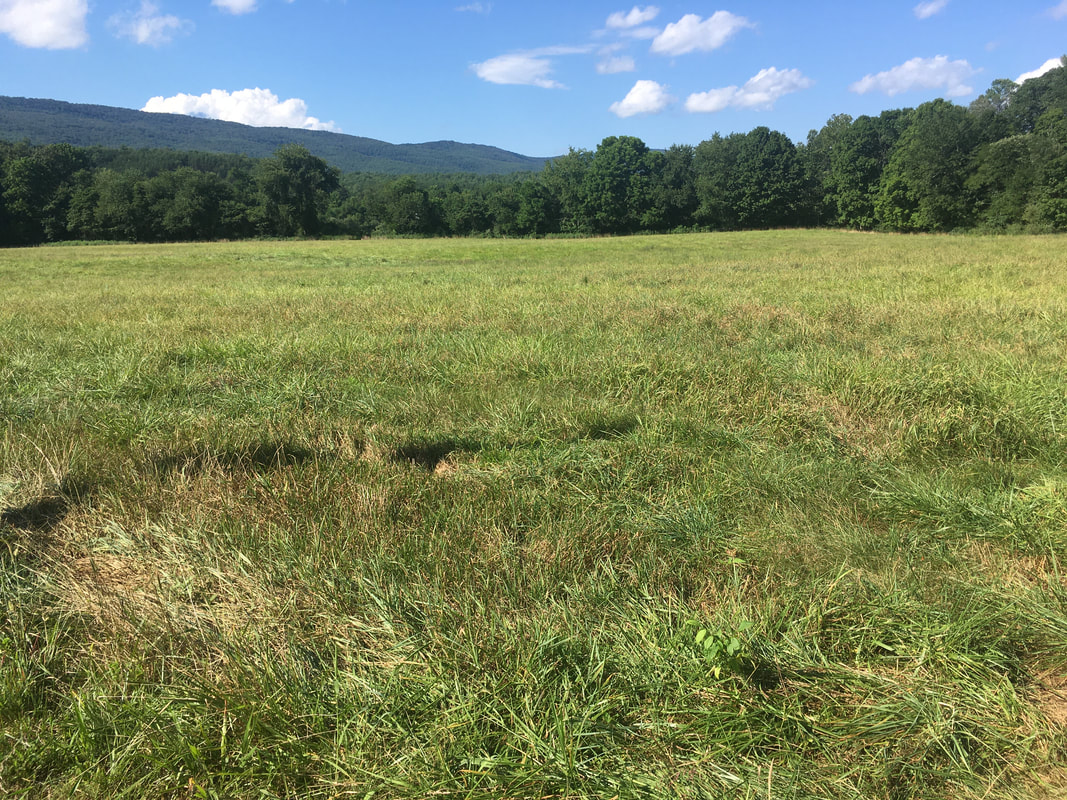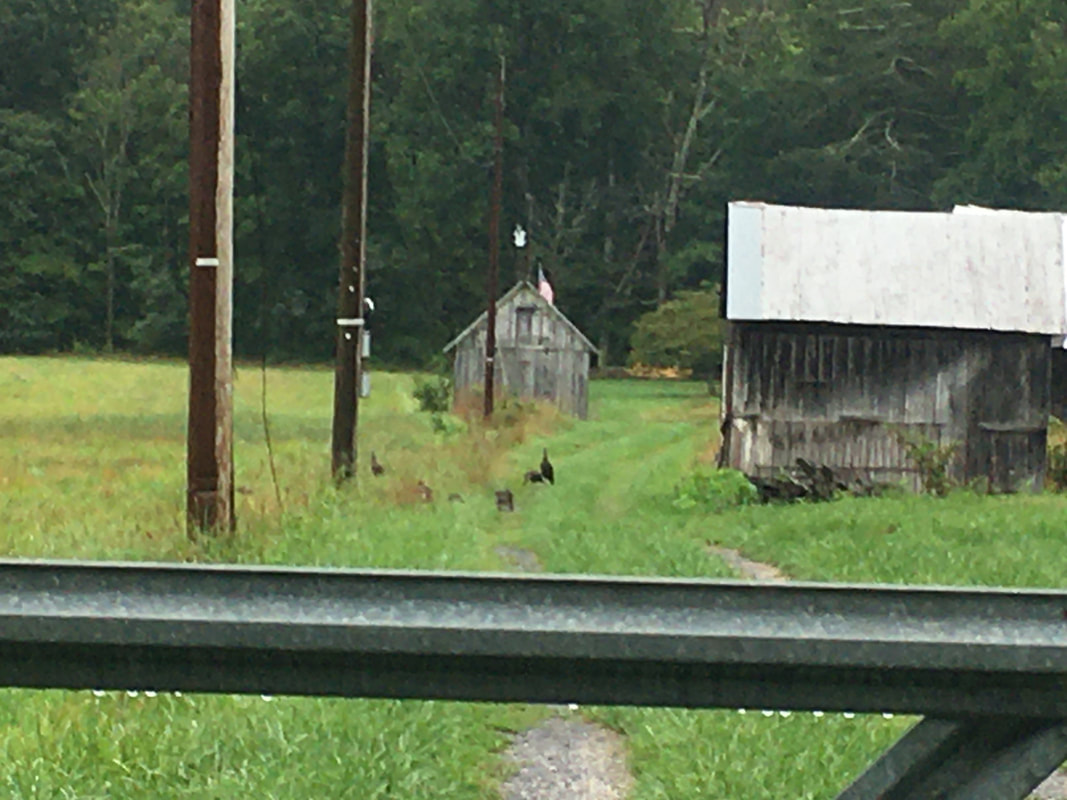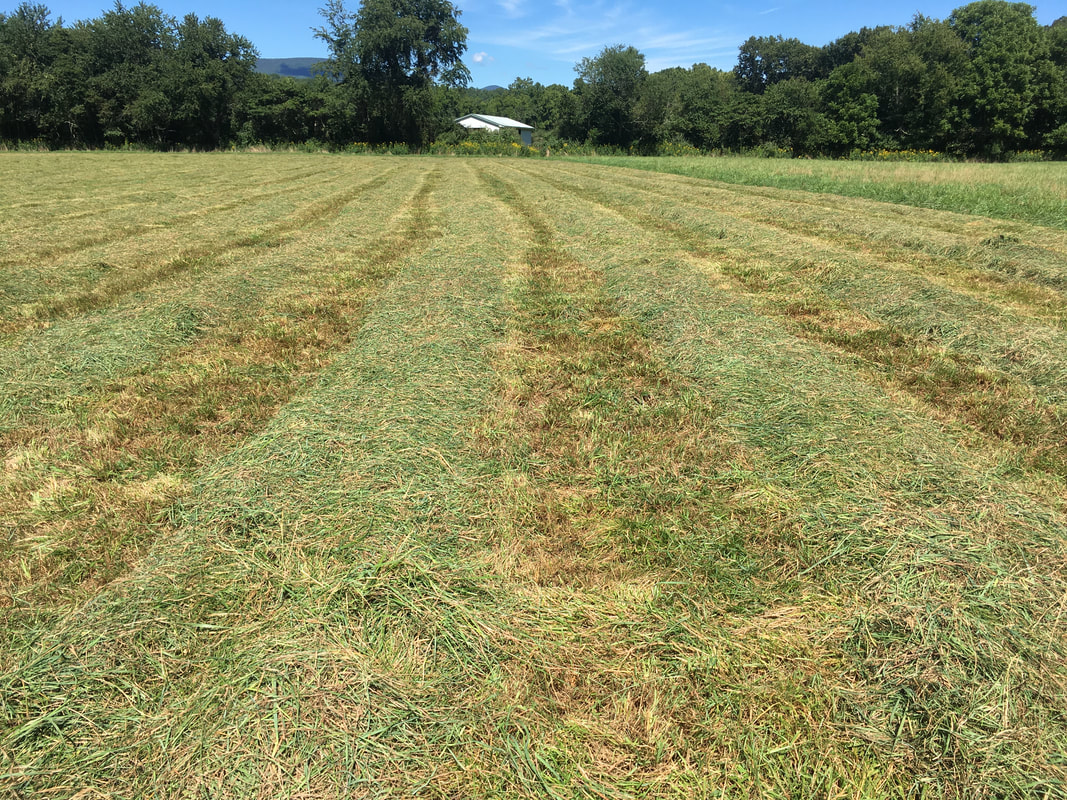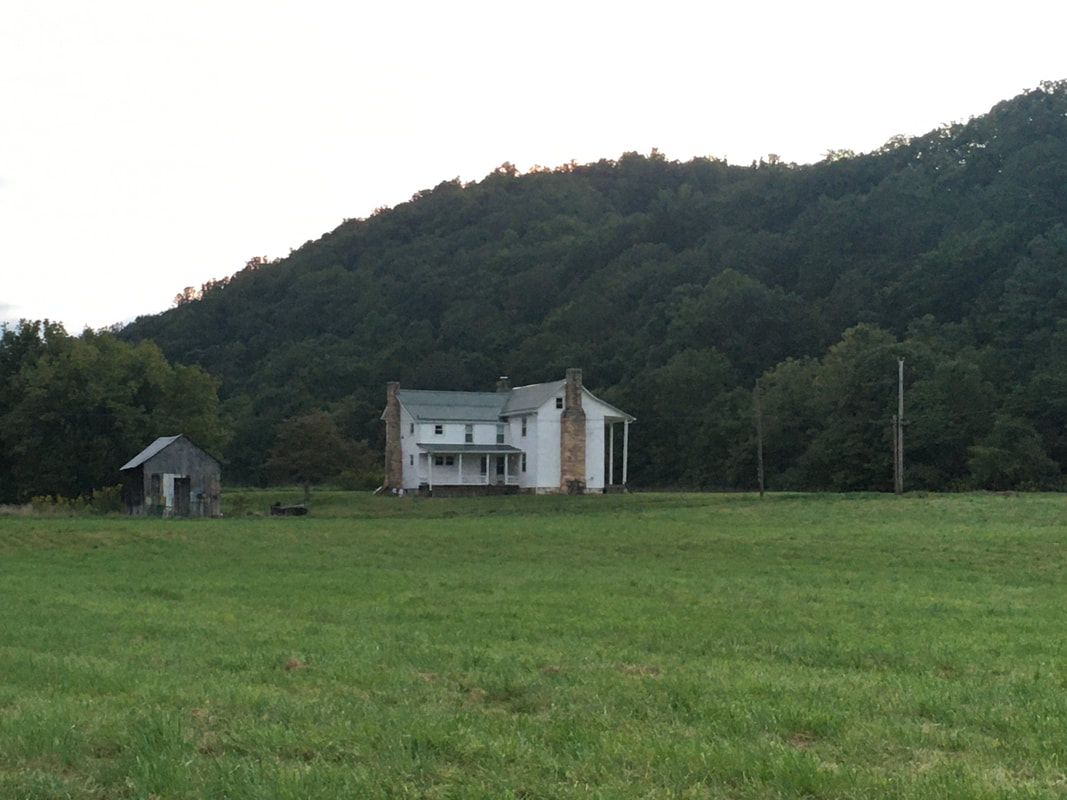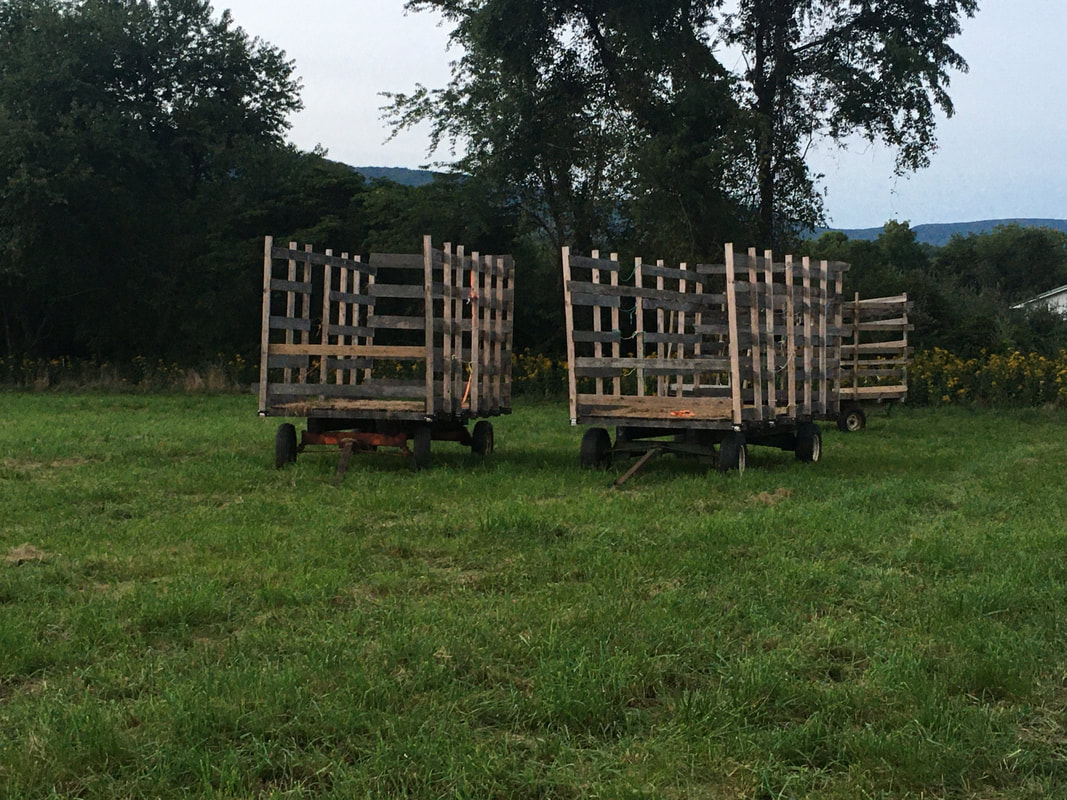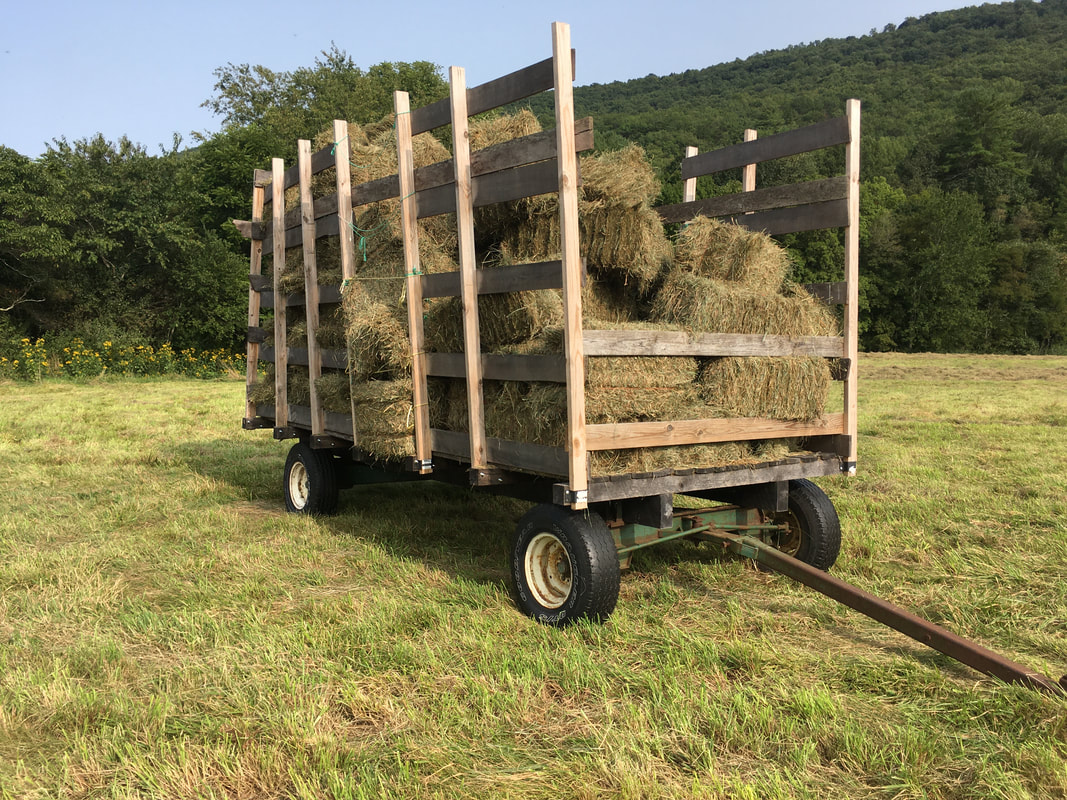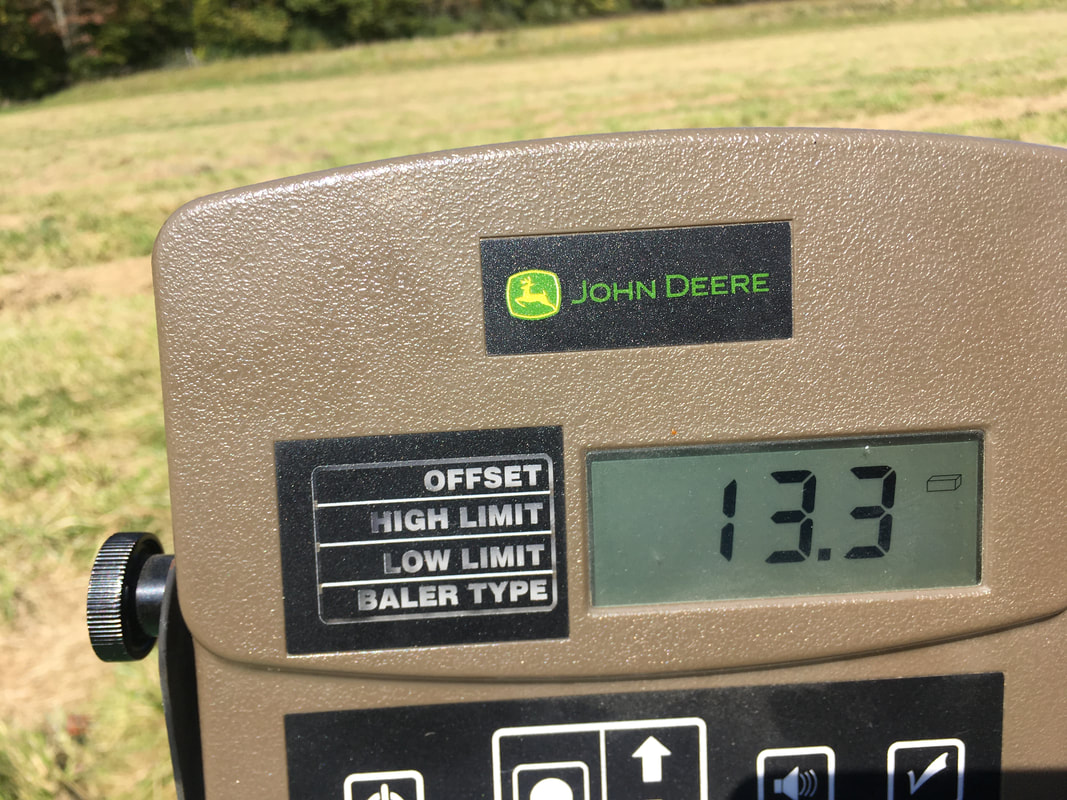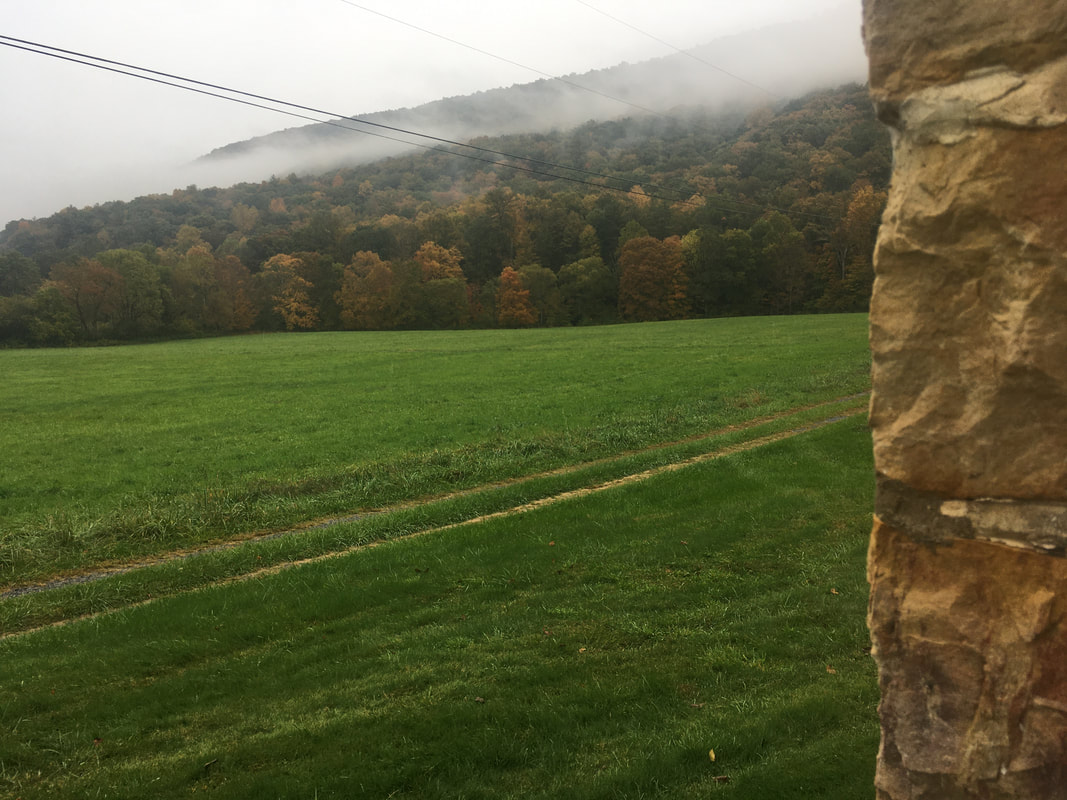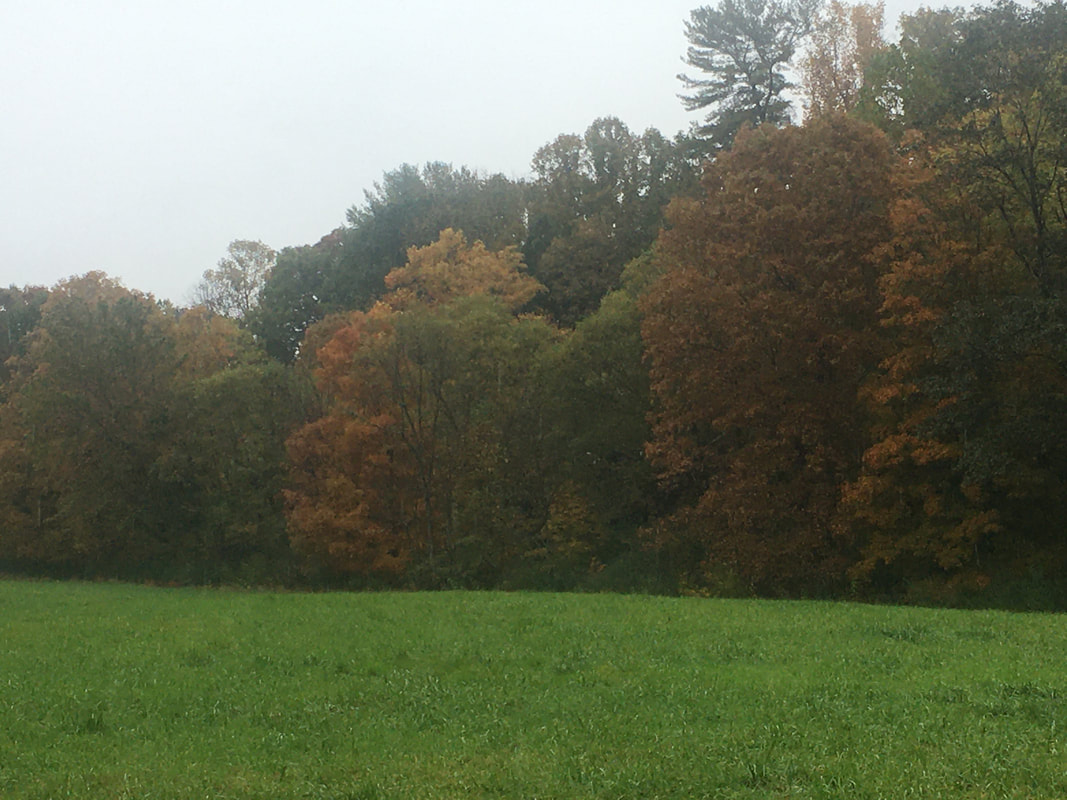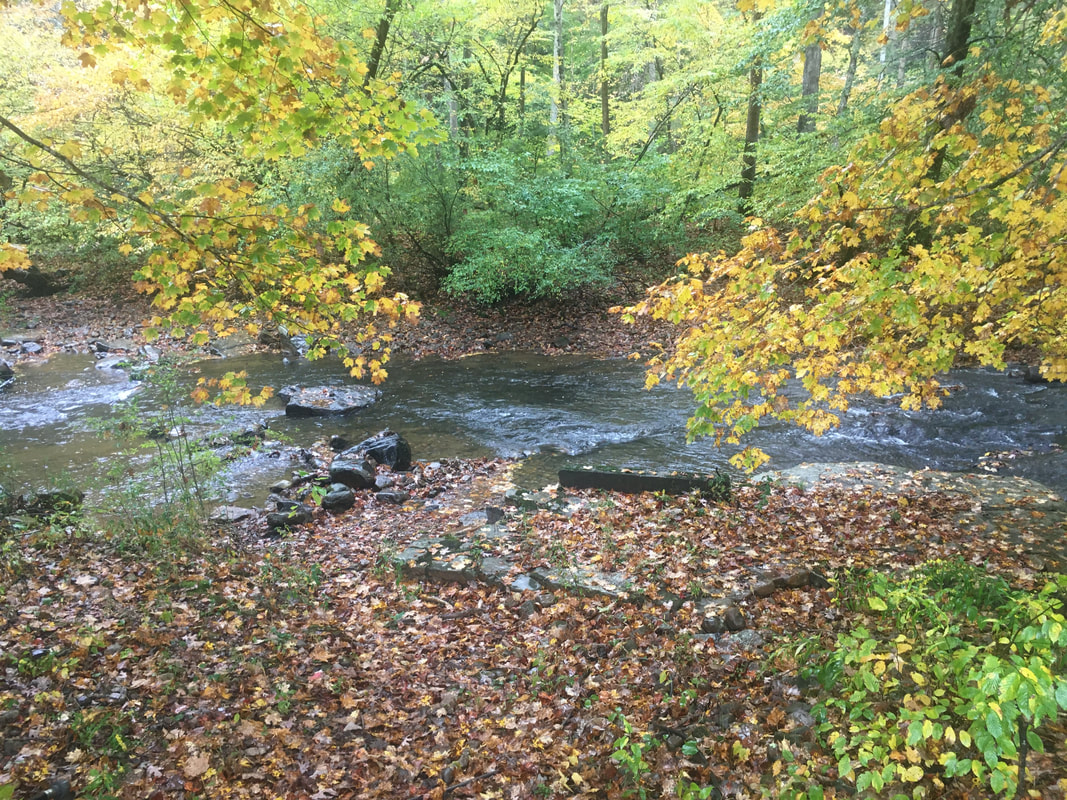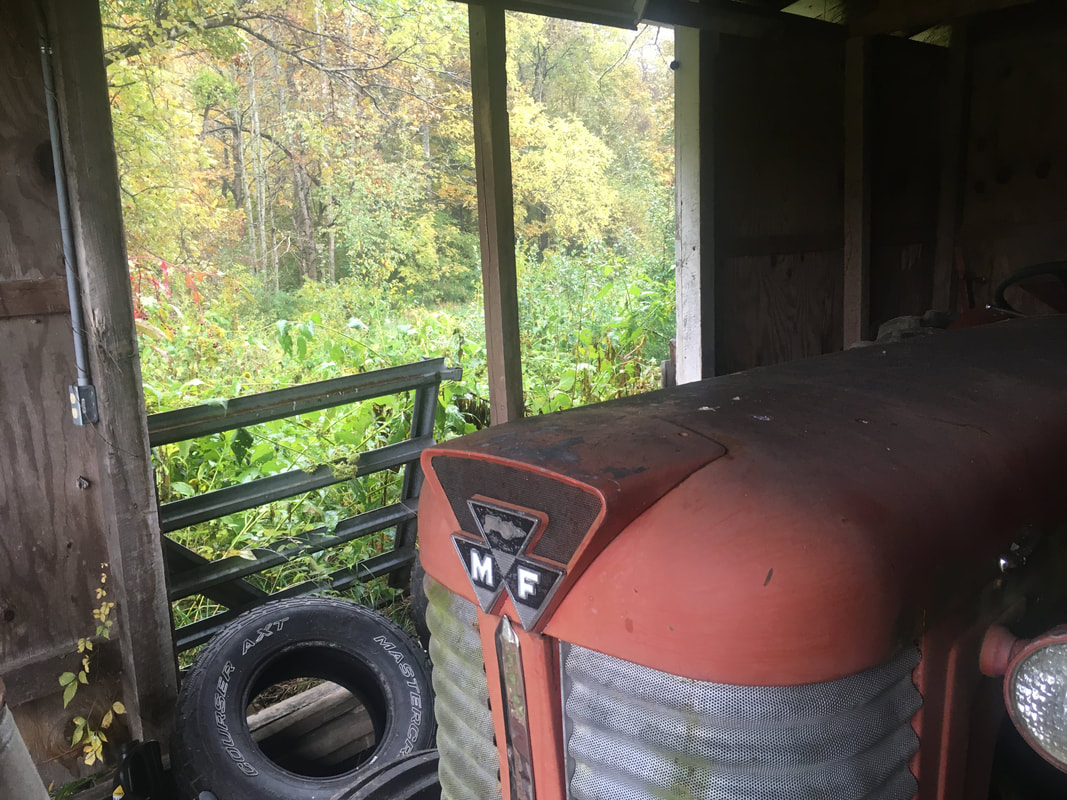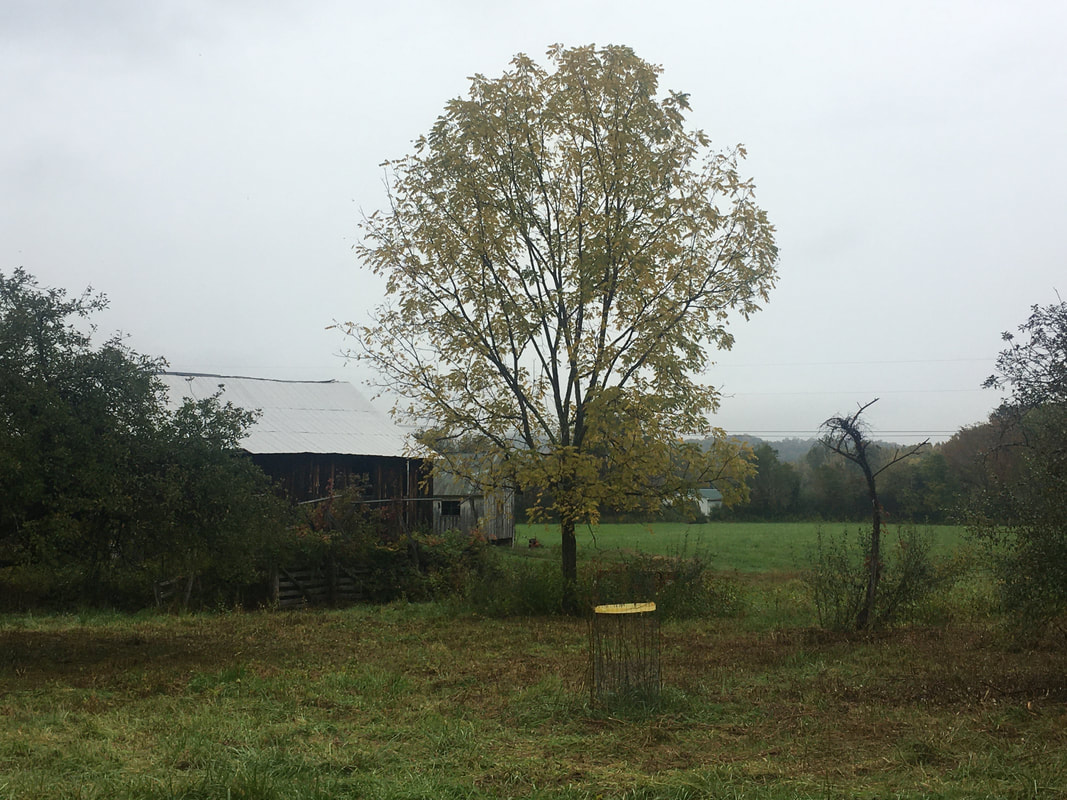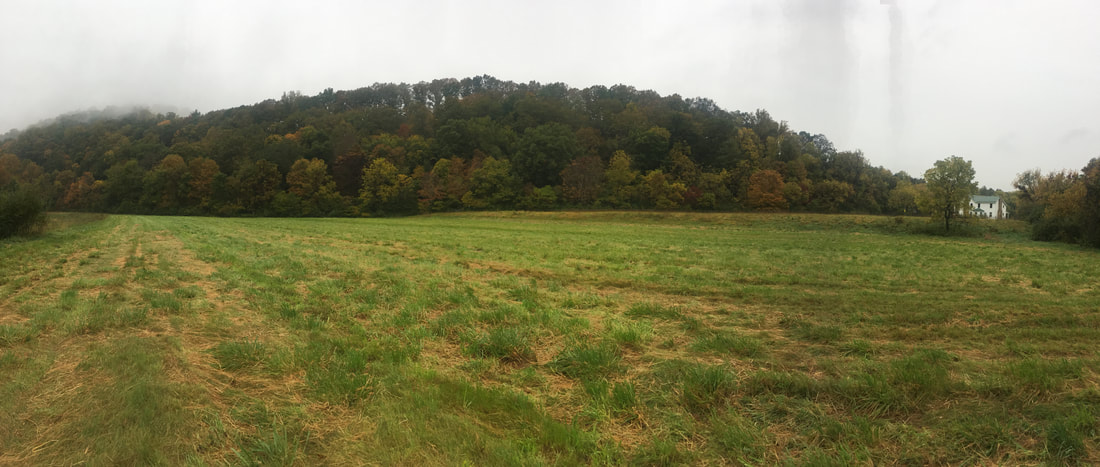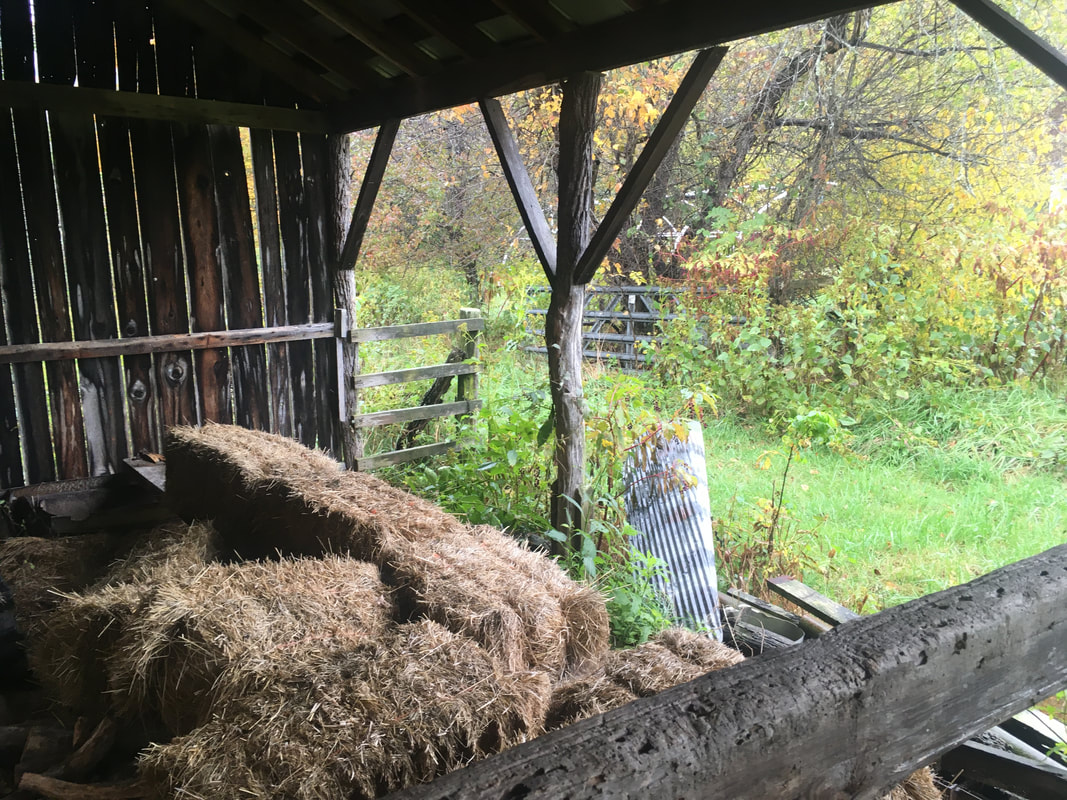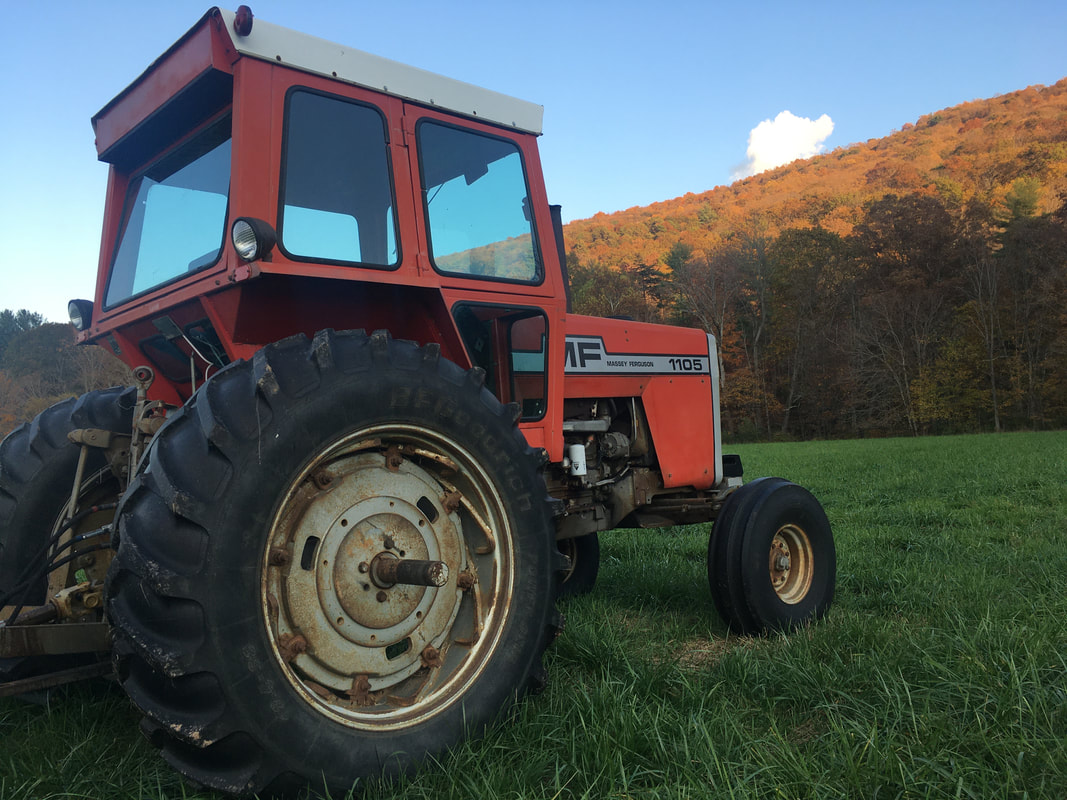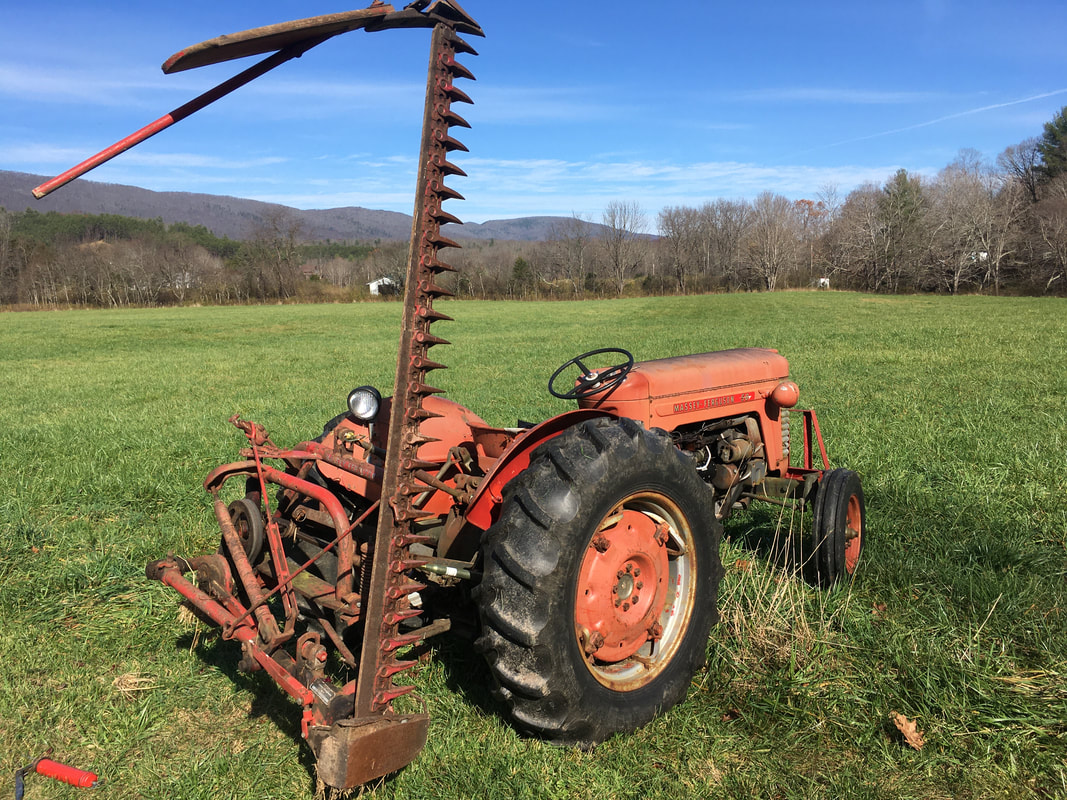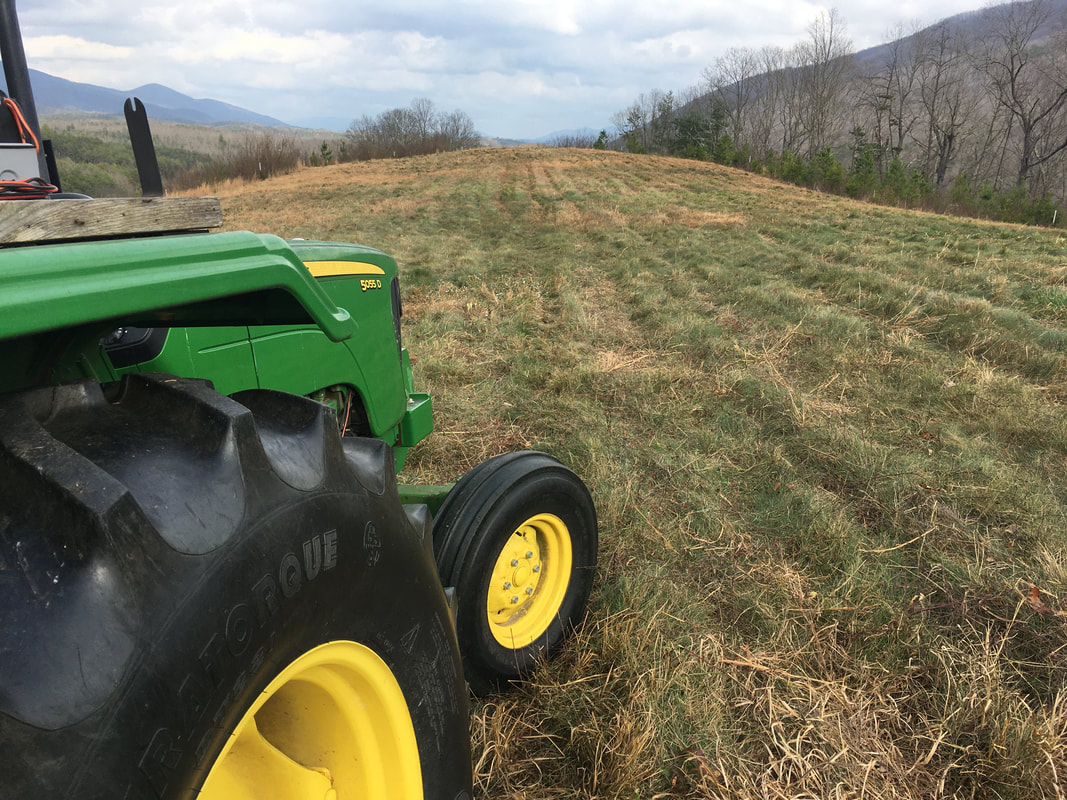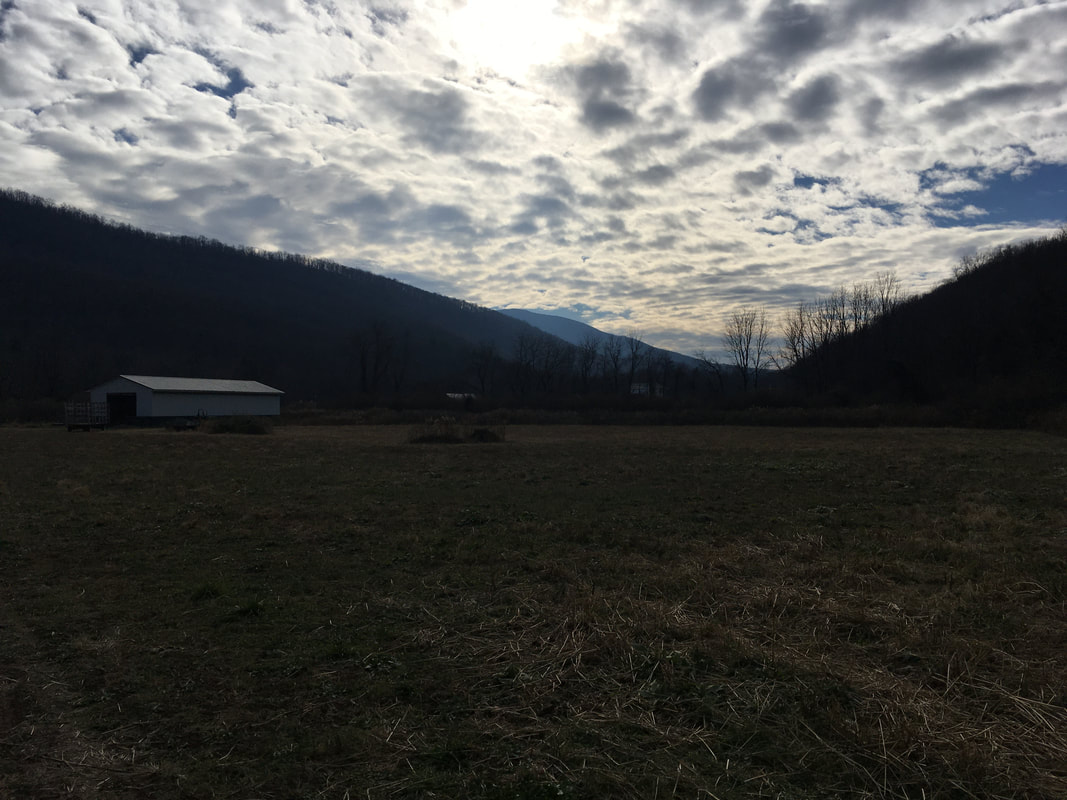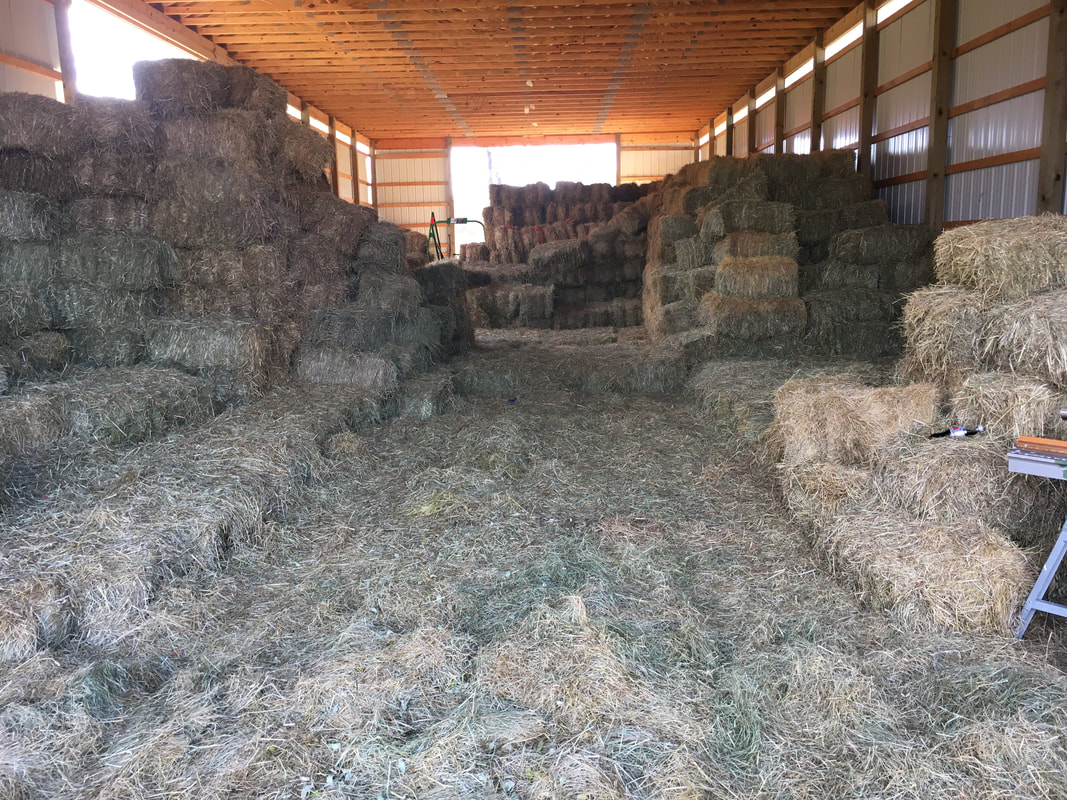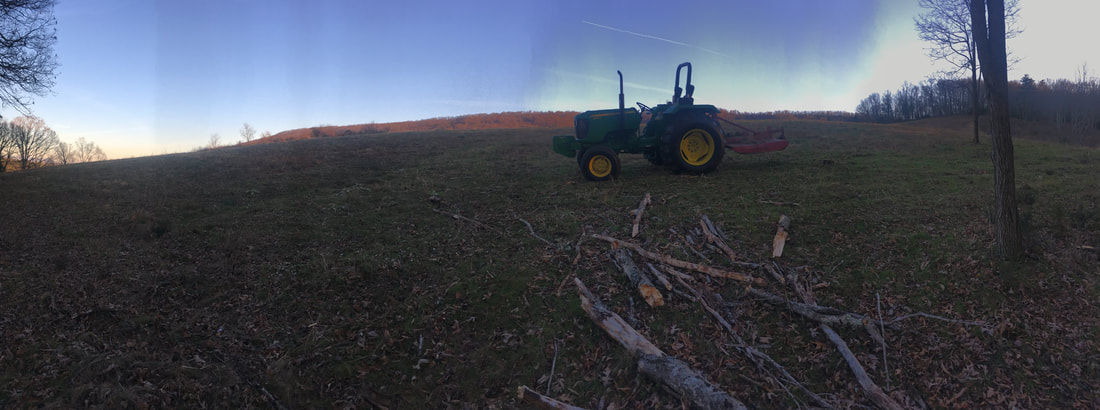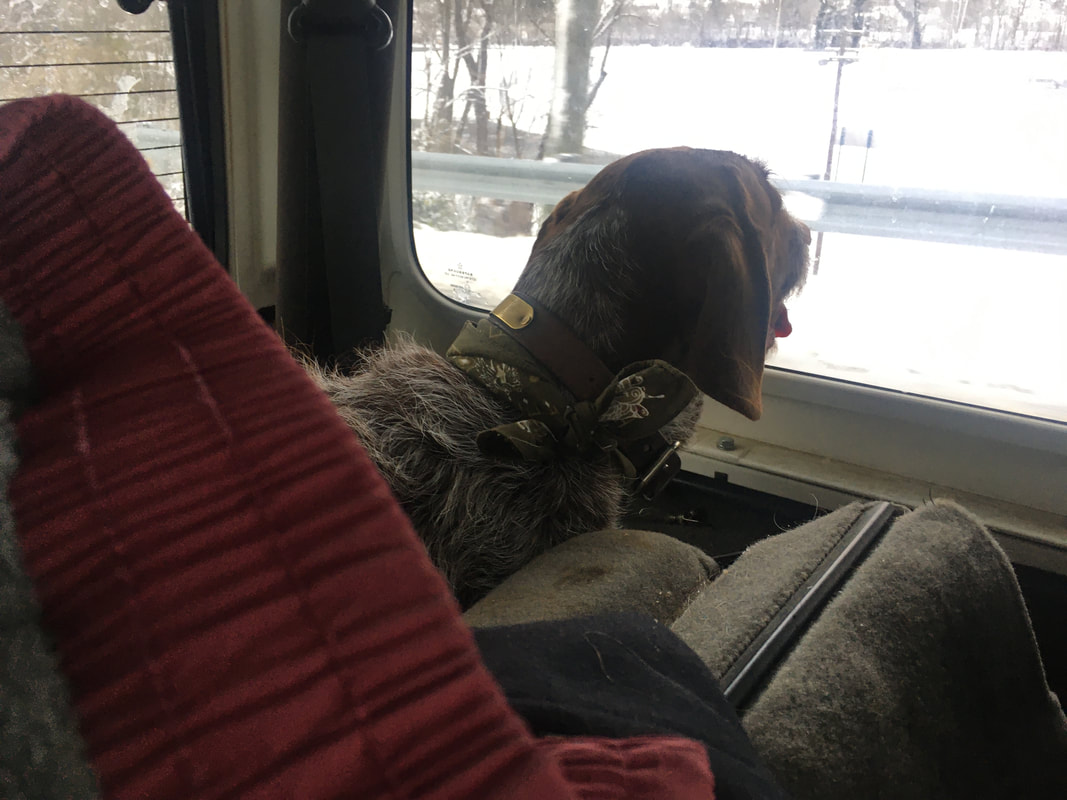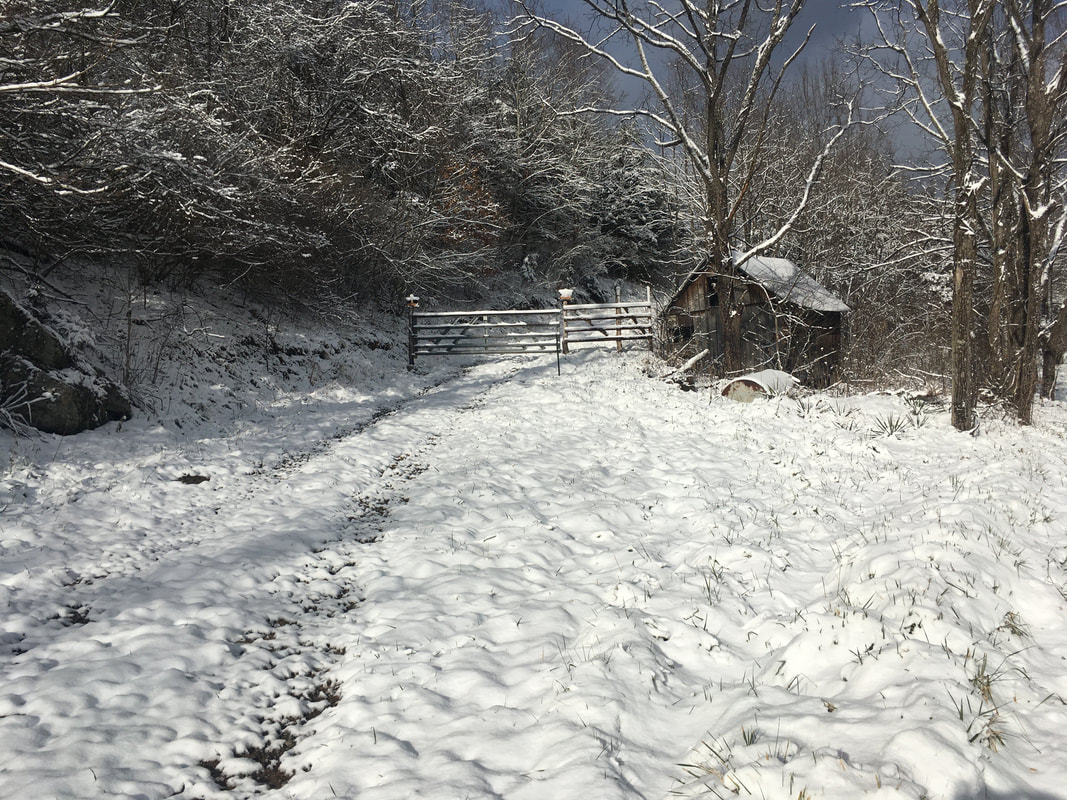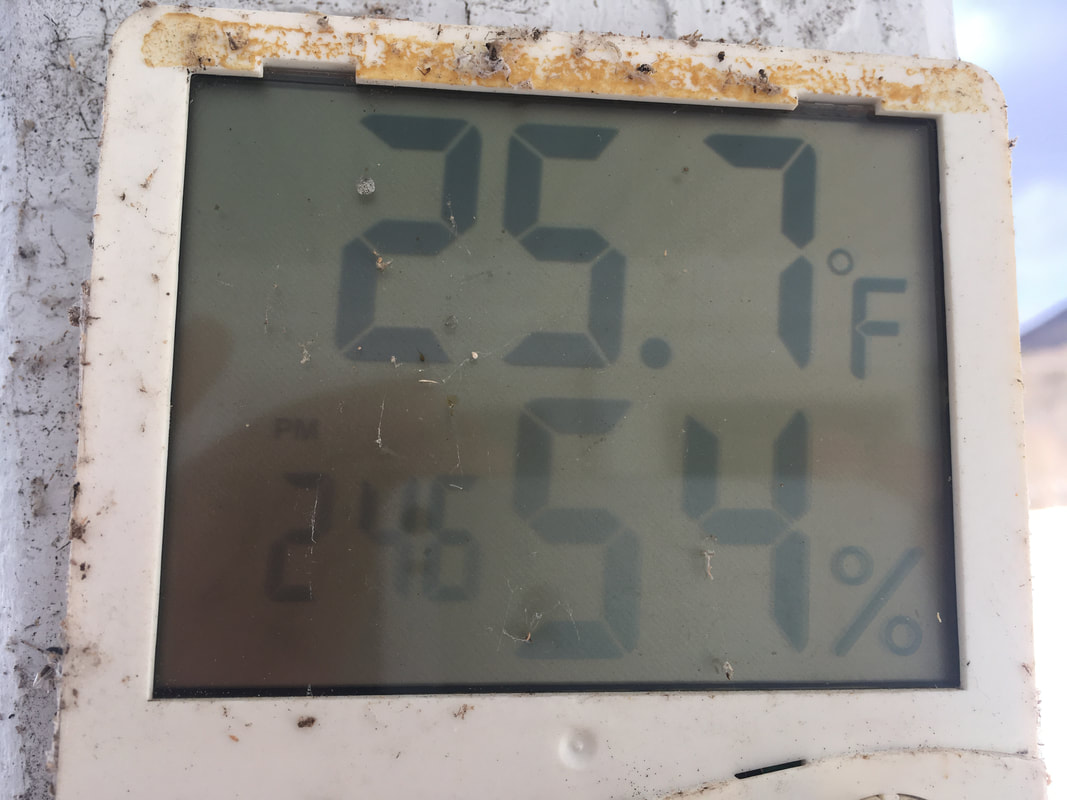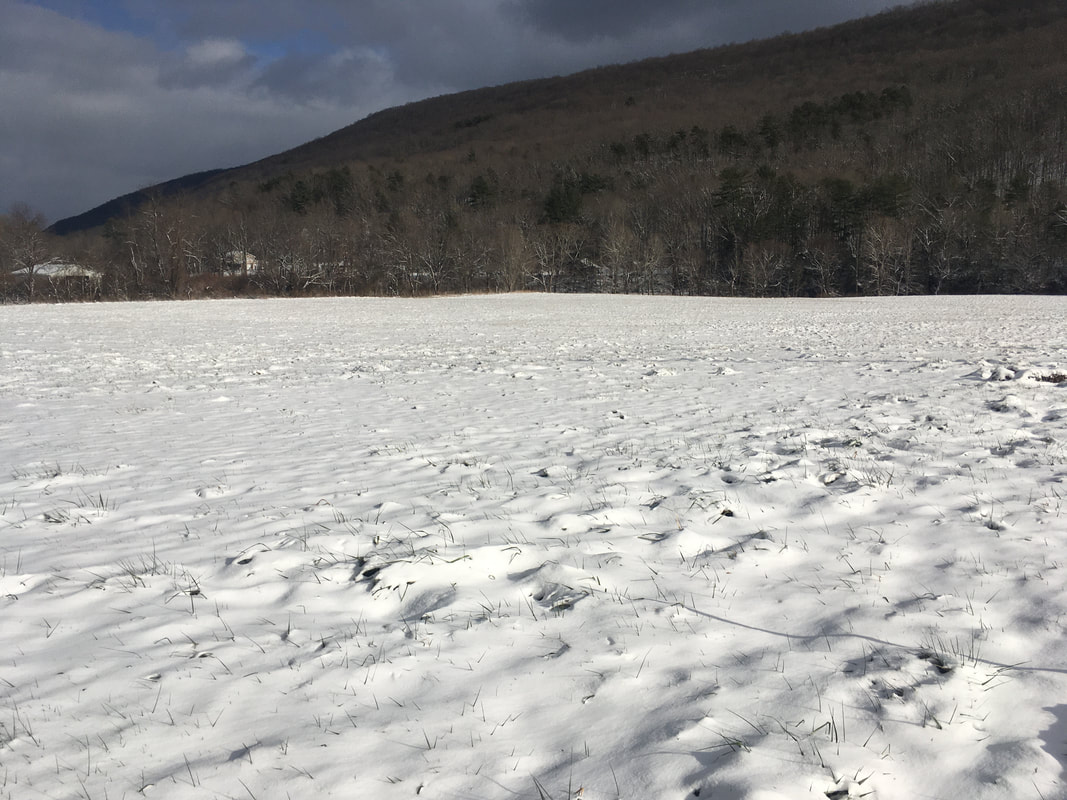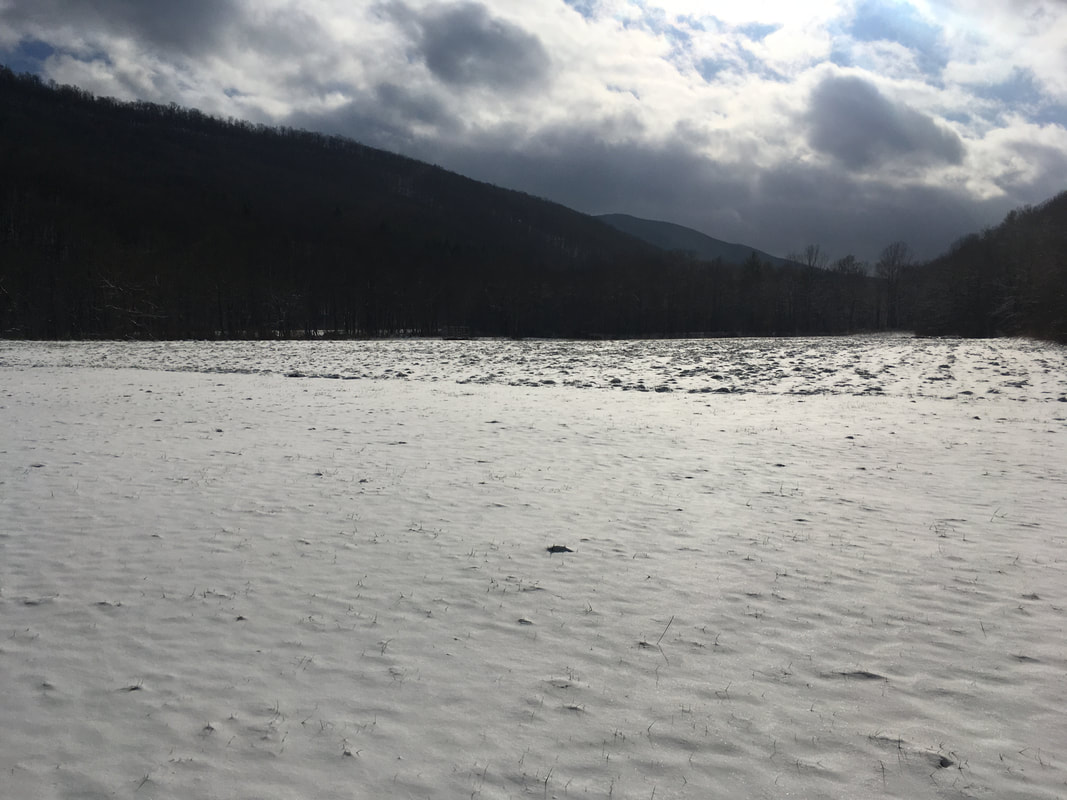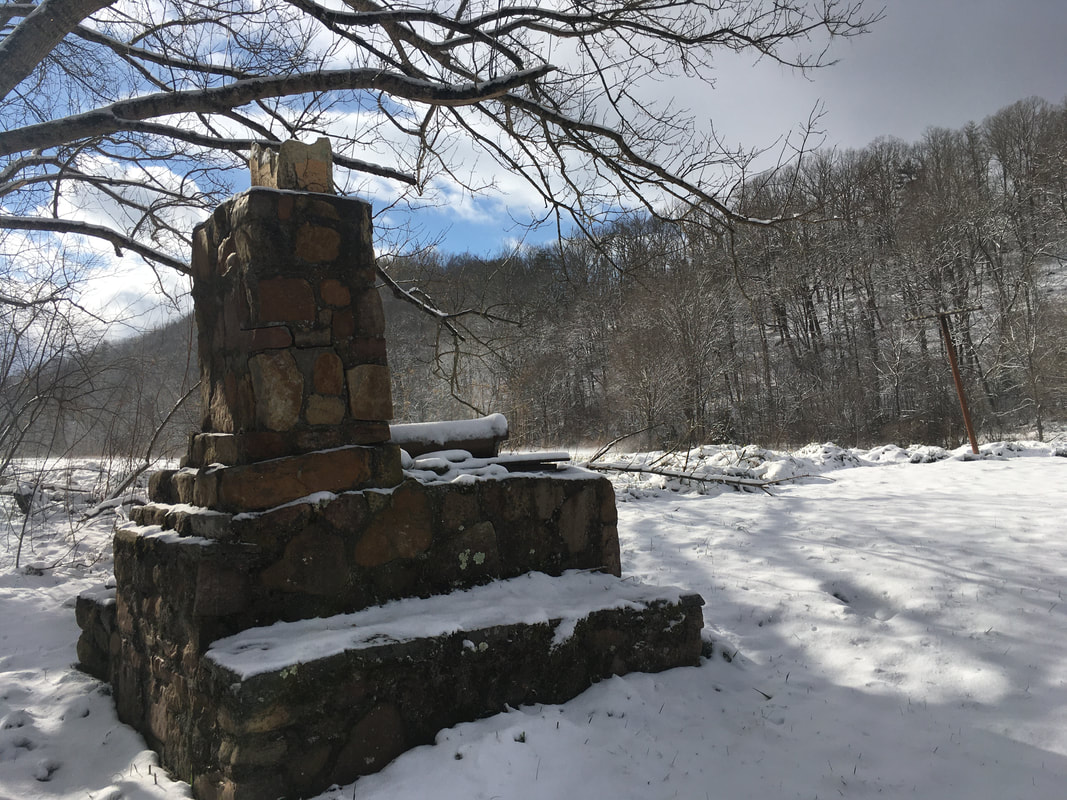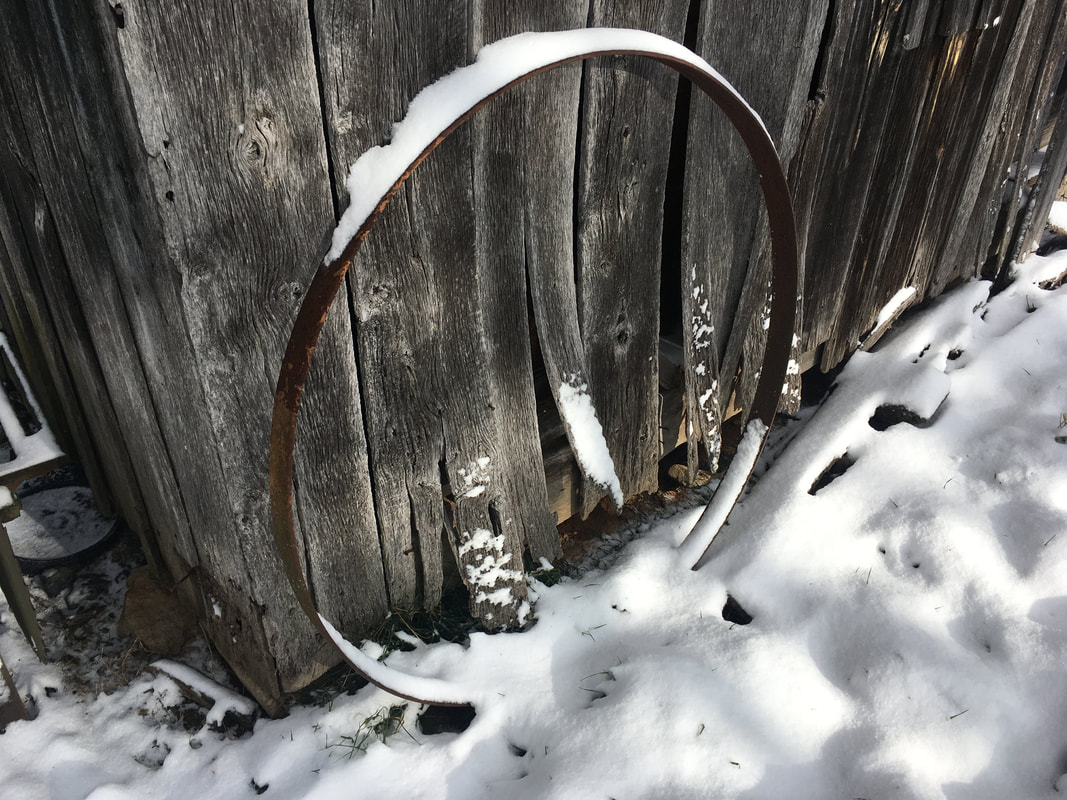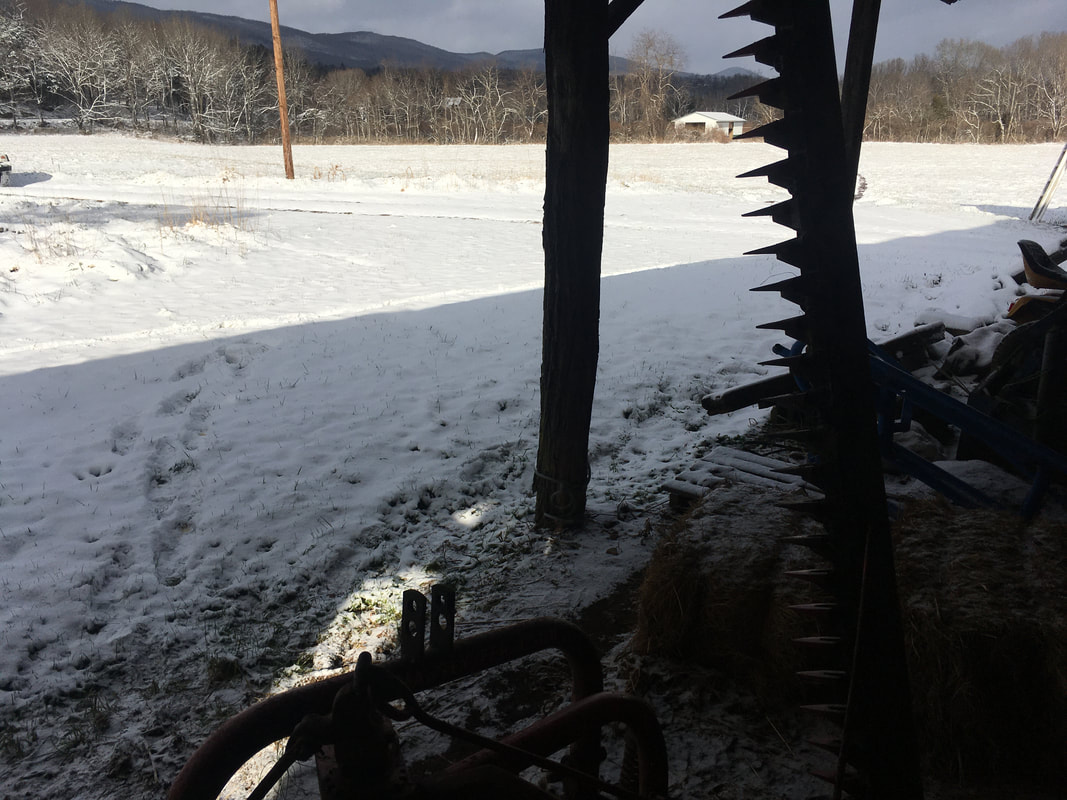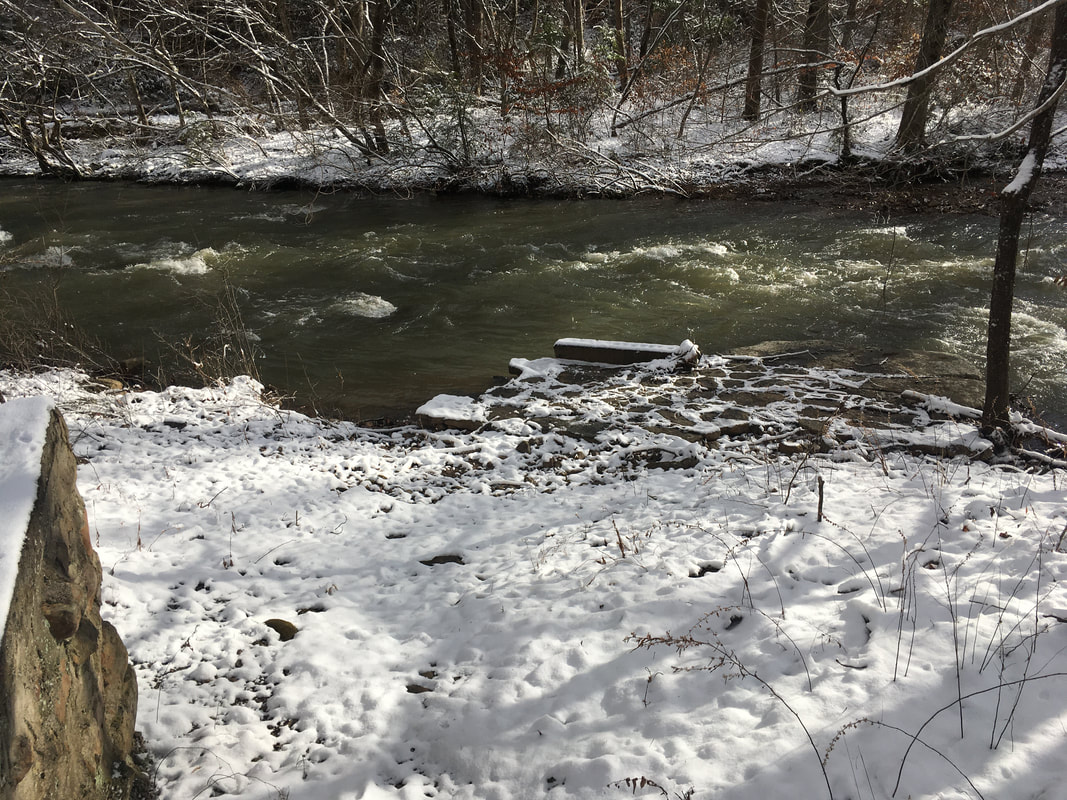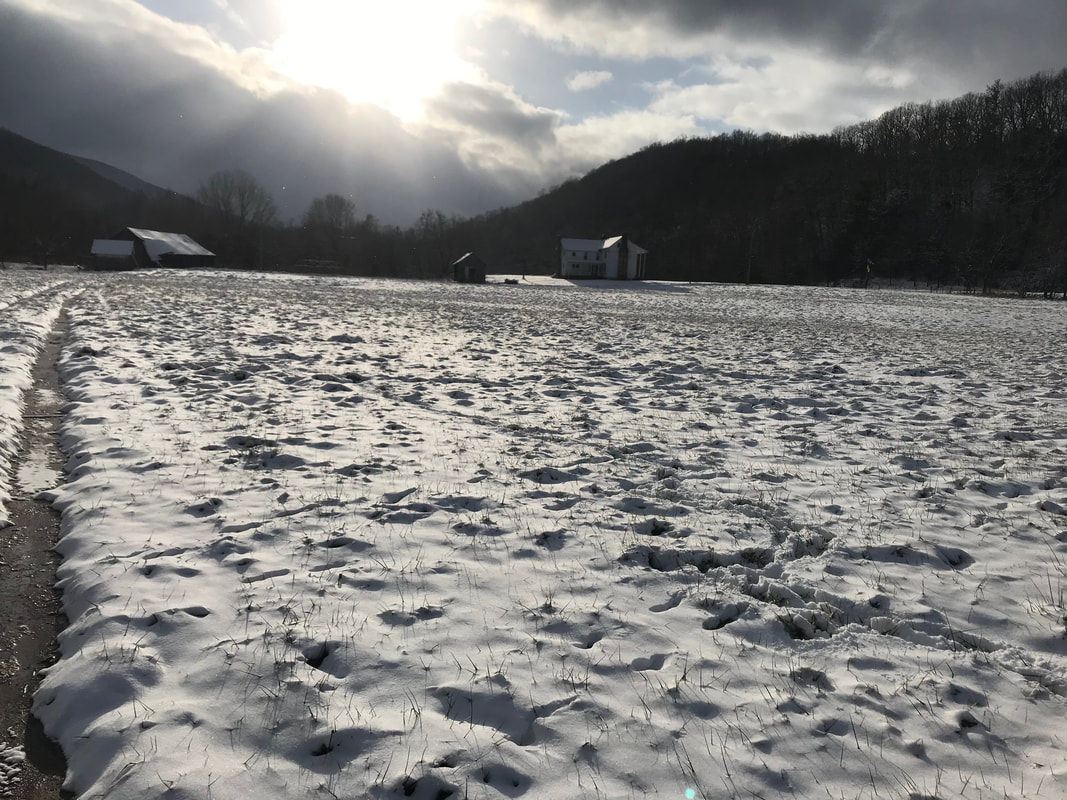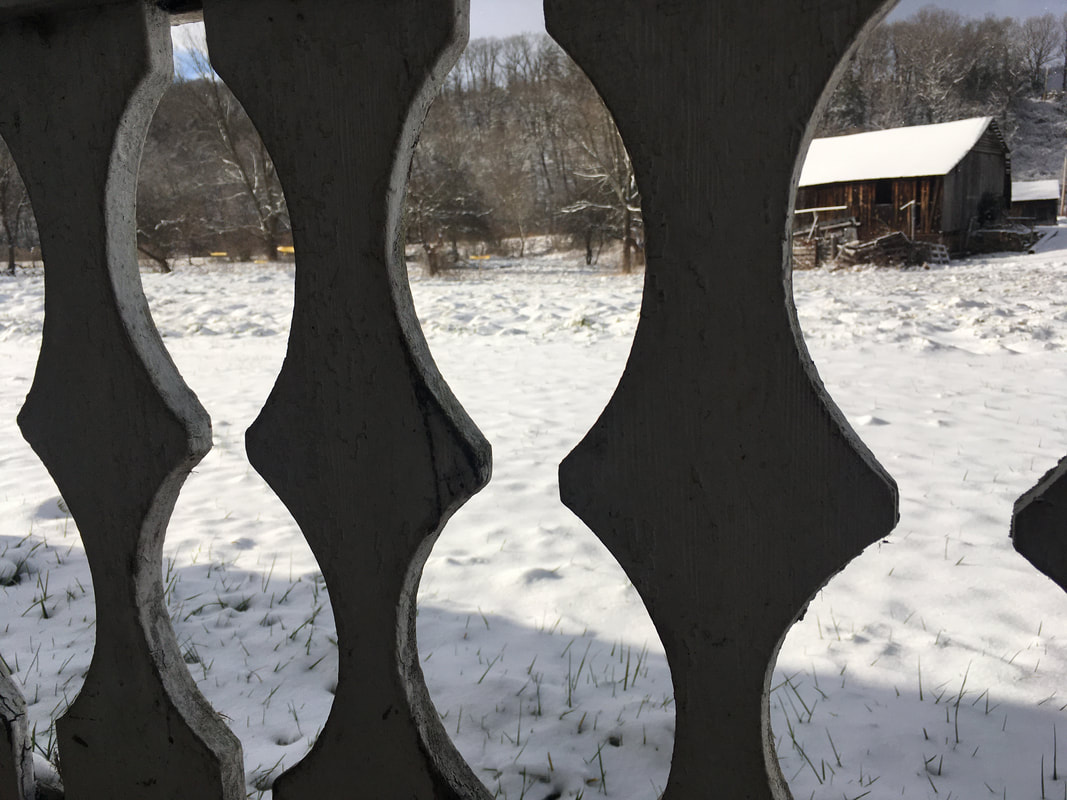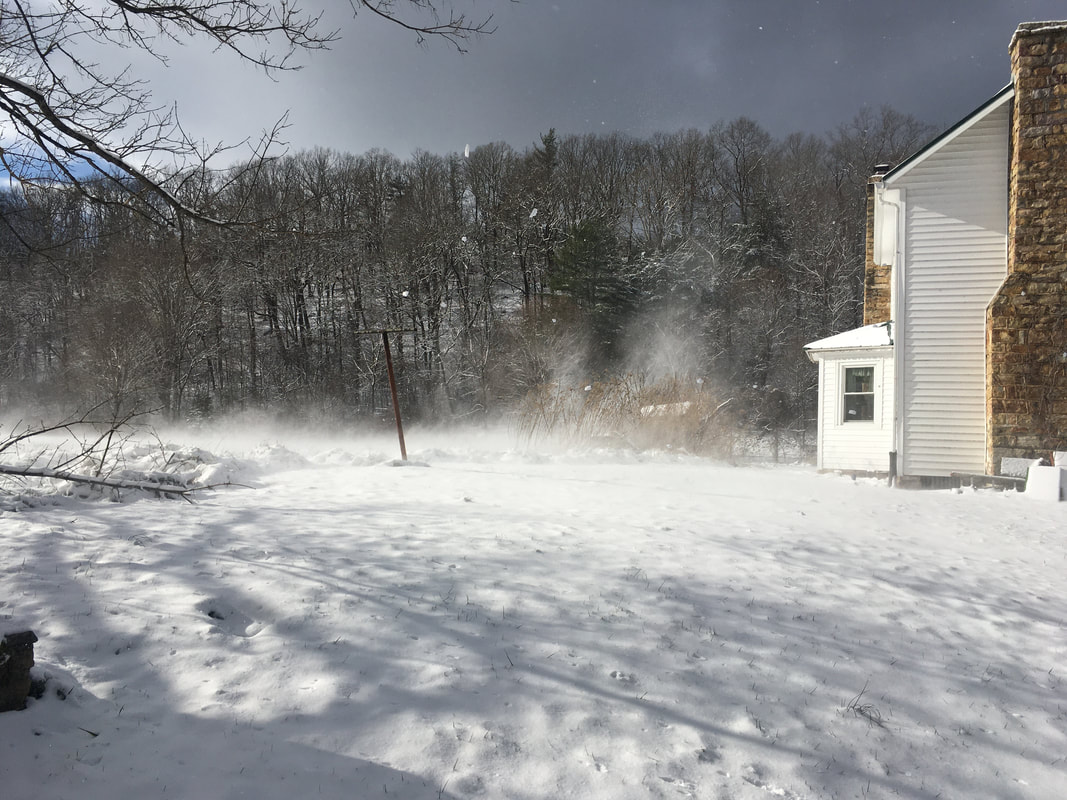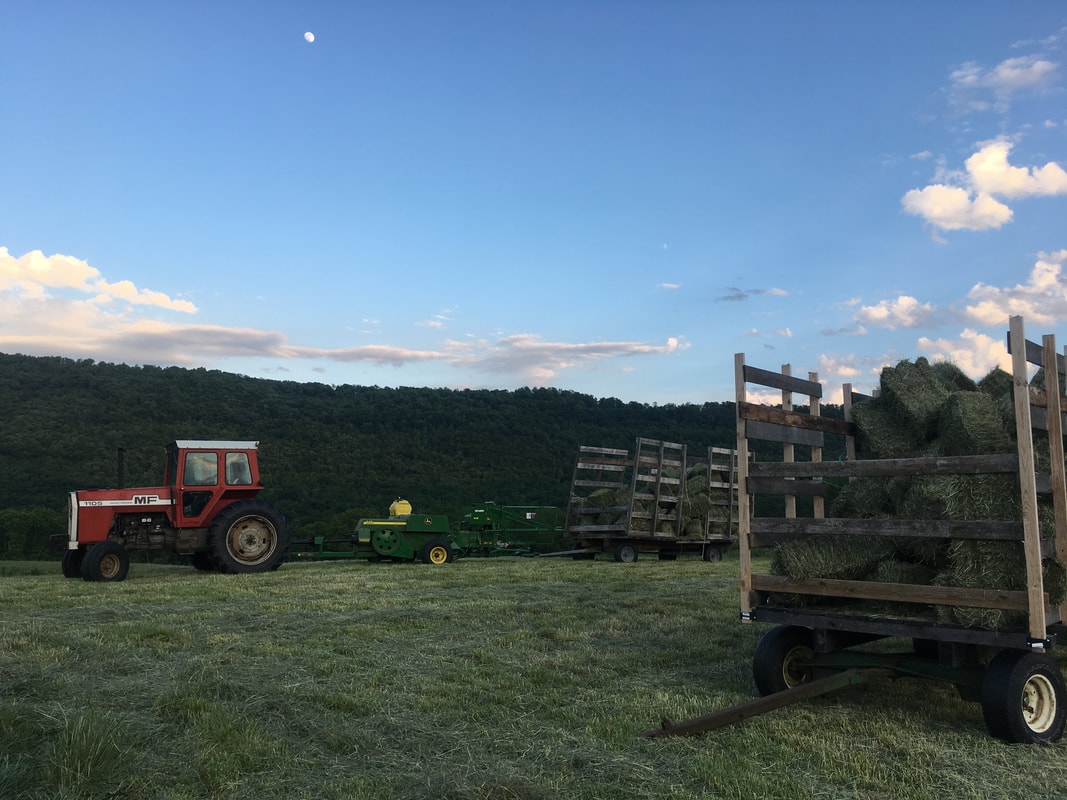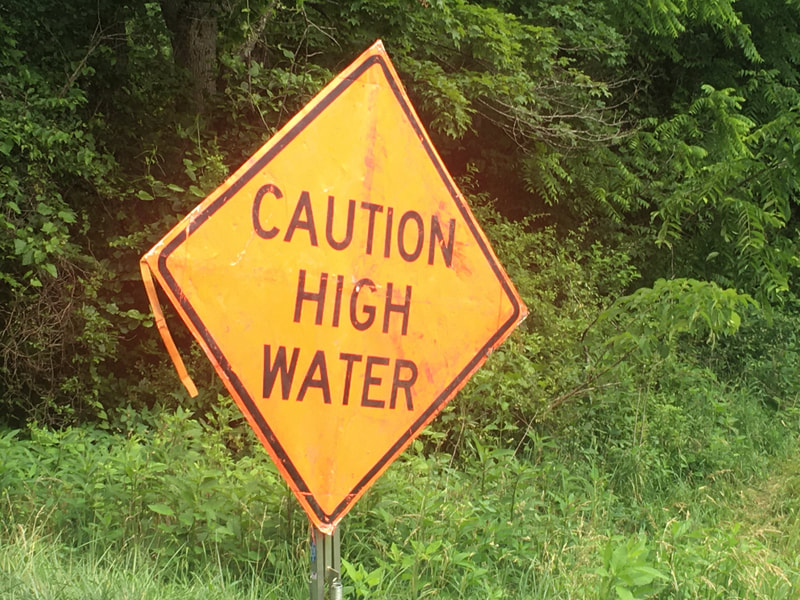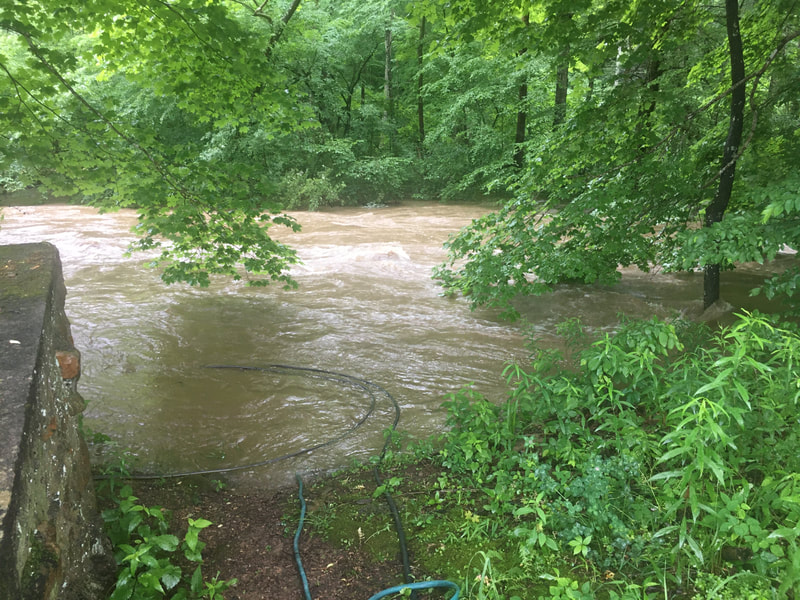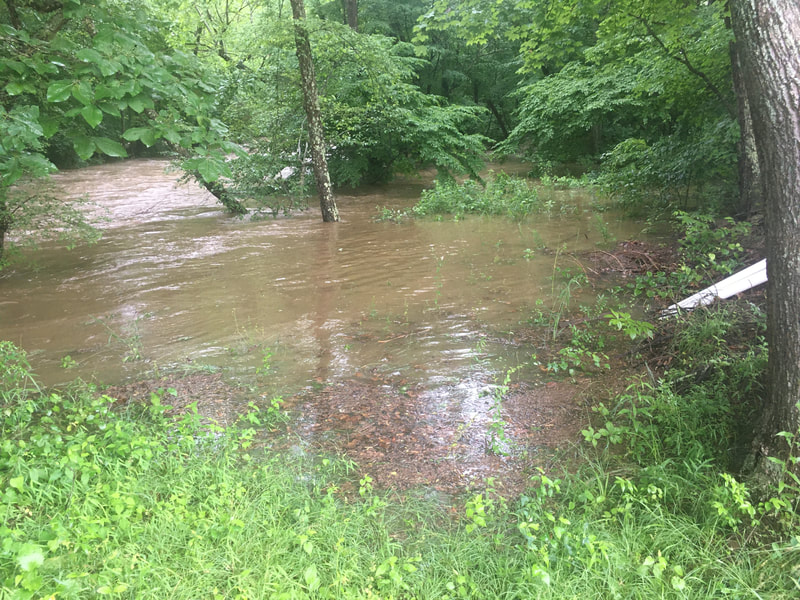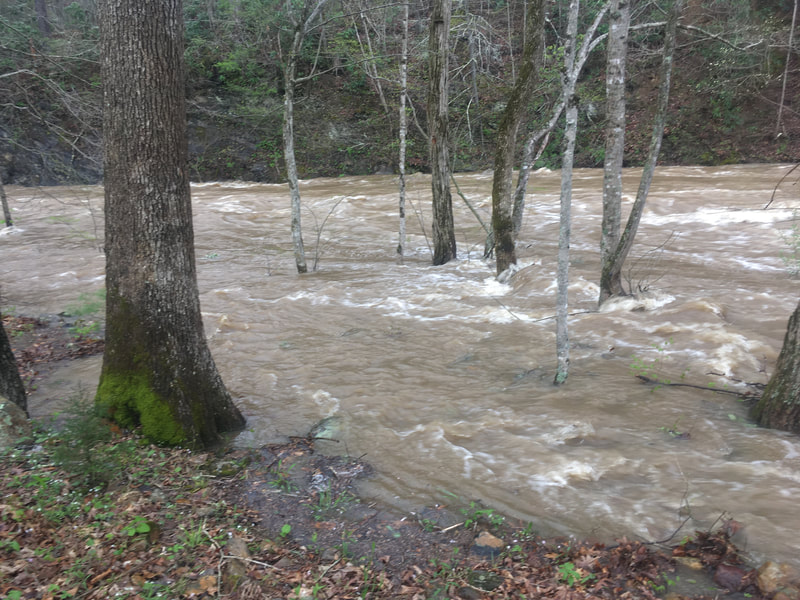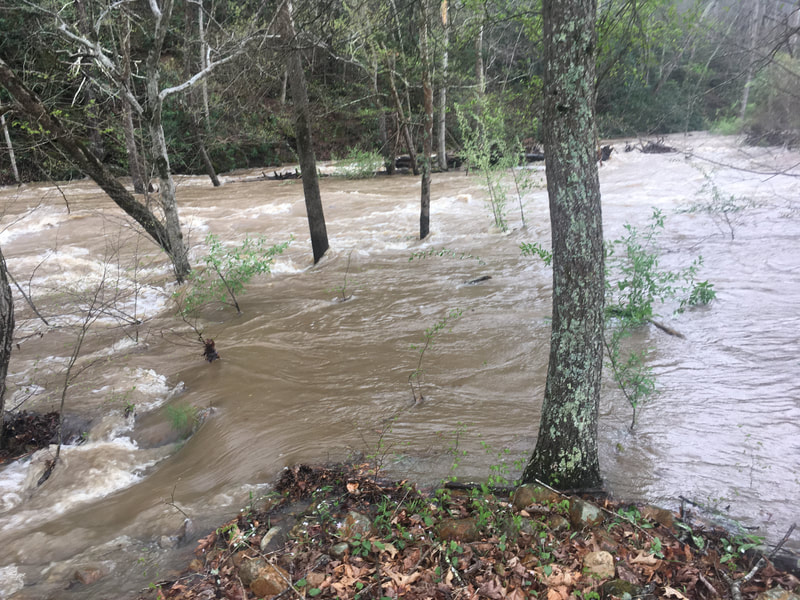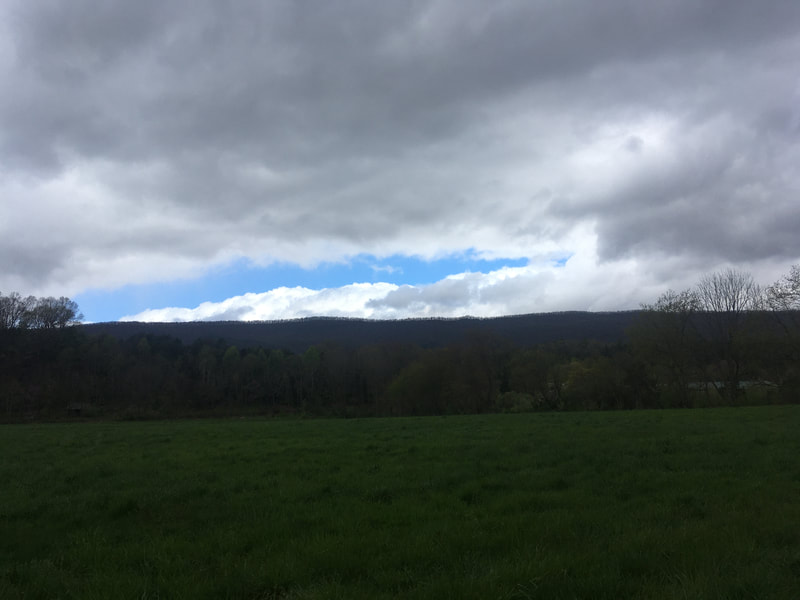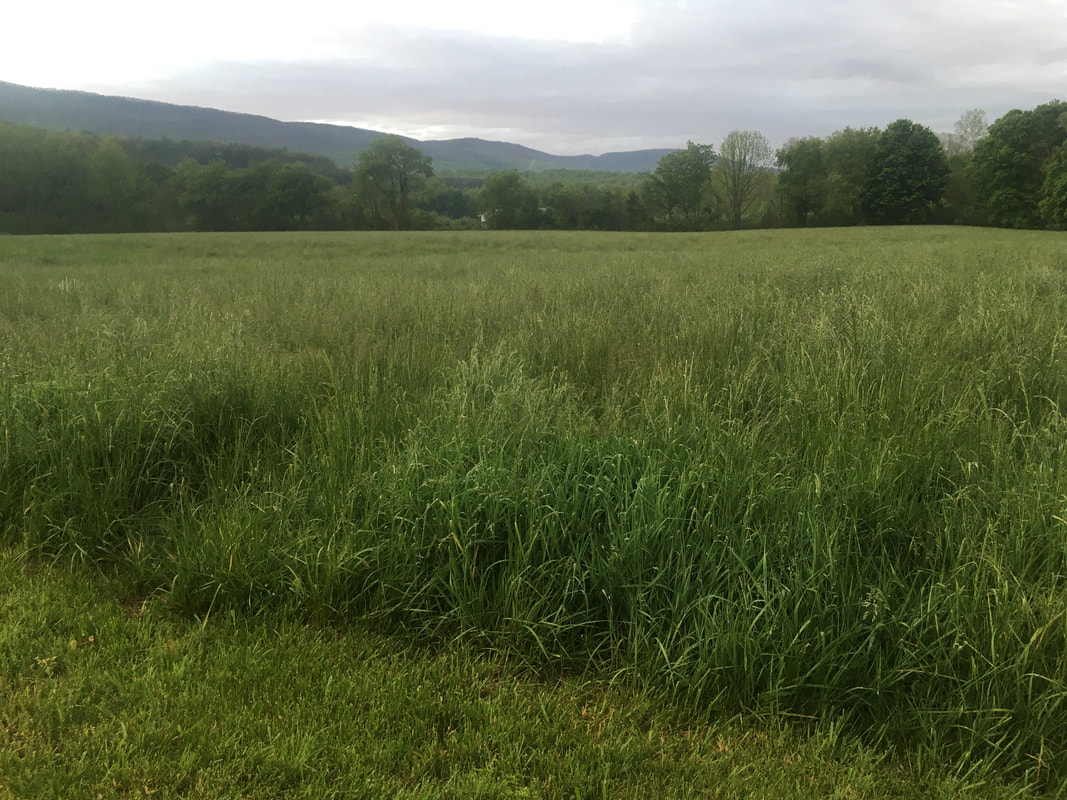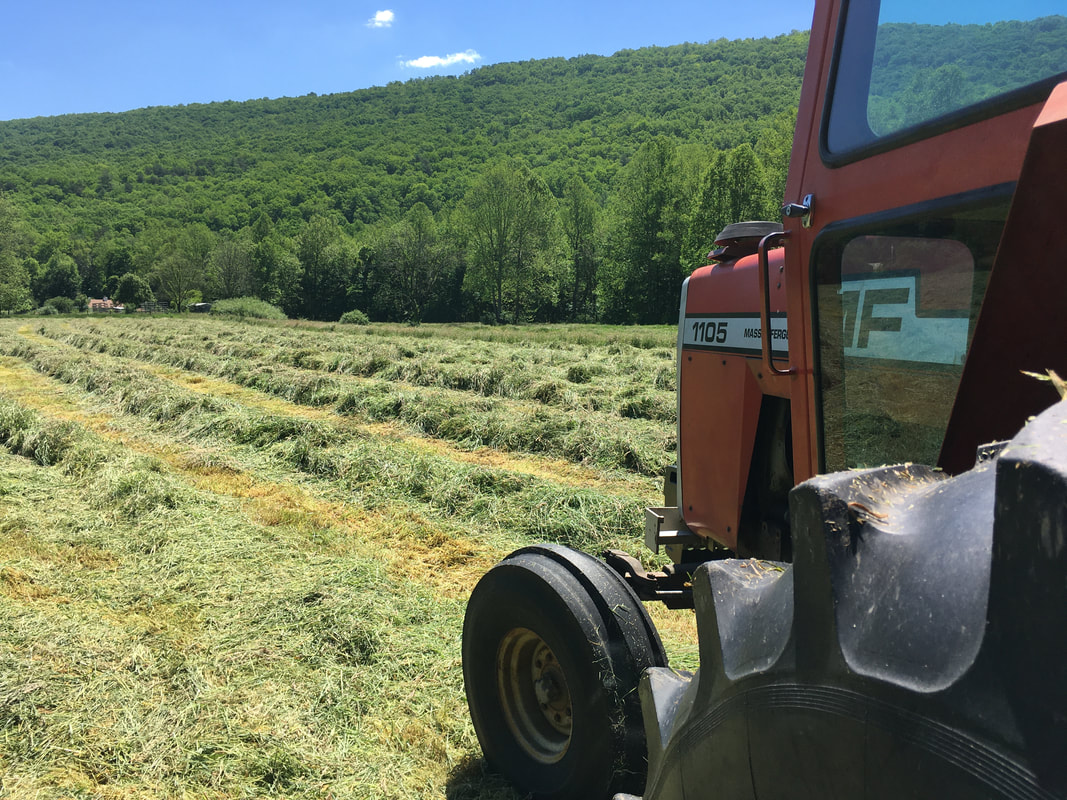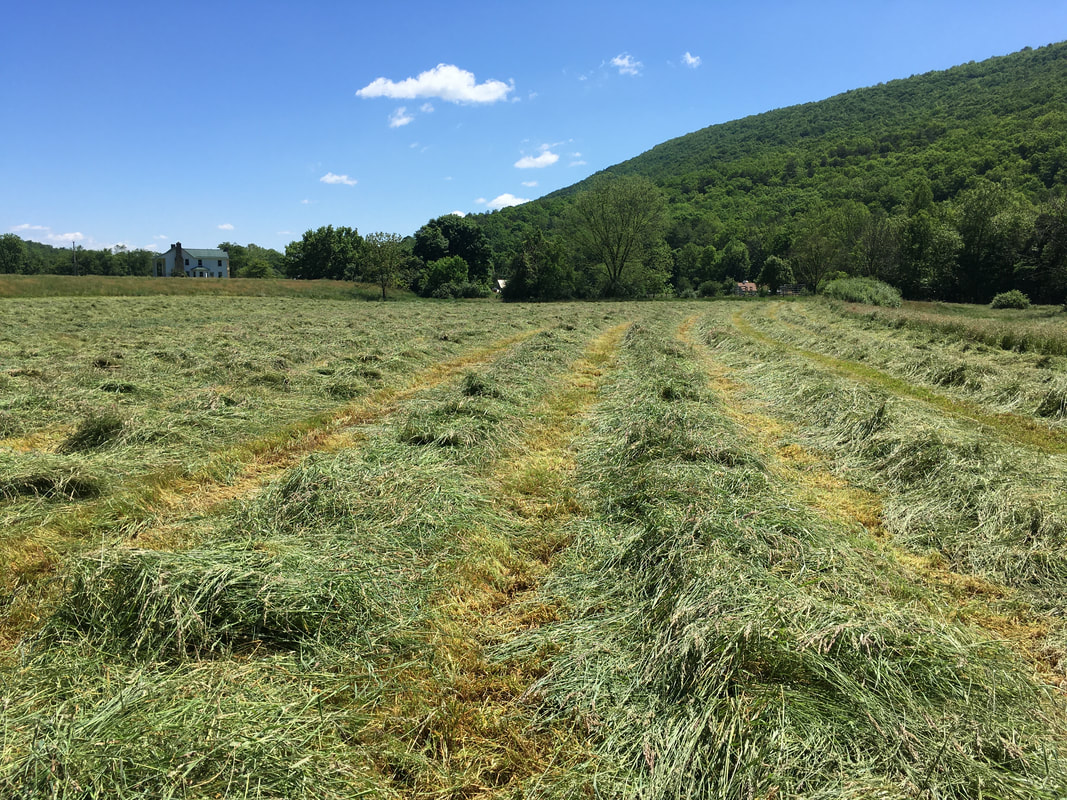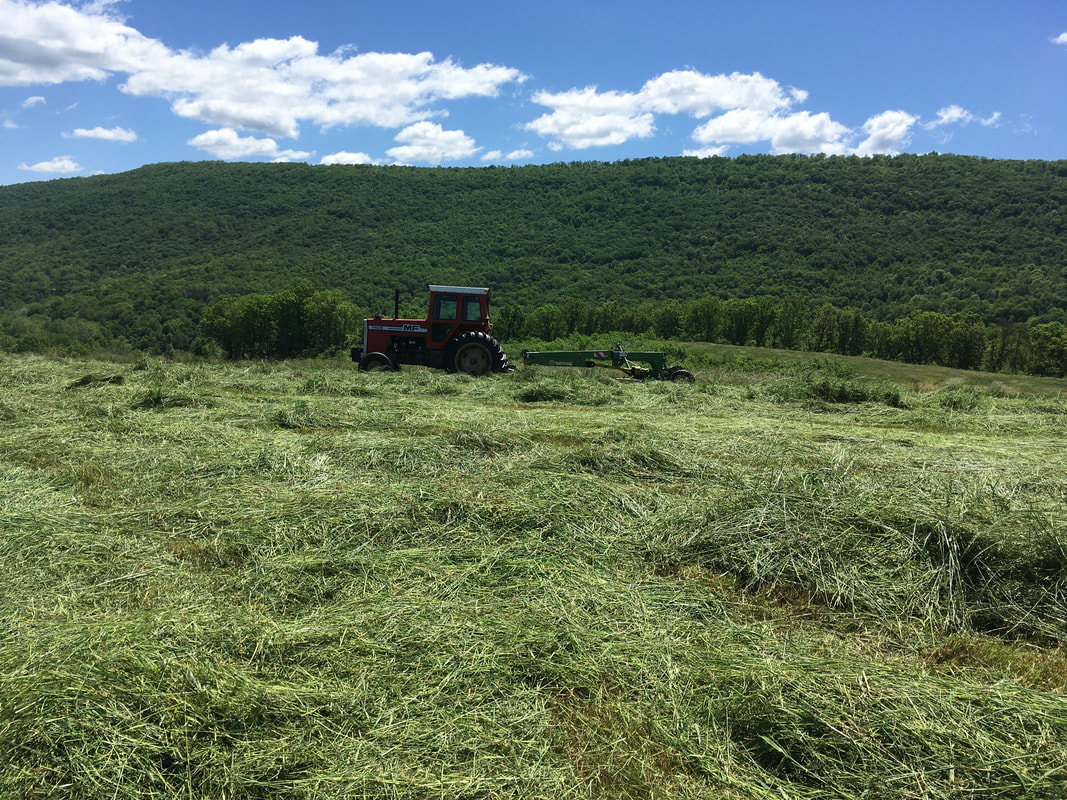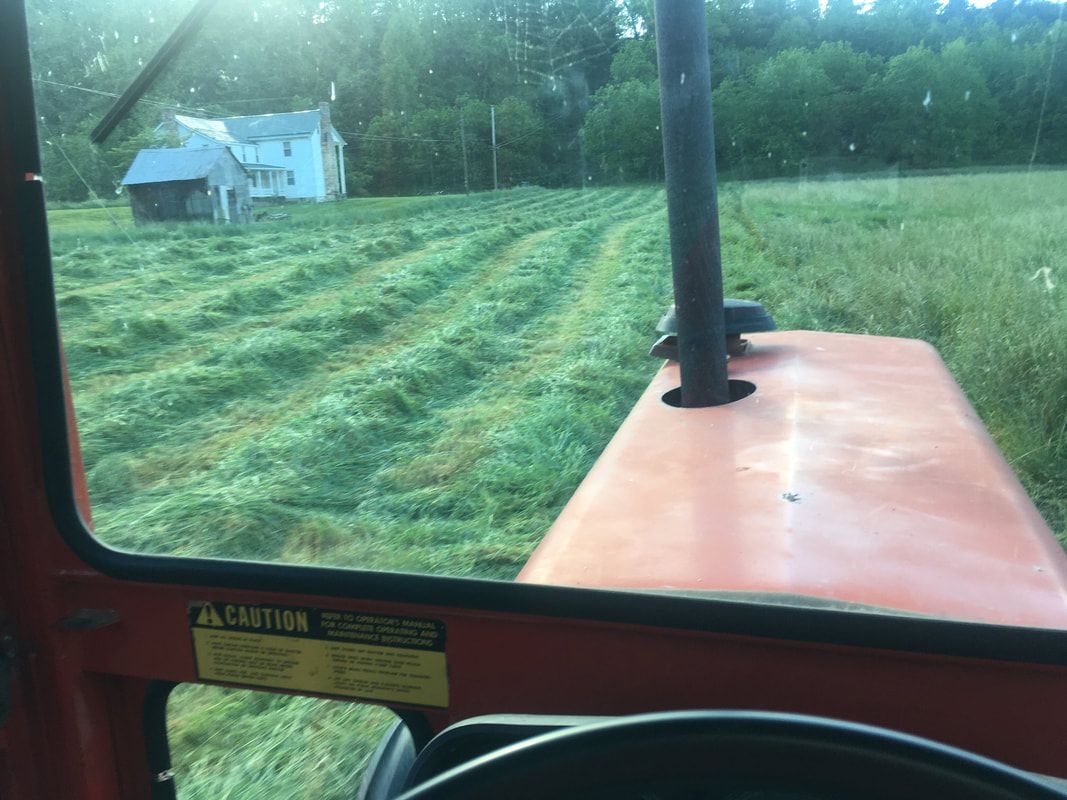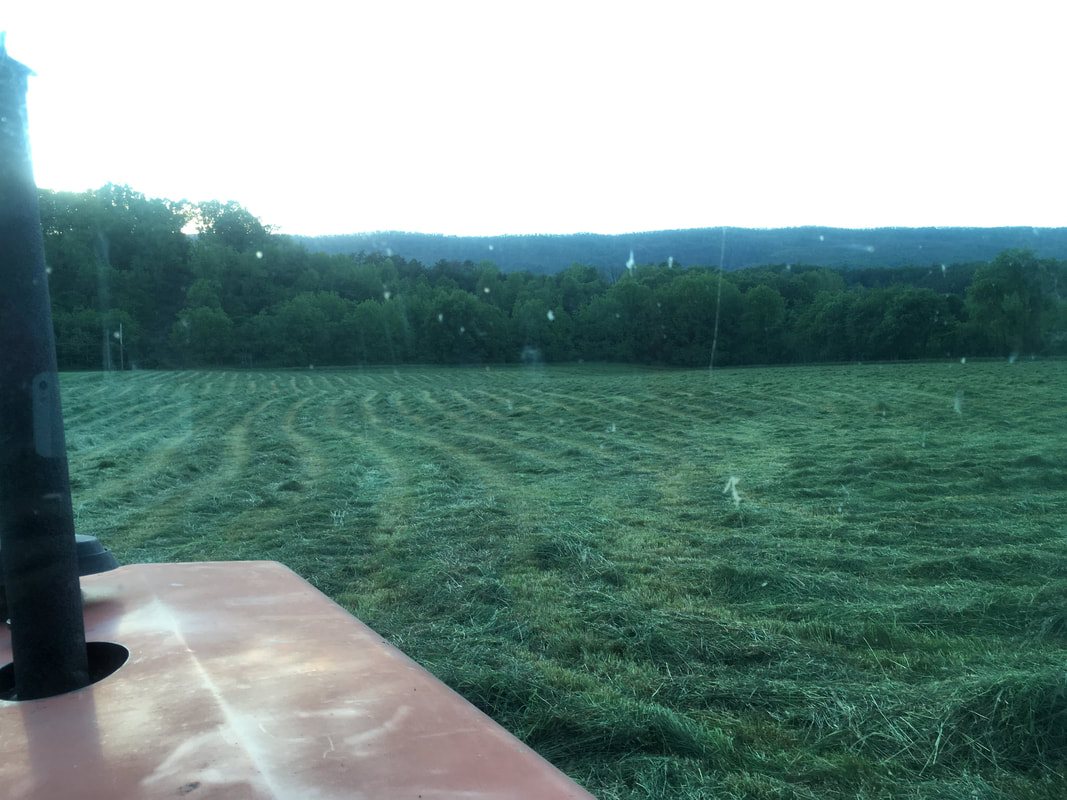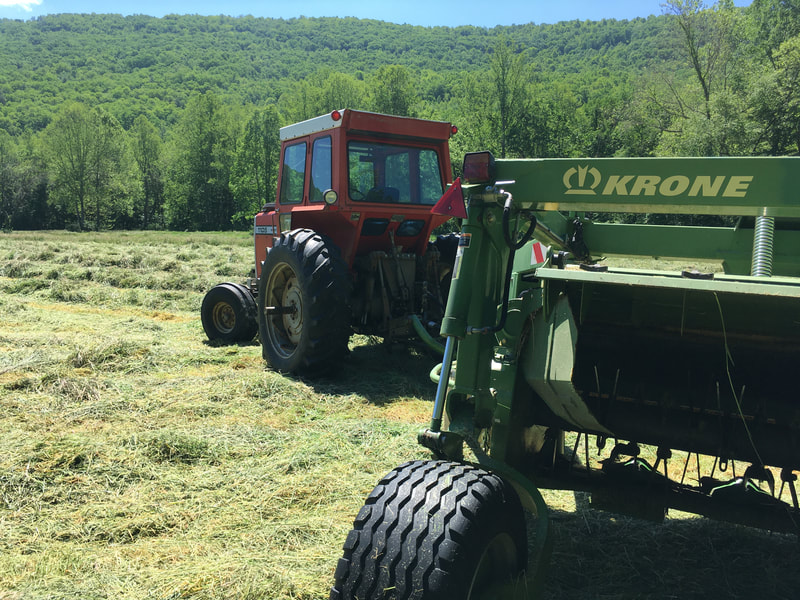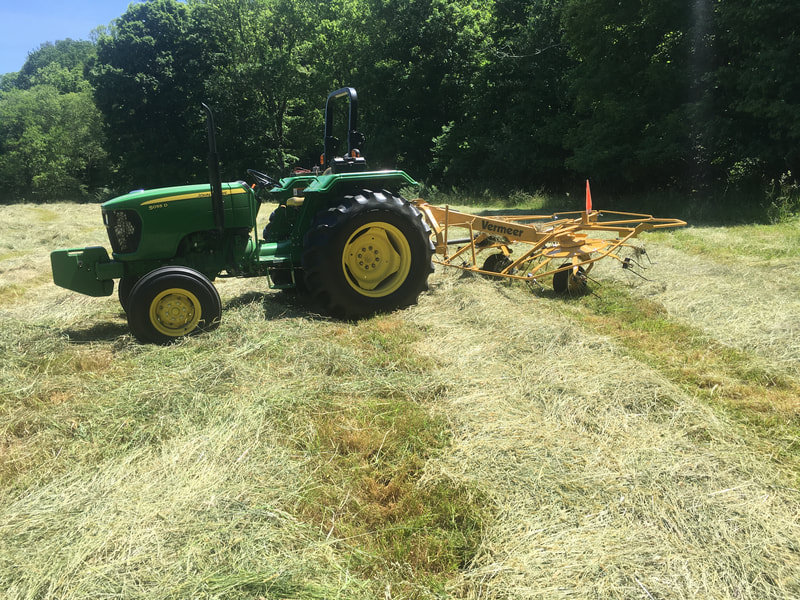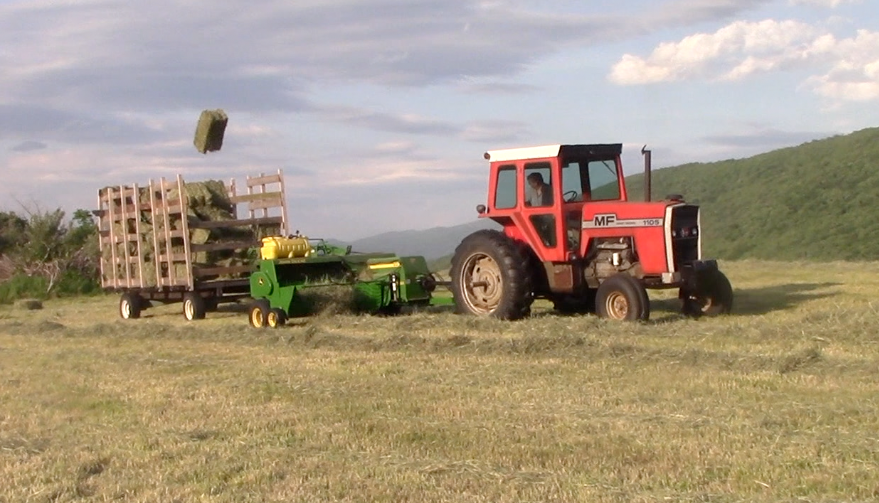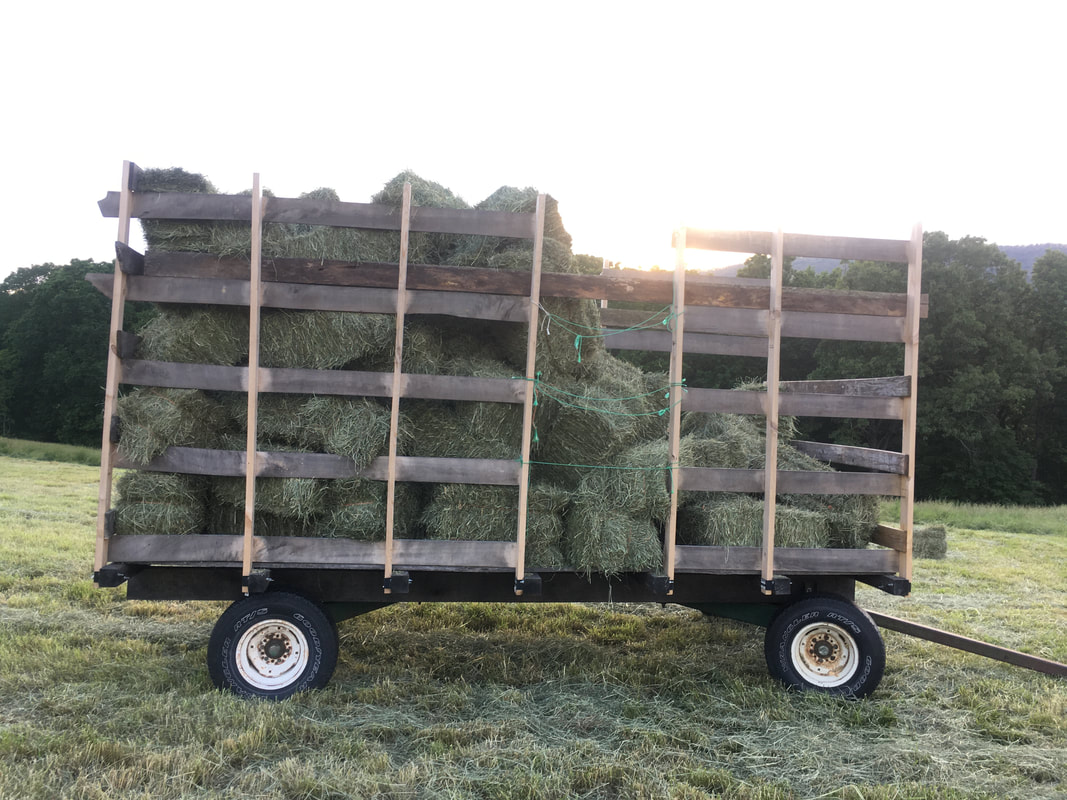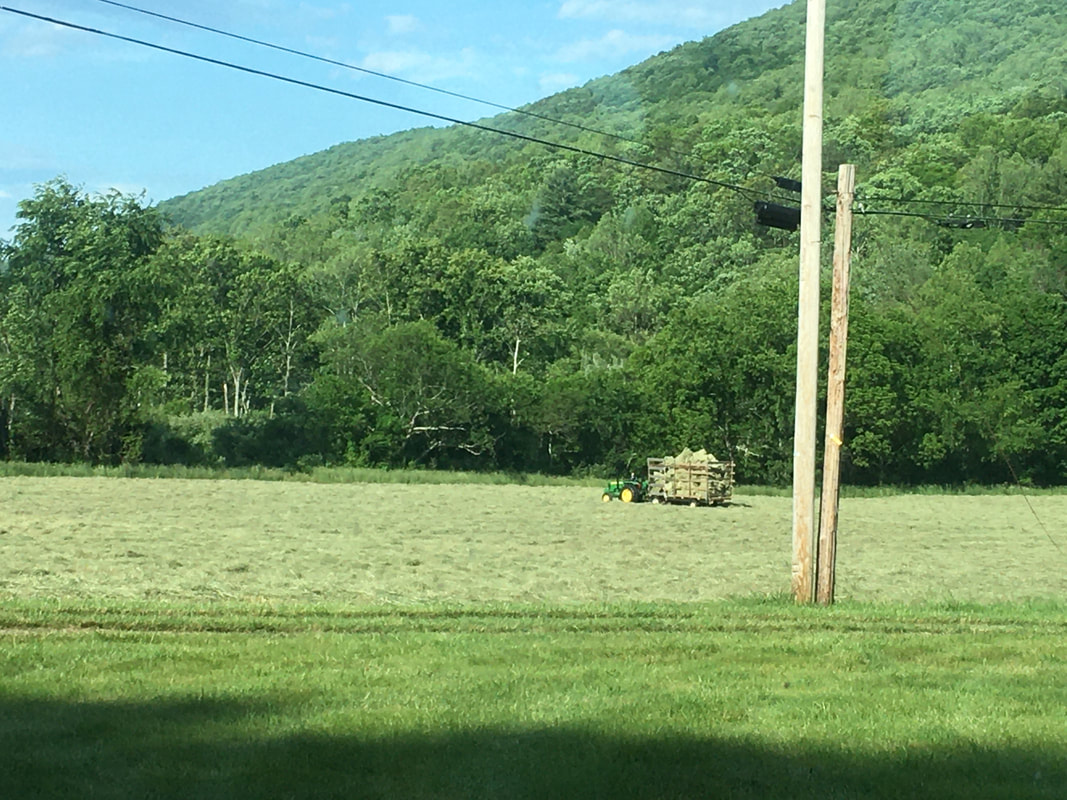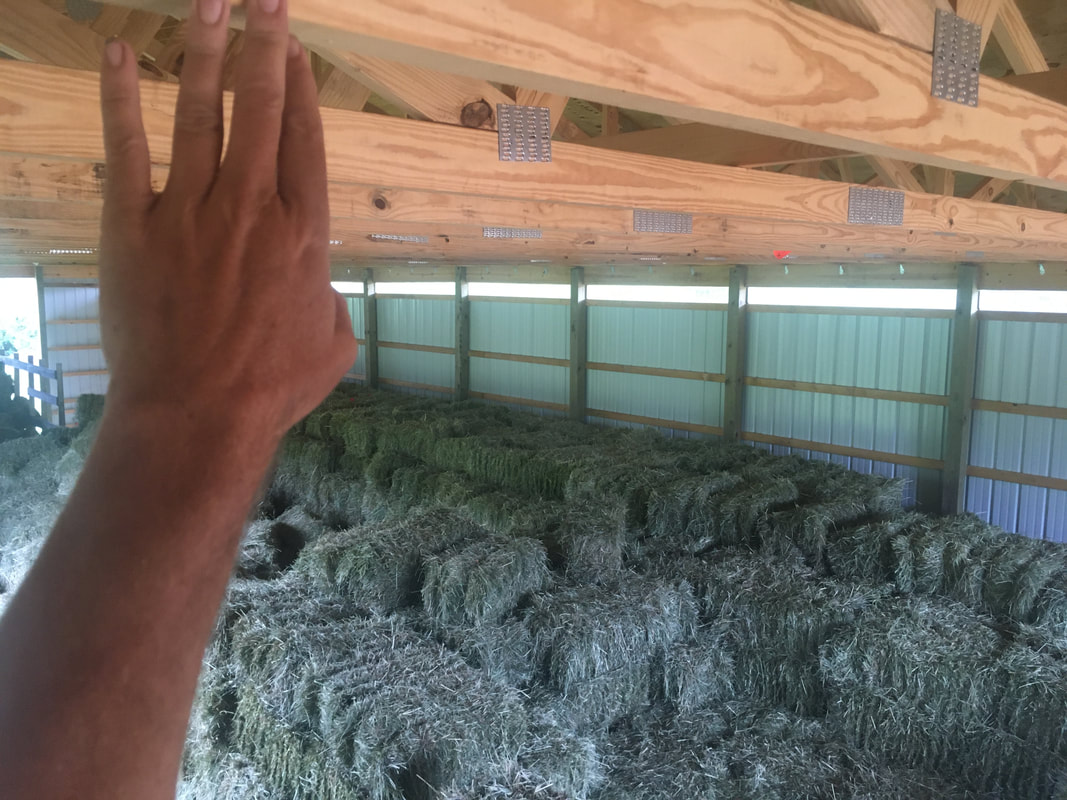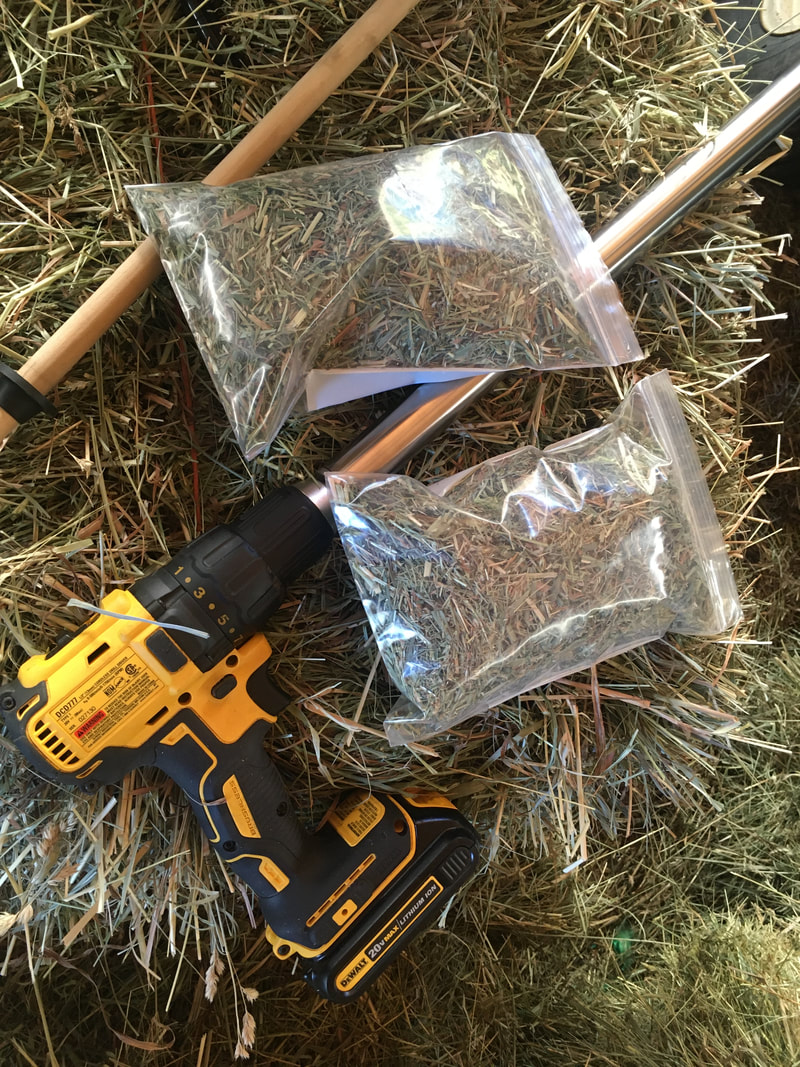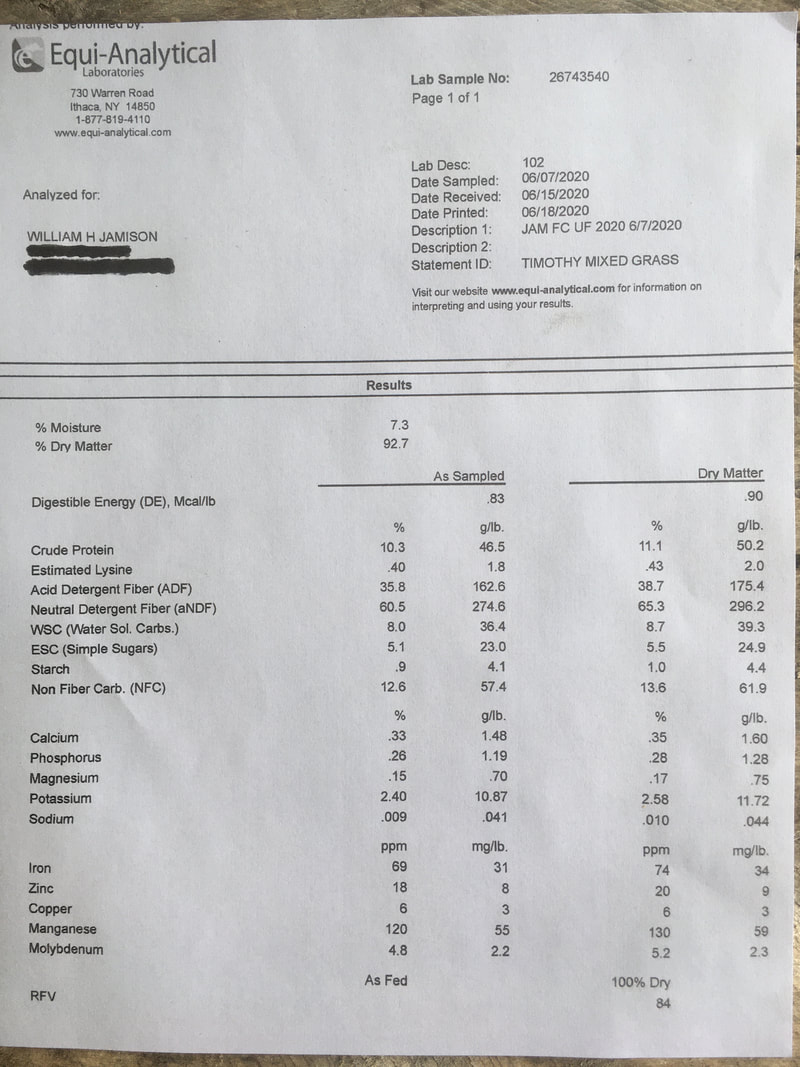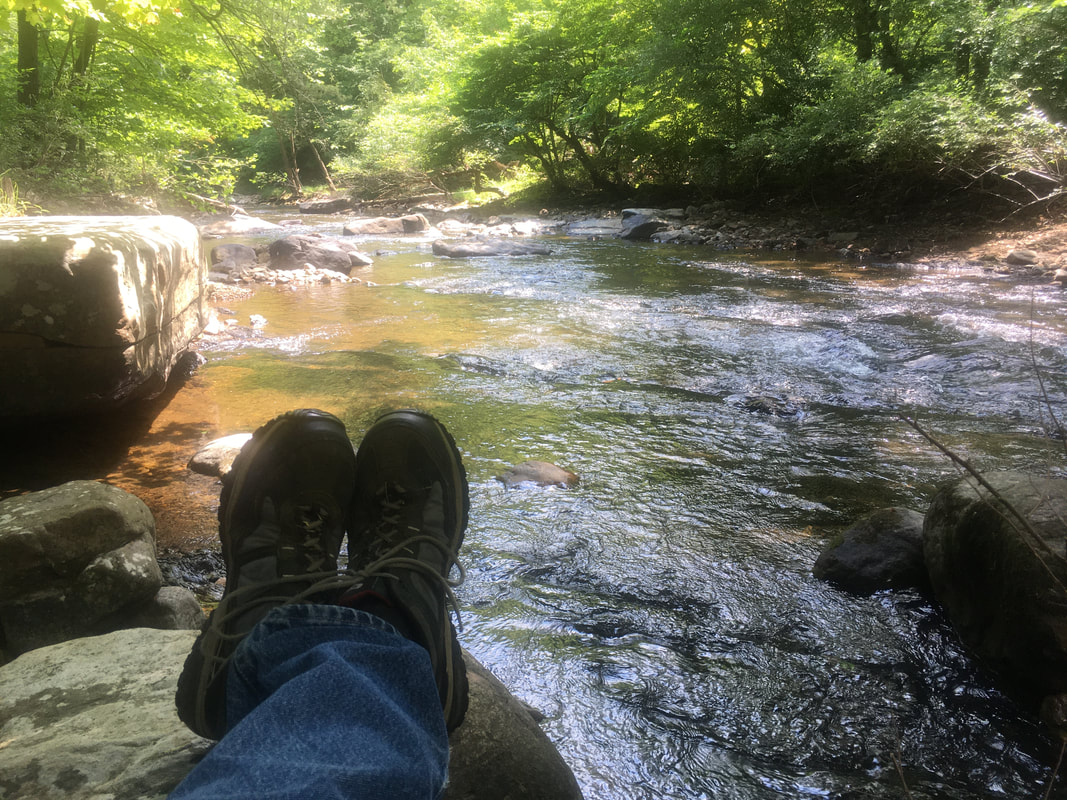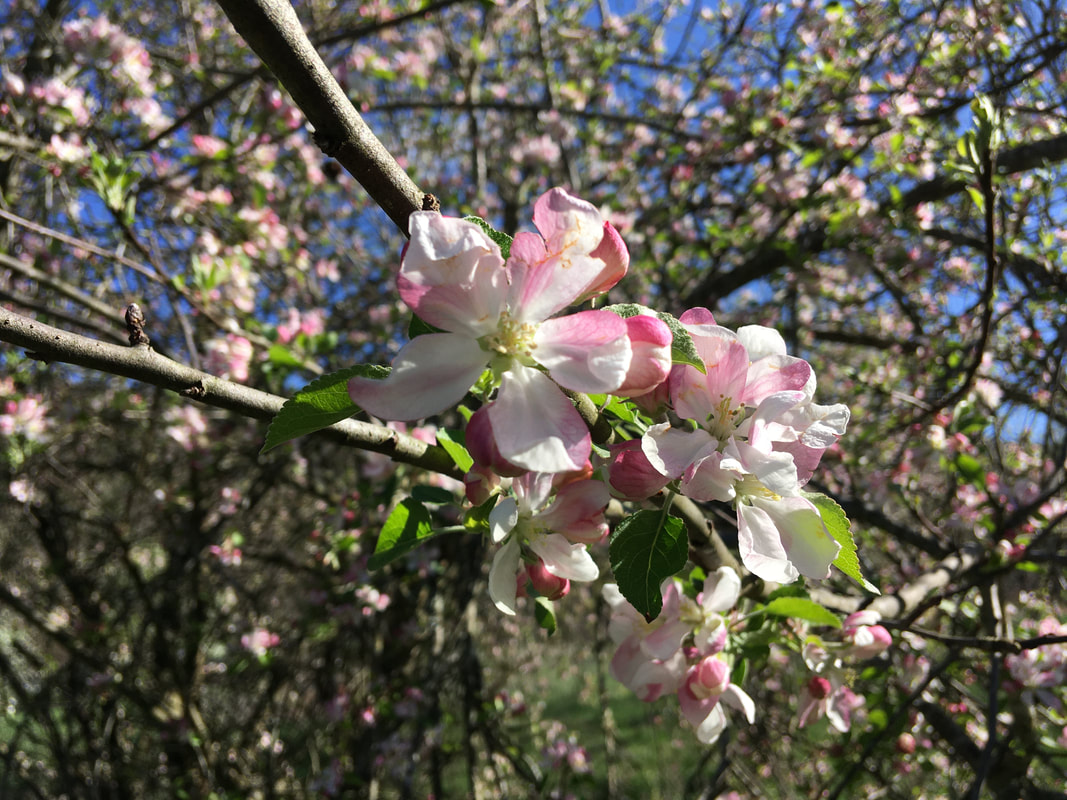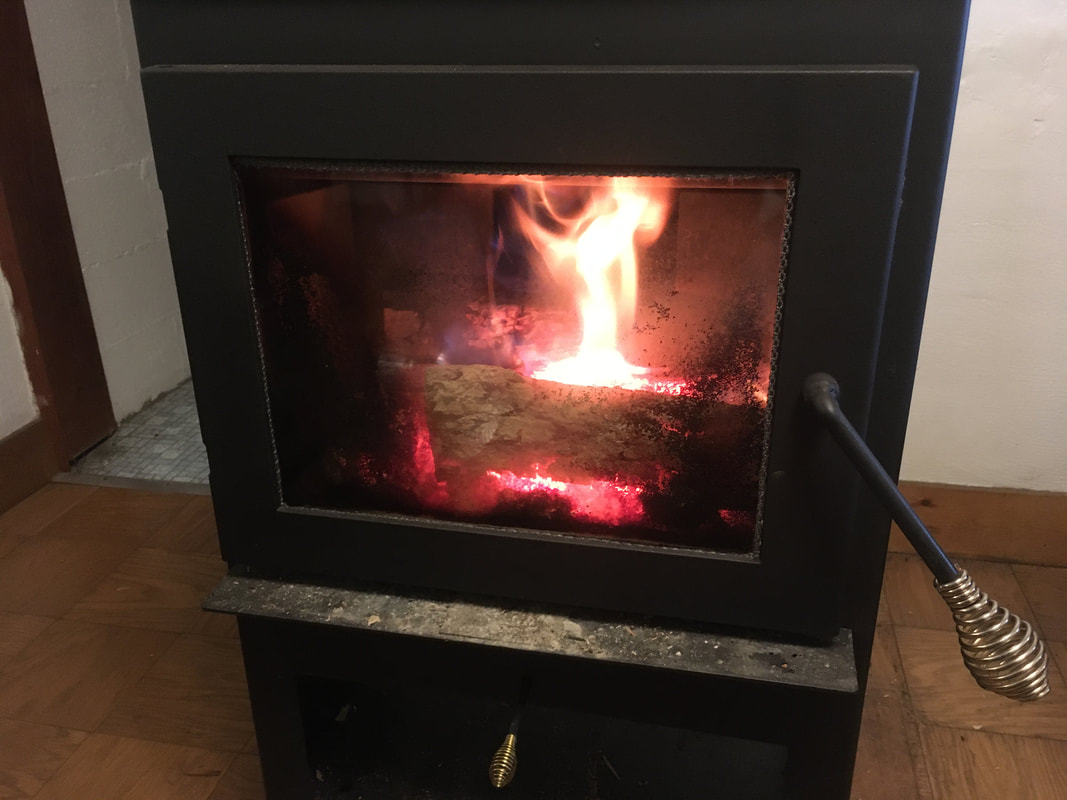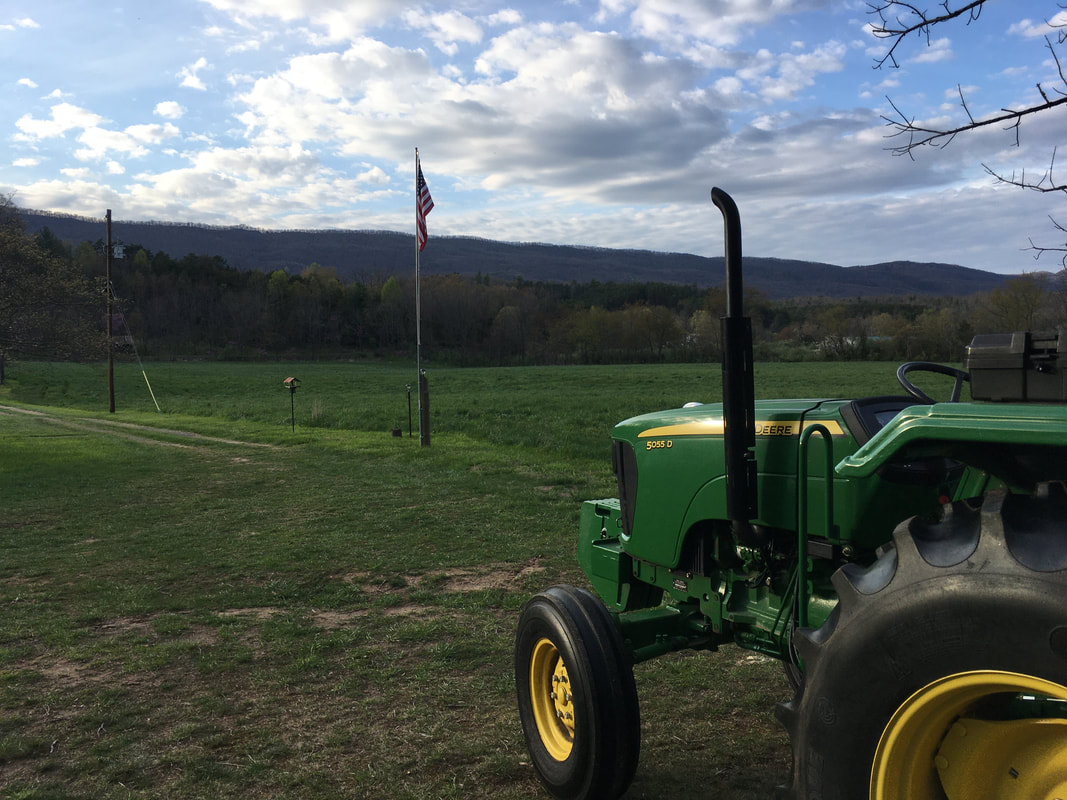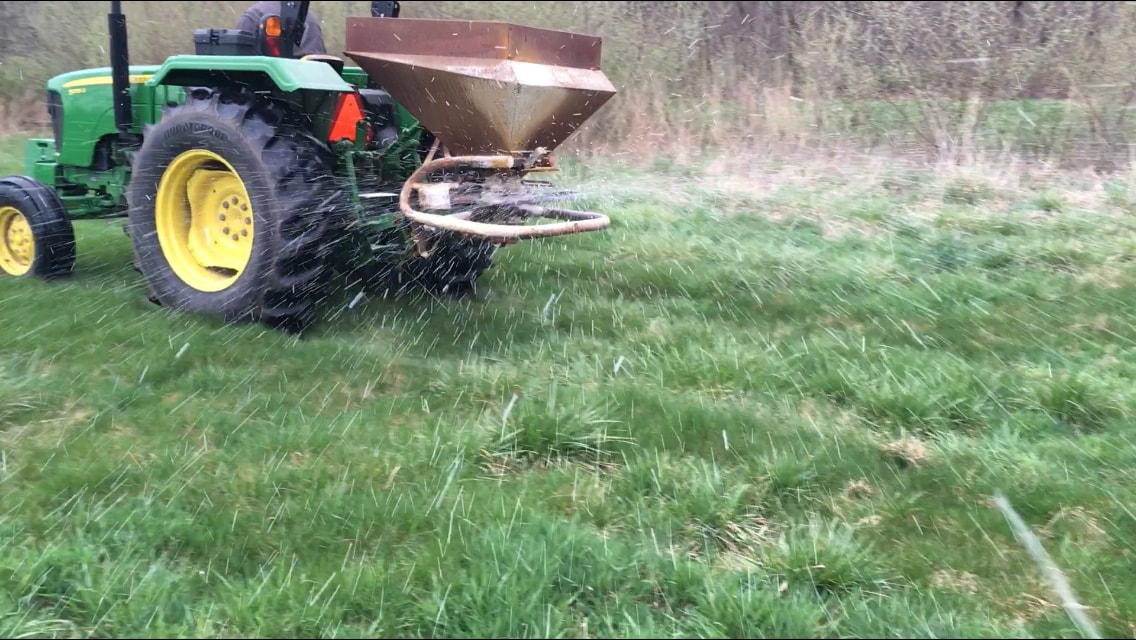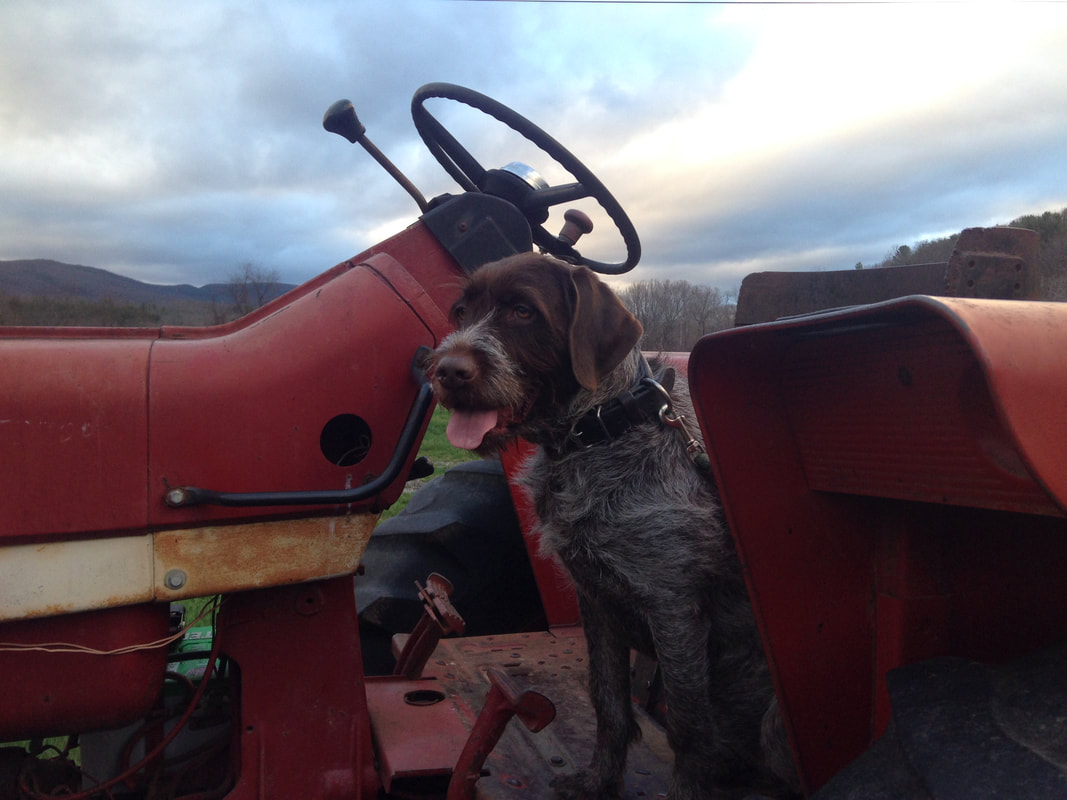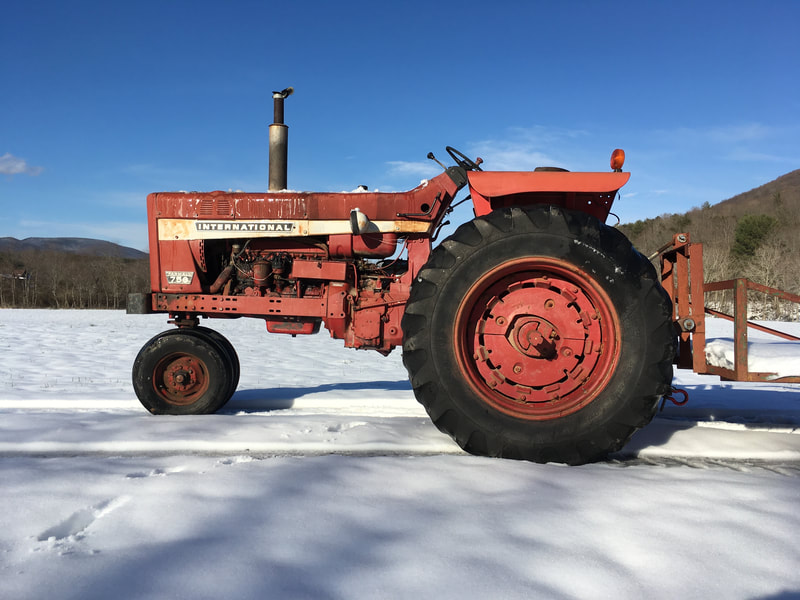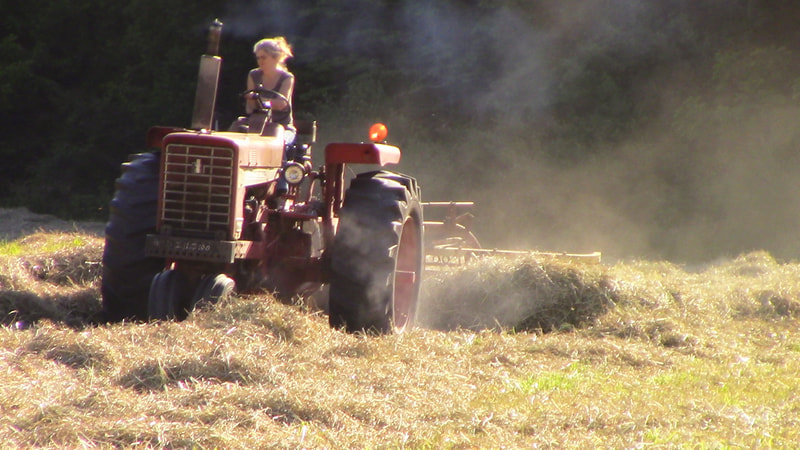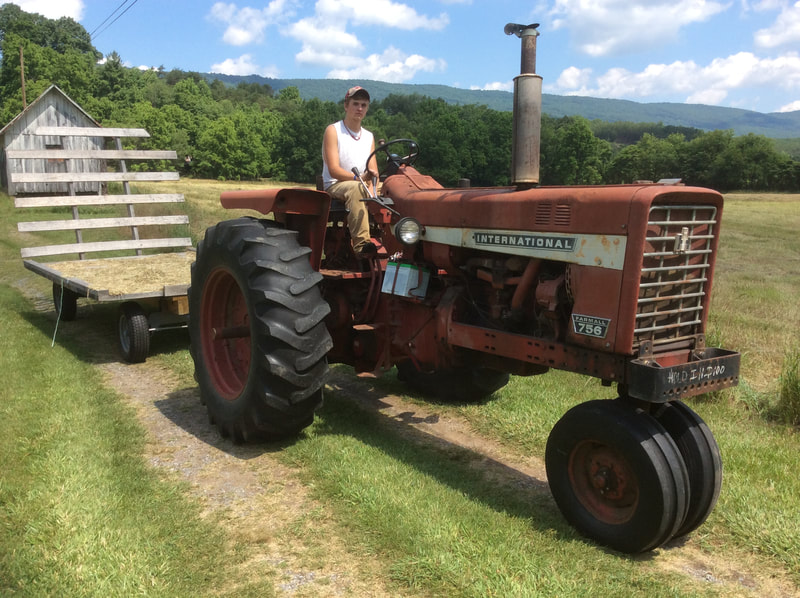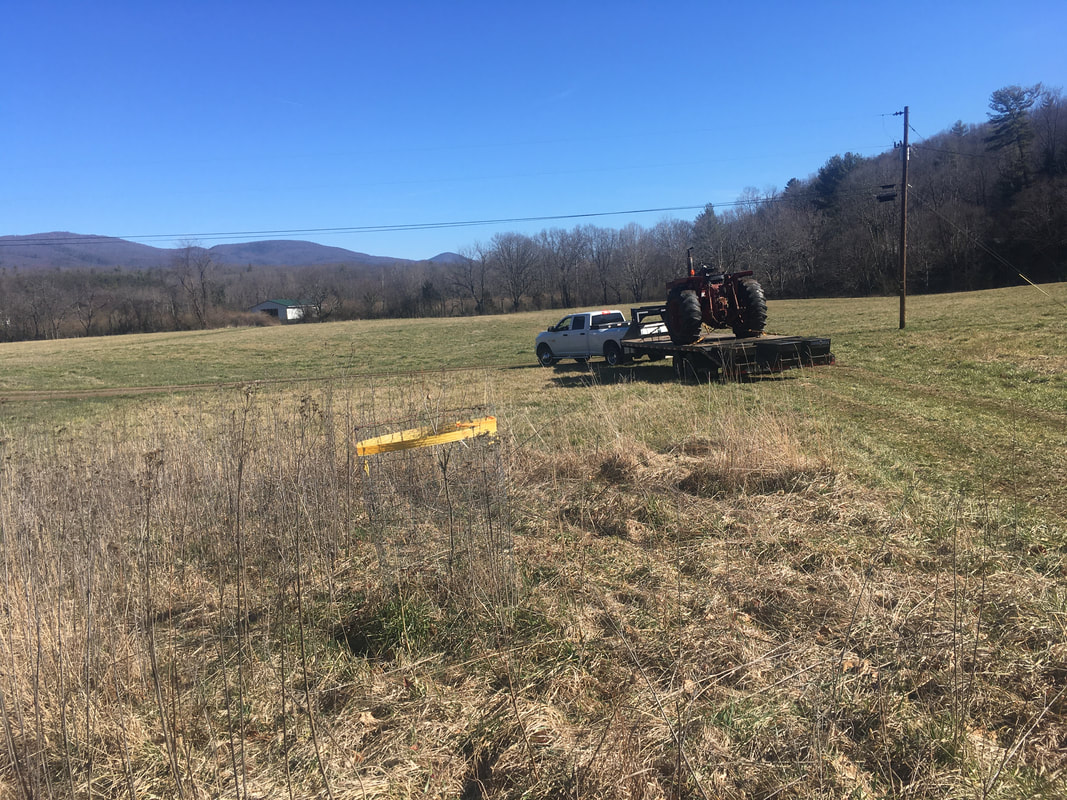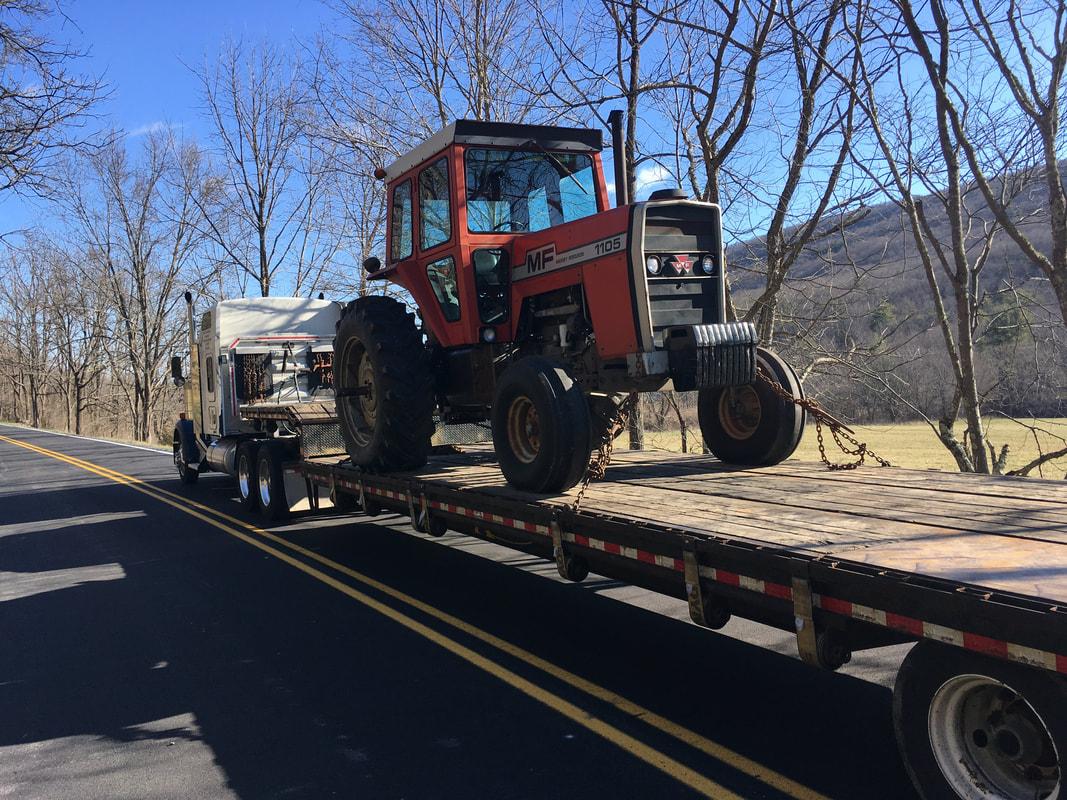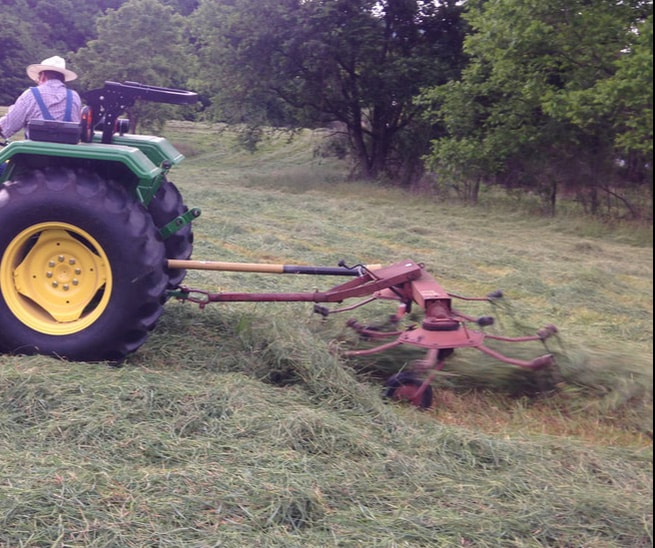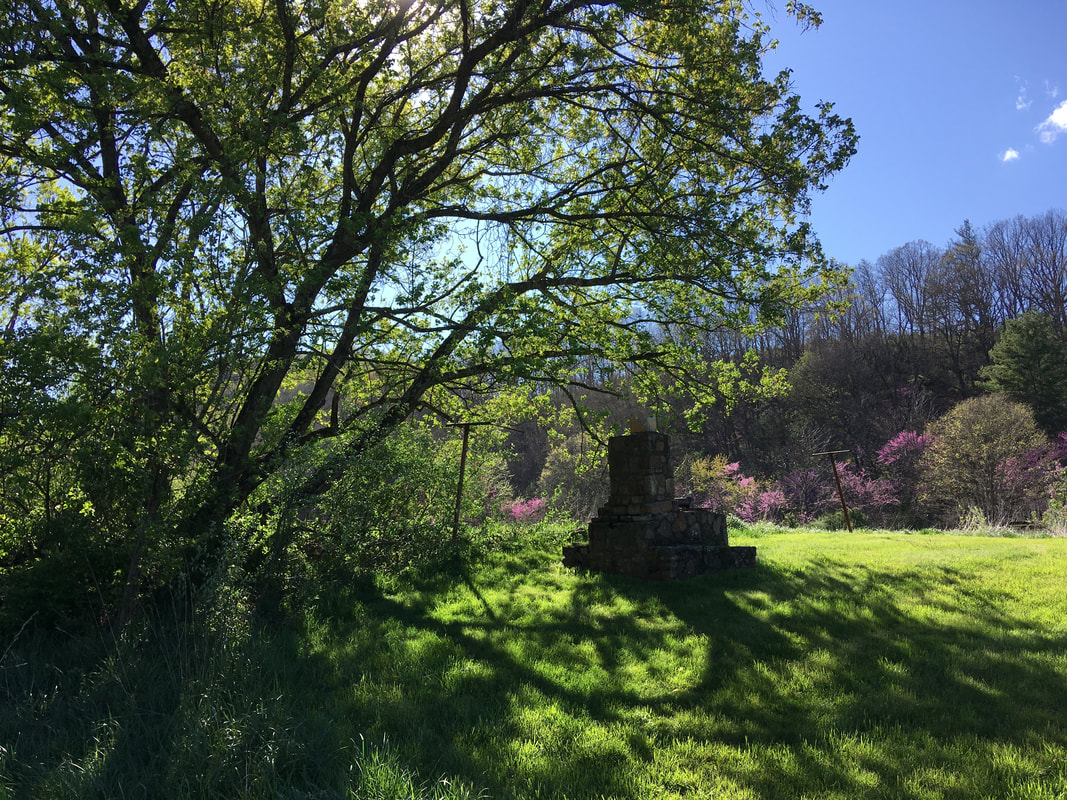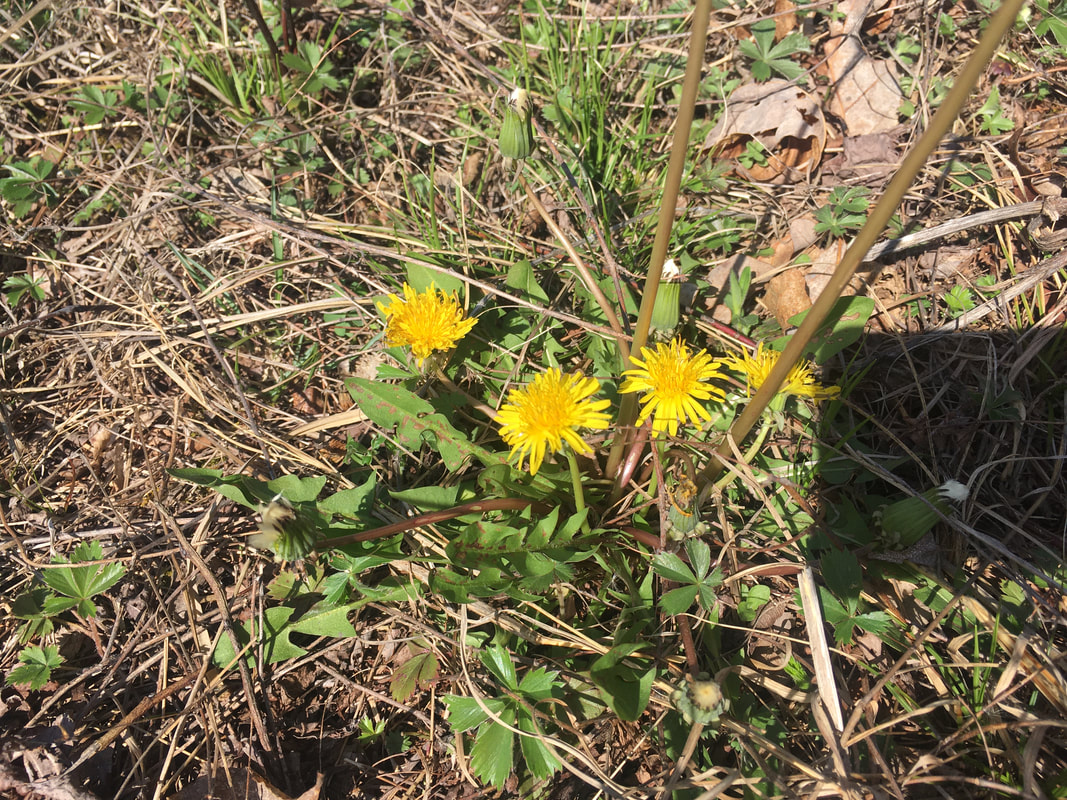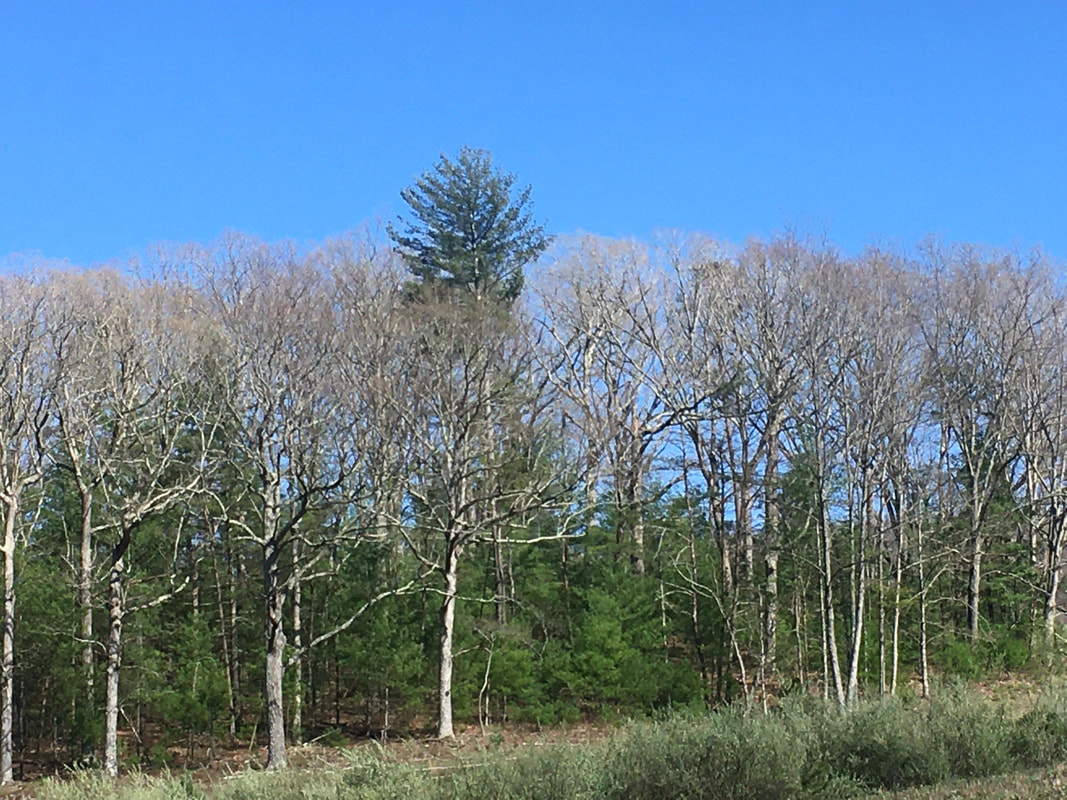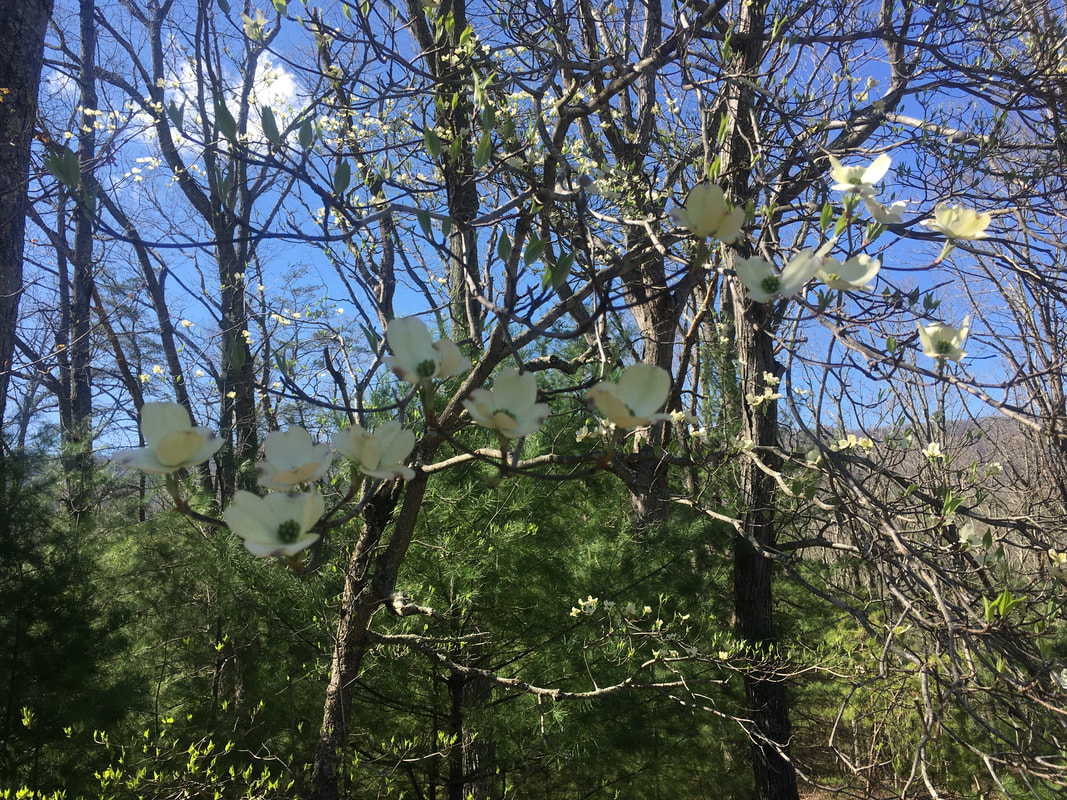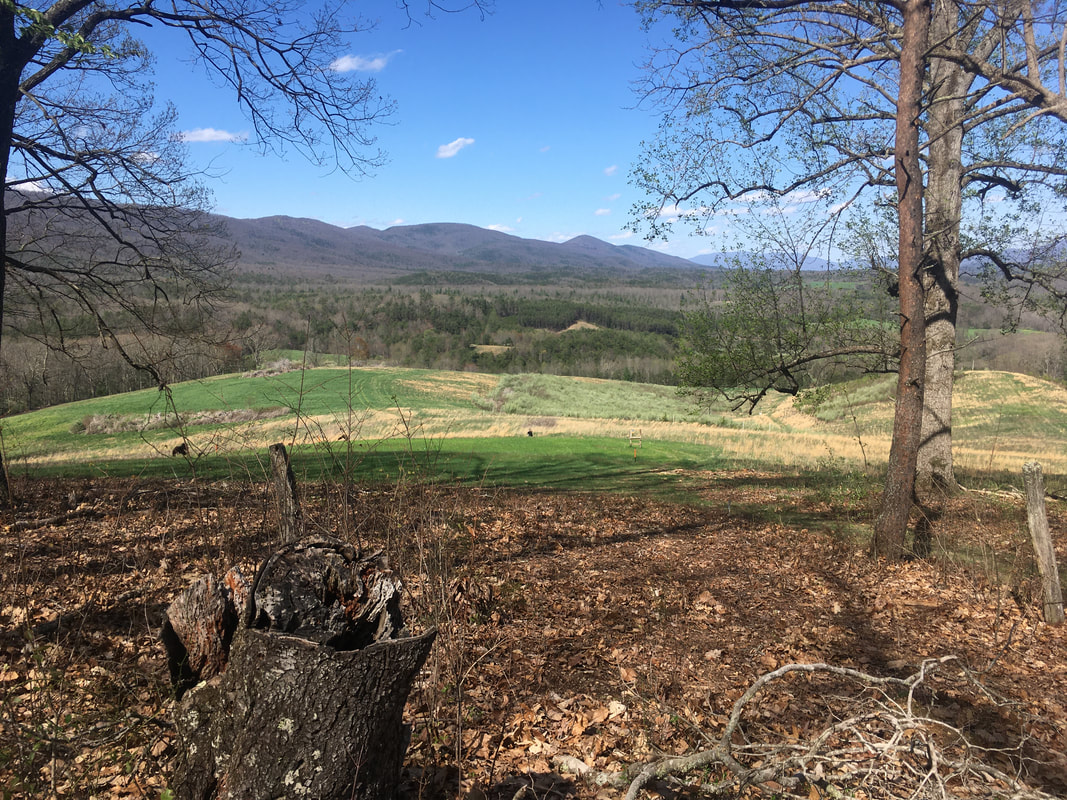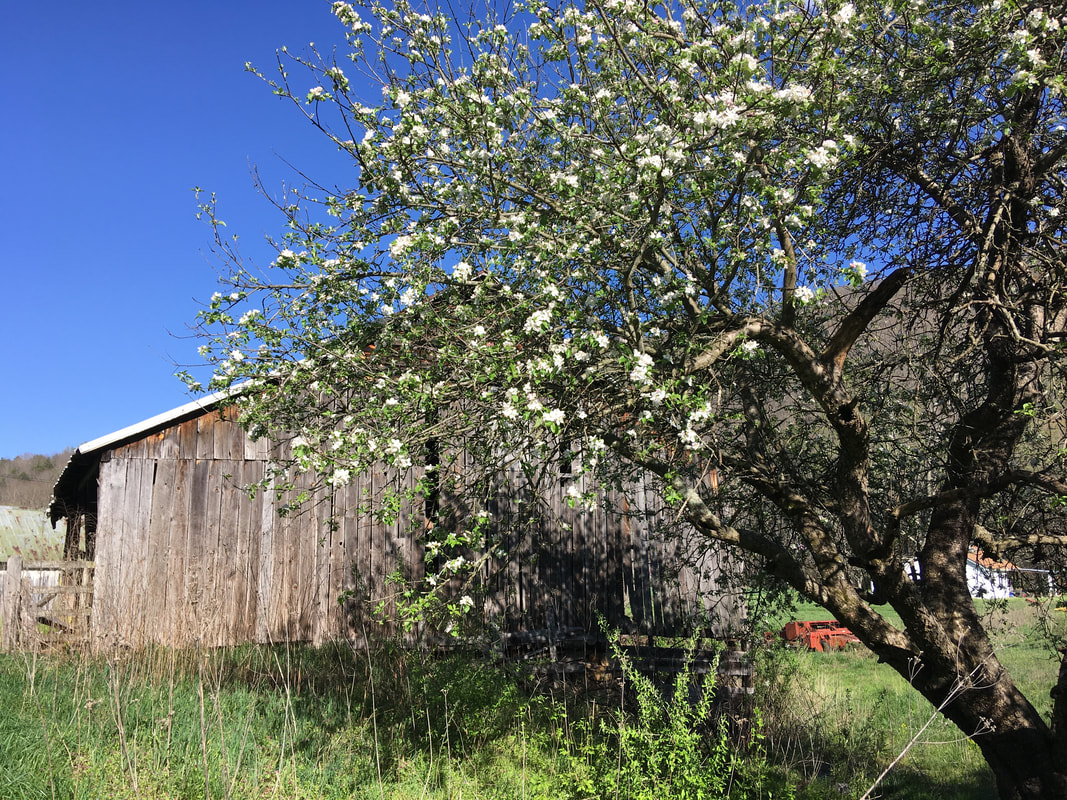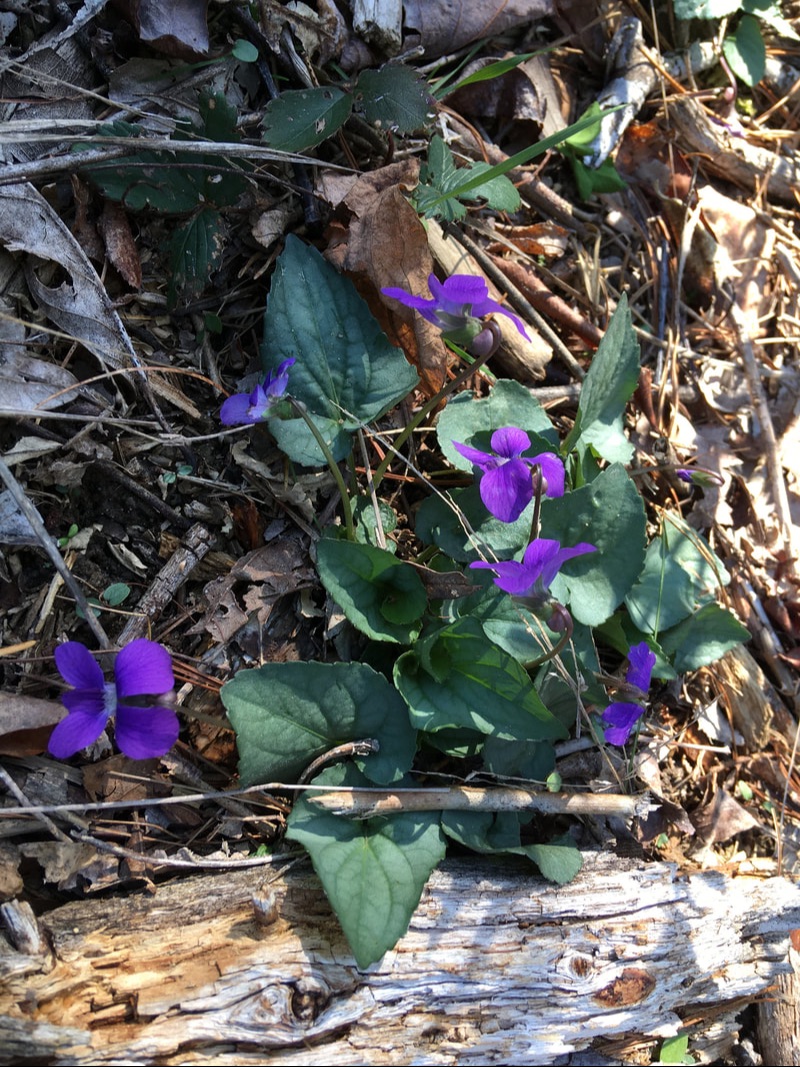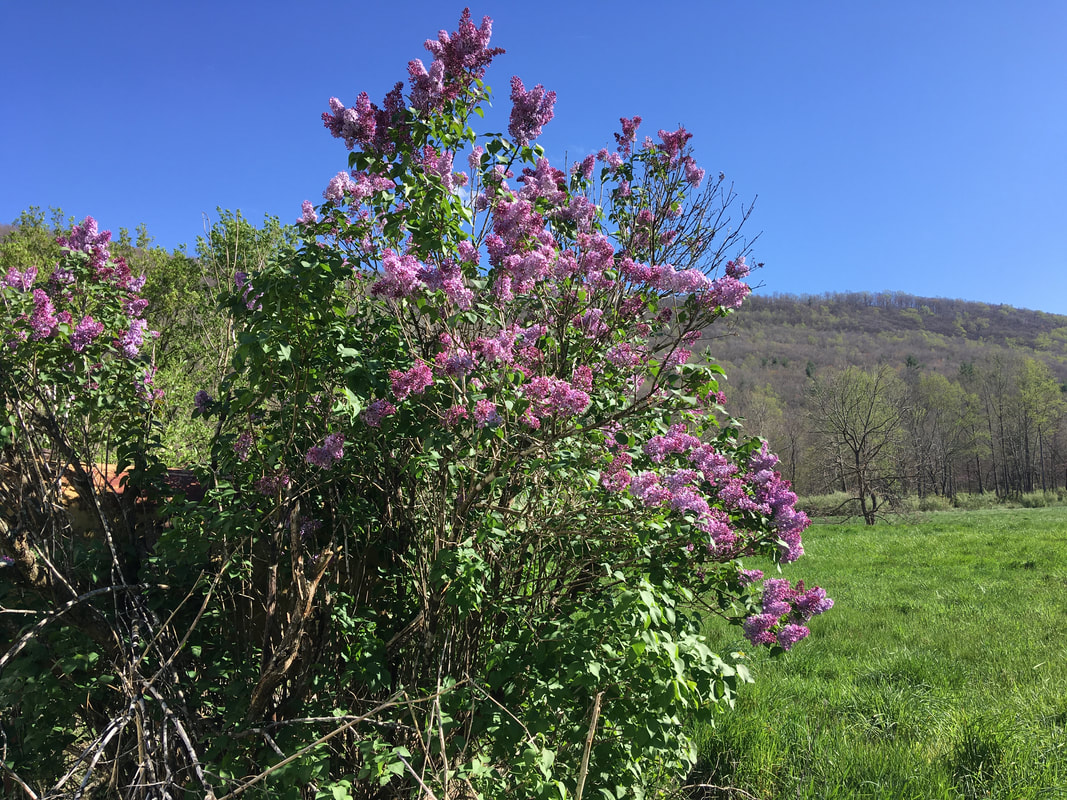|
I am typing here in the wee hours of December 24th - Christmas eve. While we have a nice forced air gas furnace, I still like to burn our wood stove when I have time and the temperatures plunge. I have time, the temperature at the moment is 2 degrees F, the wind is blowing and the wood stove needs a stick or two of firewood. While I'm up, I thought I'd enjoy the quietness and write a blog entry. We actually have two wood stoves in our house; one in the living room and one in our basement. The woodstove I'm attending tonight is the one in the living room. It is a Woodstock Keystone stove and is a mix of cast iron and soap stone. It is a beautiful piece of work and has been a great heater for us. The stove has a nice front glass and andirons that give it a fireplace look. The soapstone evens out the heat. When the fire is raging, the soapstone takes the edge off the heat, holds it to some extent and when the fire dies down, the soapstone releases the heat into the room - creating a soft even radiant heat. The Keystone utilizes a catalytic converter element that lowers the temperature in which gasses off the firewood would otherwise burn. This scheme allows the wood stove to ignite these gasses for additional heat instead of sending them up the chimney. It also gives a very clean burn; when the catalytic converter is burning, there is no visible smoke going out the chimney. The catalyic converter is in the top of the stove. When it gets hot, it glows red as shown in the pic below and stove top temperatures can reach 700 degrees F - a very hot stove! May the Hay Dog enjoys the intense heat, often sleeping with her head under the stove... She generally wakes up panting uncontrollably and drinking copious amounts of water afterward... My pics of the stove do not do it justice. Below is a pick from the Woodstock website of the Keystone. Their website is woodstove.com. Enough about the wood stove... Today, being December 24th, is part of a trend that will continue from this past December 21st until June 21st. We get a little more daylight everyday. This is good news on the Jamison Family Farm as much work lays ahead of haying for 2023. January will be here in a a week or so and then February and March. We will start fertilizing and potentially spraying for weeds come March - time is already short! Speaking of fertilizer, prices are still very high - as with everything. If we do fertilize, it will likely be minimal and while it impacts our yield, it also has a huge impact on our bottom line. Our farming is not a hobby operation, but one that generates income; we will carefully manage our inputs to maximize profit. Of particular emphasis in 2023 will be clean, early cut hay for maximum quality. We will apply herbicides accordingly and may overseed some teff grass into our existing stands to create a thicker volume of hay growing - to increase yield, but also to help choke out weeds. 2023 will bring a change to how we manage hay inventory and customers receiving it. Due to the high cost of inputs, diesel, etc., in 2022, pricing was higher for this farm and every other haymaker I know. Typically we hold hay for repeat customers almost to a fault. In 2022, we turned away potential new customers who wanted hay sooner than later - in favor of holding hay for these historical repeat customers. A number of these repeat customers choose to shop for lower cost hay, which I understand. Others wanted X-number of bales, but when they came, took half or less - denying new customers available hay. All of this came at a cost to this farm and we did not move hay out of our barn as quickly as previous years. We lost potential new customers and had to park expensive hay equipment outside in the weather due to a barn full of hay. The change in 2023: Hay will be sold first come, first served going forward. May the Hay Dog would prefer I type about Christmas... Here on the Jamison Family Farm, we are of the Christian faith. We rejoice and give thanks for Christmas Day and the birth of our Savior - Jesus Christ. Along with May the Hay Dog, the Jamison Family wishes everyone a Very Merry Christmas and a Happy New Year!!! Before I go - a few pics from around the farm these past few months. We will see you in 2023!!! This blog entry was checked and edited by May the Hay Dog - Woof!
0 Comments
We've been right busy on the farm and it's been a while since I made a blog entry and before Summer is gone and hay season 2022 is over, I thought I take some time to do so. Haying for this year has been both challenging and at the same time - going very well. High prices impacted our fertilization and we paid dearly for diesel. Shortages made finding the type of twine we use impossible, but fortunately we had enough left over to cover this year's hay crop - so far... Typical weather gave us challenges, from being too wet - to almost drought condition at times. We made a nice first cutting of hay and are in the middle of making second cutting hay. When we get done this round - hay season is over for 2022. Yield has been down - not just our's, but everyone I know in the hay business. Without a doubt, there will be a hay shortage and hay prices already reflect. As our fields have aged, we no longer have straight timothy, but rather a mix of timothy, orchard grass and fescue. We still over-seed with timothy, but there is a rich seed bed from years past of other grasses. To keep this First Quality Hay, we labor to take care of our fields with herbicide to knock down broad leaf weeds and others. So where do we stand with current hay inventory? We have a small amount first cutting of horse quality hay available. We have an even smaller amount of second cutting square bales of hay. We have a goodly amount of what I like to call "cow or goat" hay - hay that has some weed pressure and horse customers are generally not interested. Later in the year, we will be clearing out all of our bottom bales on which we stack hay - year over year. If you are interested in any of this hay or want more info, contact us and we can discuss. May the Hay Dog thinks we have pretty good hay this year... Short update - hope everyone has had a great Summer!!!
This blog is checked and edited by May the Hay Dog - WOOF! Here on the Jamison Family Farm, things are getting busy. Today is March 23rd and it is possible that two months from now, May 23rd we will be making our first cut of hay. Equipment is being repaired, serviced and one new item has been added. This past week a truck came to the farm carrying our Massey Ferguson 1105 tractor back from repairs and a John Deere 335 4x4 round baler. As everyone is very much aware, prices for everything are rising to levels never seen before. Shortages seem to be the norm as shelves go empty in grocery and other stores. Here on the Jamison Family Farm, we are being impacted by these circumstances too. We have been unable to locate square baler twine in the size we typically use, but feel we have enough left over twine to at least get through first cutting. Diesel fuel prices are near double and fertilizer prices are near triple - if you can get it. We are cutting back and so are most every hay farmer I know. Our yields will be down and so will other farmers. I predict hay will be in short supply from squares to rounds; prices will reflect. If we have a summer drought, this will add to what I think will be a very tough year for hay supplies. It is possible that we will only have enough hay to service yearly repeat customers; new customers and/or those who buy every few years may be turned away. We will see. These high prices are touching everyone, even May the Hay Dog. She may have to cut back from fresh meat treats to dry soybean taffy and tap water... More info as it comes - stay tuned. Hope everyone is having a great 2022! Disclaimer: This blog entry is checked and edited by May the Hay Dog - WOOF!
Today is December 25th - 2021. I am up early waiting on everyone to assemble to give and receive Christmas gifts. It seems in all of the Christmas or "holiday" bustle many forget the real reason there is a Christmas celebration. Simply - it is the Birth of Christ! Though our yields were down this year compared to 2020, we have been very busy on the Jamison Family Farm. Our hay quality suffered due to continuous rain delays and when we did cut, the hay was very mature. After the rain stopped and we got our first cutting into the barn, drought set-in for the remainder of the summer. I did not think it was possible to get a second cutting. Freeze Dried Hay... However, a funny thing happened in September. Rain and warm temperatures came and stayed with us until the first of November - at which point the temperatures begin to cycle from the 20's to upper 60's degree days. There was much breeze and low humidity. During the first and second week of November, with good regrowth, we begin to make freeze dried hay. The goal is to cut the hay in the afternoon when it's dry, spread it out with a tedder, let the frost freeze the moisture in the hay. As the sun rises, the frost tends to melt/evaproate in to vapor and rise off the hay in to the breezy cold dry air - vs reforming a heavy dew. Left behind is very dry hay - freeze dried hay! The hay turned out great and we put a nice cap on our hay season with what we thought was an otherwise impossible second cutting. More equipment... On the Jamison Family Farm, we continue to expand our available hay acreage - taking back old overgrown pasture. This requires more equipment to allow parallel operation, redundancy of equipment as a risk reduction when hay is down and less time hooking and unhooking equipment. From a time standpoint (with me having an off farm day job), it is essential that once on the farm, we can get on a tractor and go - remember make hay when the sun shines and if it is late in the evening, time is of the essence. We like the idea of profit on the farm, so we don't necessarily buy new equipment (though we have) and if we can mash in to service an older piece of equipment requiring only elbow grease and a few parts, it really helps the bottom line. In 2021, we bought three winter project pieces of equipment, all of which will be field ready come spring of 2022. The first is a 500 gallon sprayer. We spend an enormous time filling, refilling and going to the field again and again with our present small sprayer. While this BestWay sprayer looks well used, it has the foundation to make an excellent spray applicator - one we can fill up and perhaps make one trip out on the fields. We will generally run this on our Massey Ferguson 1105 for full loads and other tractors with smaller partial loads. In 2022, we are going to add a round baler - one that makes 4ft diameter x 4ft length bales. We hope to cultivate a market for this hay and use the baler on additional acreage as we expand. In order to handle these bales, we need a loader tractor. We bought another Massey Ferguson model 50 diesel tractor with a MF 100 loader. It is not ready for prime time, but the price was right and it is on the farm. Like the sprayer, it too will be in service sometime in 2022. The last piece of equipment we bought in 2021 was an International Harvester Farmall 350 gas tractor. It is a direct descendent of the legendary Farmall H and Super H tractors. Joan's grandfather on her mother's side ran a dairy in Floyd County VA his whole life. He ran a Farmall H and Super H - but also International trucks. I asked him about why International and he said, "I just like the way they run." He would like this Farmall 350. Over time, we will add a wide front end to this tractor and it will be used for hustling kicker wagons around the farm, general chores, raking and tedding hay as needed. If in a pinch and required (I mentioned redundancy earlier), it can run our John Deere baler and Hesston sickle mower conditioner. These row crop tractors are very stout. They were designed to run full out for days and weeks on end - plowing, planting and harvesting. Because of this, we will use this tractor for any tillage sparing our sub 100 hp tractors wear and tear on the clutch and drive train. The Farmall is a welcome addition. May the Hay Dog... May the Hay Dog has always lived a pampered life. Sleeping more than being awake, residing on the couch or any available bed whether it's occupied by a human or not, she will jump right-in. We are not sure how it happened, but May tore her ACL in the right rear leg; right as you are looking at the rear of the dog as she runs off, ignoring the "come-in" command. In fact, she regards "No" as "Yes" for some reason... She may have torn the ACL doing a vertical stretch coming off the couch... But I digress... So May the Hay Dog is on bed rest orders by the Vet.... She has never been happier... With regards to hay, we are sold out with the exception of bottom bales, and odds and ends. It is not horse quality hay and priced accordingly. If you have any interest in this hay, please contact us at [email protected]. Hope everyone has a Merry Christmas! This blog entry is checked and edited by May the Hay Dog - WOOF!
For years, at the Jamison Family Farm, we have strived to make and sell top quality square bales of hay - this effort continues. Most of the time we do a pretty good job of it, other times we are dealt a set-back by equipment breakdowns or weather issues. It is all part of being a hay maker. There is a great difference between making hay for one's own consumption and hay for sale. Once you tag your hay as "horse quality", the ante has been raised significantly. Anyone can make a square bale of hay - not everyone can or does make a quality bale of hay. We often see "horse quality" on various Craiglist and Facebook Market place ads - however, the end product can be not so good. Change... However, sometimes change is necessary on a farm and adaptation to it must be embraced. For years, we have grown and sold straight timothy and occasionally teff, along with some mixed grass hay. As our fields age, it is inevitable that other grasses, i.e. native fescue and orchard grass, grow-in and dilute the timothy. Further exasperating this decline in a pure stand of timothy is - we are on the southern edge of where it can be grown. We are lucky to see three to four years out of a stand of timothy; teff is an annual. Adding to the above, timothy can be ruined by a mite - the cereal rust mite. It is prevalent in northern Virginia, Maryland, Pennsylvania and other large hay producing states. We believe cereal rust mite has invaded our farm. We are finding that growing timothy is more costly and labor intensive than in past years. We can raise the price, hire additional bodies to help, but the reality of square bales in our general area is this: While some customers will gladly pay for forage tested straight timothy at a higher price, others find it necessary to shop elsewhere - lower priced hay and often lower quality hay. So we need to strike a balance - affordable hay, top quality and an expectation of reasonable profit for the farm. After much careful consideration, we have decided to no longer produce straight timothy hay as our primary forage, but rather a clean, well managed mixed grass hay. This mixed grass is fescue, orchard grass, timothy, bluegrass, crabgrass and other native grasses. All of it will be forage tested and our expectation is it will measure very close to timothy. Some of the benefits of mixed grass hay:
May the Hay Dog is not concerned with these complex hay decisions. She has a sore foot... If you have questions or concerns with our hay - feel free to contact us at [email protected] or call/text (304) 667-4753. We also have hay for sale too. Hope everyone has had a great summer - we'll talk again! This blog entry is checked and edited by May the Hay Dog - WOOF!
If I had to sum-up our 2021 hay season, it would be chipping away. We have been very slow getting hay cut, baled and into the barn. We had a great weather window to cut and bale hay in mid-May, however, we passed. Our Spring was cold and dry. It was apparent hay yield at that time would be low and of major concern, given the colder temperatures, was being able to get the hay cured. Other haymakers who I know - that cut hay, locked into yields of 50-60%. Most required hay preservative to combat higher moisture content and prevent dust and mold in their hay. Since this mid-May weather passed, we have been in a continuous cycle of just enough rain to prevent cutting hay. We need three full days minimum to cut and bale hay and the weather has not cooperated, except for a few occasions and we are into July with hay yet to be cut. I was on the farm today, looking over our remaining hay fields and what I'm seeing is much undergrowth coming-in. Essentially going forward, our first and second cuttings will be the same cut. It is doubtful we will get any second cuttings this year beyond an earlier first cut. Further aggravating our haying is the disappearance of timothy hay in mass. Our timothy has been devastated. We are not sure if it is just old age, damage from the herbicide we use to squish foxtail and horse nettle or we have an infestation of cereal rust mite. The bottom line is - there is very little timothy in our hay and we are fortunate that native orchard grass and fescue have come into our fields. This has been a challenging year to say the least, however... We are not discouraged. 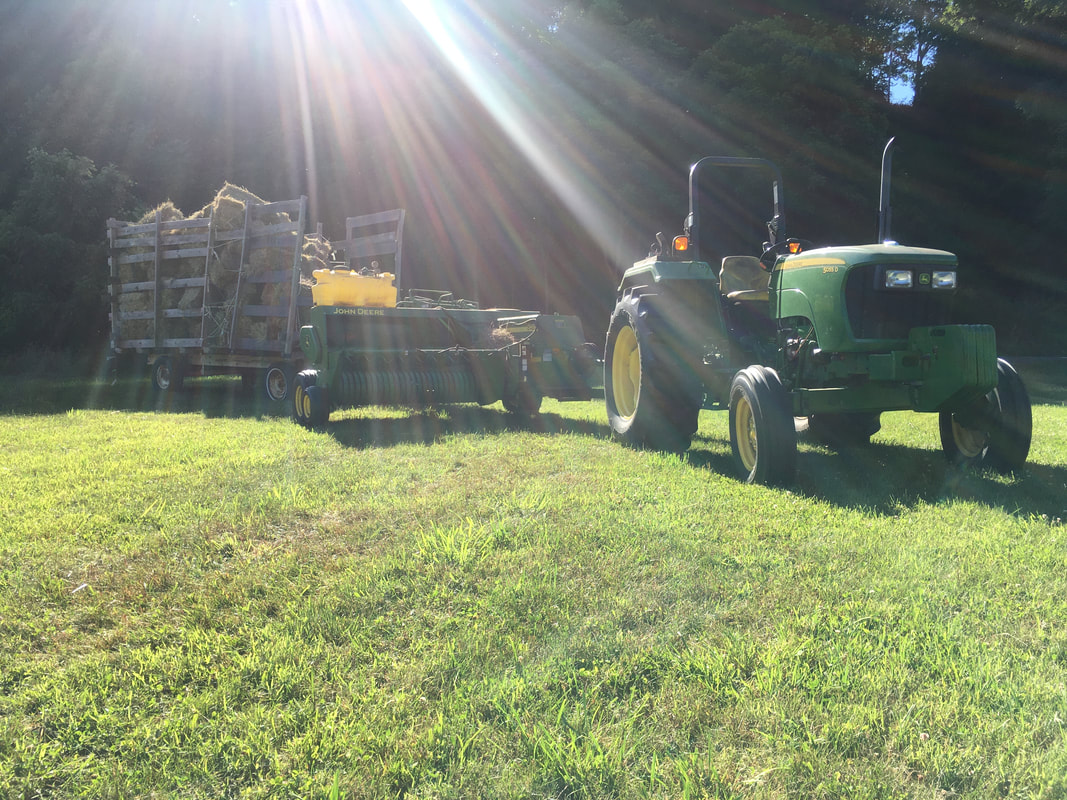 Our fall plans are to heavily overseed timothy into all of our fields. To assist in the germination, we are not spraying any herbicides on our fields after cutting them. Herbicides can act like a pre-emergent and we don't want that. We will clip our fields to keep them under control and in early September overseed timothy back into them. The good news is - the hay we are able to cut and bale is selling briskly. 90% of all hay cut and baled to date has been sold. As weather windows present, we will continue to chip away at our haying. I have a number of customers asking about hay and when. If you are reading this blog entry, know that I've got a list and will reach out to you as soon as we have hay available. If you would like to be added to our waiting list, please send an email to [email protected]. May the Hay Dog is keeping a close eye on the haying situation this year too. When she is not sacked out on the couch... That's about it for this blog entry. Hope everyone is having a great summer. We will talk again soon. This blog entry is checked and edited by May the Hay Dog - WOOF!
Things are really busy on the Jamison Family Farm. Today is May 2nd and as early as Memorial Day weekend, we will be cutting and baling hay. Much preparation is in order. Work has been done, work is ongoing and will continue right up to the day we begin cutting and then the REAL work begins... We have fertilized our fields and sprayed for broadleaf weeds. With the exception of a handful of buttercups here and there, the hay is very clean. May the Hay Dog thinks the fields look right fancy... Our 50 plus year old Lely fertilizer spreader was retired this year.. We replaced the old Lely with a new Kubota fertilizer spreader. While Kubota is a Japanese company, the origin of this spreader is from the UK and Europe. There was a company called Vicon that made hay and forage equipment for many years; round balers, hay cutters, rakes and fertilizer spreaders, etc. This company was purchased by another European company called Kverneland. At some point, Kubota wanted to get into larger row crop tractors, tillage equipment and hay tools; they bought Kverneland, painted the products orange and badged them Kubota. In the UK and Europe, the type fertilizer spreader I bought is referred to as a "Wig-Wag" spreader. It does not have a traditional spinner to throw the fertilizer, but a tube that oscillates back and forth like a horizontal pendulum, hence the nick name, "wig-wag". On a farm such as ours, we need to hit a home run with every piece of equipment we buy and use - new or used. I tend to study these things like an exam - I think it drives Joan crazy... I'll learn everything I can about what we are going to buy and when a deal comes along, I'll buy the item like an impulse buyer - only fully informed. Often I will know more about the item than the sales person selling it. There is a global problem in that people who may not know the answer to a question, instead of saying, "I don't know", they will give you a line of BS instead. In the course of buying tractors or equipment for the farm, I will ask questions that I know the answer. If the sales person spews a line of BS rather than just telling me he/she doesn't know - I'm very careful going forward with them, if I do at all. When I bought this Kubota spreader, I spent many hours learning everything about it - good, bad and ugly. The internet is the buyers friend and in as much as these spreaders are rare in the United States, I went to online forums in the UK and asked questions. What I found is - these Kubota (Vicon) spreaders are very reliable over long years, they have stainless steel parts in the bottom of the hopper, the hopper itself is a plastic/fiberglass make-up and calibration of the spreader is most easy. One of the goals with this spreader was more capacity. Our old Lely could hold about 800 lbs of fertilizer. This new Kubota (with hoper extensions - which I have ordered) can hold 2,200 lbs of fertilizer. This means instead of handling 50 lb bags of fertilizer, we can buy bags of fertilizer that weigh one ton. Further, when we buy these large bags of fertilizer, we can have it blended. N, P, K stands for nitrogen, phosphorus and pot ash. Previously we made three trips out on the field putting down individual amounts of NPK. The Kubota fertilizer spreader will allow us to make a single trip onto the field - speeding up fertilizing and eliminating the hand labor that came with 50 lbs bags. So with fertilizing out of the way, we have been working on some additional kicker wagons. My brother George and I replaced a broken spindle on a wagon gear I have. This required grinding out the old welds, driving out the old spindle with a sledge hammer and welding a new spindle in place. George is a crack metal worker and welder. Back to the banjo and string tight... On the Jamison Family Farm, we know a little something about "Tight as a banjo string." 2021 marks 41 years of me playing a 5 string banjo. Regarding baling twine (string), we use only the strongest. 9600/210. A bale of twine has two spools; each having 4,800 feet of twine for a total of 9,600 feet. 210 is the knot strength. When a piece of baling twine breaks, it is usually at the knot. Other twine knot strengths that are available are 130 and 170. Since we changed to 210 knot strength twine, we literally have zero twine breakage. This is important because if the twine breaks in the baler, it can take 15ish minutes to rethread the knotters and make sure everything is working as it should. If one were to have four twine breaks an afternoon, they have lost one hour of baling. That is not good - especially if rain is looming in the distance. If you are a customer, who wants to unload their hay and have twine breakage. I mentioned 41 years playing a 5 string banjo. 38 of those years have been with the same banjo - my William Hyatt. If you come for hay sometime, perhaps we can pick you a tune! We're getting close to haying. If you are interested in forage tested First Quality horse hay - shoot us an email at [email protected] or call (or text) us at (304) 667-4753. We are located north of Roanoke near Paint Bank VA. Take care - The Jamison Family Farm! This blog entry is checked and edited by May the Hay Dog - WOOF!
It's been a while since I've posted a blog entry, but this morning I am cozied-up to a wood stove while the cold temperatures rule, the freezing wind blows and so I thought I'd write. We had a great year haying over the summer and made some of the best hay ever to come off the Jamison Family Farm. The forage test results were excellent, the color, texture and bale shape - all were great. The rain we had, along with a successful fertilizer program yielded record hay volume. We are anxious to see what 2021 may bring. All of our horse quality hay is forage tested by Equi-Analytical. We take core samples and send them in for testing and each gets it's own test vs. lumping all of the hay into one test. Hay can vary from field to field and from timing of cut. The hay in our barn is segregated per these tests for customer choice, The pic below is a bag of hay clippings ready to be sent out. If you have a horse with metabolic issues, our First Quality Hay tests low in sugar (ESC+Starch). Perhaps our hay is something that would be of interest. On the other hand, if you just want good clean, well managed hay - we have that too! Email [email protected] for more info. While we have a moved to a bale kicker and wagons to receive the square bales - literally on the fly... We still handle all of our bales from wagon unloading to stacking. This affords us an opportunity to inspect every bale for shape and quality. Bales that don't measure-up are set aside and sold for cow or goat hay. Bottom bales, unless exceptional in quality, are set aside too. Some folks will buy this lower quality hay for bedding. May the Hay Dog does not prefer bedding, but a couch... May thinks straw and hay bedding are for the "little animals".... However, she will share the couch with others when necessary... Even a chair... We were fortunate to have a second cutting of hay this past year. Typically timothy goes dormant in our July and August temperatures - along with very dry weather. However, this past summer, we had rain and lower temperatures and it yielded a wonderful second cutting of hay. We filled the center section of our barn with this second cutting. Customers often ask, can you hold hay for me? Unfortunately, the answer is generally no - even if pre-paid. The reason is - space is limited and were it not for selling out of first cut hay in the center section of the barn, it would have been difficult to stack and store this second cutting of hay. We also like the extra room to store filled wagons to unload another day. I have moved my office from the old barn to this new barn. May the Hay Dog visits whenever she can... I like to take a break and ponder things in the barn with my feet propped-up... The boots in the picture above belonged to by Dad. He passed last February after a long life. I'm sure he did a lot of pondering on this farm too. Often he and I would go to Paint Bank and have a breakfast at the Swinging Bridge Restaurant. We had an election. Some are happy - some are mad as a match. The most troubling part to me is banjo players tuning on one and anther... Speaking of banjos - 2021 marks 41 years on the 5-string banjo for me. My banjo of some 38 years is in the shop for a refinish and some other work. Stay tuned for a blog entry on it later this year. Here is a tease pic of the refurb/refinish going on... Enough rambling. If you need hay in 2021, we'd appreciate your consideration and business. We should begin cutting and baling around Memorial Day. For more info, please email FirstQualityHay@icloud.com. Follow us at our Facebook page at First Quality Hay for more frequent updates. Below are a series of farm pictures I took over late Summer, Fall and into Winter 2021. This blog entry is checked and edited by May the Hay Dog - WOOF!
Here on the Jamison Family Farm, we have escaped the intense July heat and are now enduring August temperatures. I believe in Roanoke, they set or tied a record for consecutive days with temperatures above 90 degrees that dates back to 1966. Oddly enough, August started a bit cooler, but temperatures have rebounded back into 90's, even today as I write this blog entry. Humidity has remained high and uncomfortable throughout. May was continuous rain with the exception of a brief month end window. June was equally rainy and Potts Creek went out of it's banks frequently. Leading into the last week of May, I kept a keen eye on the weather. Our tractors and equipment were ready, we just needed a favorable window to cut hay. With hay that is for sale and the end customer being primarily horse owners - you only get a one or two cracks at cutting and baling First Quality Hay. Fears of the haymaker are multifold. To much ground moisture from rain can cause problems such that even with clear skies, the moisture in the ground will evaporate into the cut hay and keep it from properly curing. There is the ever present chance of pop-up thunderstorms (or a botched weather forecast) that drenches hay that would otherwise be ready to bale; rendering it low quality with a nice tan straw looking color - not good. Knock on wood, equipment failure can scuttle the best intentioned haymaking too. At the end of May, our timothy (really timothy mixed grass - but overwhelmingly timothy) was close to being mature to the extent that the trademark cat tail seed head was emerging from the stem/boot in our fields with Climax timothy, but in our fields with Clair timothy, the seed head had not emerged at all. Whatever else was mixed-in, such as native Orchard grass and Fescue, were prime to cut. Cutting the timothy early in maturity is a plus from a quality standpoint. All we needed was a window... A favorable weather window of lower temperatures, steady breezes and low humidity were forecast to begin on May 30th and we pounced on our hay fields in force. With rain forecast to return in about four days we took a gamble on the both the weather and equipment (read breakdowns) and we cut all of our First Quality Hay. Within a day and a half, everything we had was on the ground. To deal with this much hay - I phoned in vacation from my day job... In addition to lower temperatures, low humidity and a steady breeze, we have two tools that can enable us to go from cut to bale in as little as three days - something we were betting would pay-off big. The first tool is our Krone mower conditioner. It cuts hay cleanly and in any condition, heavy/thick, damp or dry. The second is our Vermeer TR90 tedder (it also doubles as a rake). The mighty Massey Ferguson 1105 powered the Krone with ease and this year, I put the John Deere 5055d on the rake/tedder. In the picture of the Krone below, just above the cutter bar, you will see impellers hanging down. These impellers spin and propel the hay against the hood of the mower, as well as, force the waxy grass stems to rub against each other as the hay moves off the cutter bar and out the back. This scrubbing action removes the waxy layer of the stem (where the moisture resides) and allows the hay to dry faster. I liken it to taking a loaf of bread, taking the wrapper off, and setting it in the sun. The bread dries quickly - same with hay. The tedder has tines that spin and pick-up the cut hay, spread it out to glean more sunlight, toss it into the air flipping the bottom/damp hay to the top to dry and finally fluffs up the hay off the stubble such that a breeze can flow through to assist in drying. A mower conditioner and tedder are critical to making First Quality Hay - sooner than later! Tedded and raked, we began baling. My John Deere 348 baler makes a beautiful bale of hay and the pan kicker (or as John Deere calls it - #42 Ejector), tosses the hay bales through the air and into our ready wagons with eight foot sides being pulled behind. With help in place at our barn and Nathaniel shuttling full wagons to the barn and empty wagons back to the baler, we could really bale a lot of hay fast - and did! Did I mention we baled a LOT of hay... To give you an idea of the volume, our Lower Field alone yielded just over 150 square bales of hay per acre. Had the weather forced us to wait a few more weeks, the grass would have kept growing, became over-ripe and our yield would have been even higher. A lot of hay makers prefer to wait for those extra high yields at the expense of quality. On the Jamison Family Farm, we prefer quality over quantity. If you notice in the picture, the last wagon is at the end of the barn, out of the weather, ready to unload and stack along with some other hay. After that wagon was parked - the rain began again and lasted pretty much through June. We had succeeded getting our hay cut, baled and into the barn in our short weather window - an answered prayer! Once things calmed down from our first cut, we took core samples for analysis. We use Equi-Analytical's Trainer 603 wet chemistry test. It is interesting to see hay ads across the internet, Craigslist, Facebook, etc., featuring "horse quality hay". Our "horse quality hay" is truly managed, weed free as possible, cut and baled for quality AND - we have a food label via these tests. I'm not aware of too many (if any) hay producers within striking distance of our farm that take such measures to make hay. Years ago, I told my kids, "It takes as much back to lift a bale of trash as it does First Quality Hay - so let's do it right." I can't imagine any other way to make hay on the Jamison Family Farm. Cutting a little earlier yielding less mature grass produced some of our best forage test results we've had in years. Excellent horse quality hay. The test results are below. Fast forward from our first cutting - we weighed when to take a second cut as we had growth with the continued rain, however, we've elected to wait and get as much leaf as possible. Unfortunately with the dry - hot July, hay growth pretty much has stopped and even with early August showers regrowth is still slow. There is enough hay now for a second cutting, but we need a weather window to present itself for haymaking. Right now, we are in a pattern of hot, humid weather with afternoon/evening thunderstorms. I'm thinking we will make our second cut around Labor Day weekend. We have cut hay as late as Thanksgiving... Remember Potts Creek out of it's banks this past spring? Now the water level is very low - low enough that I can (and do) set a chair in the creek, ponder all things and sometimes have a relaxing lunch. May the Hay Dog has her own way of dealing with rain, heat and drought... Hope everyone is having a great summer!!! If you are in need of First Quality Hay - we can be reached at [email protected]. Take care - The Jamison Family Farm This blog entry is checked and edited by May the Hay Dog - WOOF!
Romans 10:9: "If you declare with your mouth, 'Jesus is Lord,' and believe in your heart that God raised him from the dead, you will be saved." ... John 11:25: "Jesus said unto her, I am the resurrection, and the life: he that believeth in me, though he were dead, yet shall he live." Happy Easter from the Jamison Family Farm!!! As I write this blog, we are living in a time dominated by the Corona virus and the fall-out of it. I am hopeful everyone is healthy and safe. Social distancing is one of the tools being used to combat the virus and with respect to my day job, I find myself "social distancing" at the Jamison Family Farm at the request of my employer. I just finished my second week working from the farm and it's amazing how a telephone, laptop computer and internet can enable one to conduct business away from the office. My great grandfather, James Henry Jamison, could have never imagined such a technological world would ever exist - especially at the farm. However, even with modern technology, it is the wood stove that keeps me warm while working... We have been busy preparing for haying. Much fertilizer has gone down and herbicide efforts to squash broad leaf weeds are finished. The past few years, rain has made it very difficult to get a quality first cutting. As things stand right now, we are seeing favorable weather patterns - not too much rain, not too much dry weather and our hay fields are showing signs of some really nice growth. This year, we would like to begin cutting around mid-May if possible. We are looking for quality vs quantity. As in previous years, we will take core samples and have our hay forage tested. Historically, our hay has been low in sugar (ESC+starch), potassium and iron. If you have a special needs horse or just want good, clean, well managed hay - we may have something for you. One of my favorite tractors on the Jamison Family Farm has been my International Harvester Farmall 756. I used it to cut, ted and rake hay. I never put a baler on it, but pulled many loaded hay wagons to the barn. While the tractor had good power, it was in need of much repair and restoration. This was further complicated as it had a gas engine. For those that know IH tractors, the engine was a C-291 and the sleeves in the block are an interference fit; the engine is a difficult rebuild and not for the backyard mechanic. They also have a reputation after a rebuild to gall the pistons to the sleeves with the newer gas of today and high octane is required. Had the engine been a gravy fix, I would have added a wide front end to it and new tires all the way around. We talk about trucks and cars that are gas hogs, the 756 at full load will burn around six gallons of gas per hour according to it's University of Nebraska tractor test report! None of these things caused me concern, except the engine rebuild. I know other makes of row crop tractors with high horsepower - some had issues with their gas engines to some extent; I was unaware of IH's C-291 gas engine issues and thought I was good to go when I bought the tractor. My feeling was - an IH gas tractor on the farm would make a nice low temperature starter and no more hours than we would put on it in a year, I could live with the gas mileage, especially when you consider these gas tractors sell at a pretty low price compared to their diesel counterparts. When you buy old farm equipment sometimes it works out great, other times not so good... Without a doubt, the Farmall was the most photogenic tractor on the farm. Kind of like a dog, you can't take a bad picture of one. Put May the Hay Dog on an International Harvester and you've got a nice photograph. A few more pics... In the end, I decided to sell the tractor. Simply a business decision. A fellow from Ohio came down and bought it. On another front, I have sent the mighty Massey Ferguson 1105 for a "tune-up", for lack of a better word. It is getting the diesel injectors rebuilt, valves adjusted, a new air conditioning system installed and a few other things. I may receive the tractor back as early as next week. We bought this rather large tractor last year to run our disc mower conditioner to it's potential (read - higher horsepower) and safely bring our kicker wagons off our hills (read weight). This past year the MF was a very welcome addition. The "tune-up" being done to it will make a good tractor even better. I'm thinking about putting it on the baler this year too. It would be nice to be out in the hottest of the sun and baling hay in a cool cab. Other pre-season repairs: I've got to make a PTO shaft repair to my John Deere 350 hay rake, build one more kicker wagon and do a heavy repair to our New Holland 156 tedder. If I can't get the tedder repaired, we will buy another one. A tedder is an implement that is used to fluff the hay after cutting and before raking it to bale. It greatly assists drying the hay and if a shower lands on the hay, one can run the tedder over the the field and often salvage the hay before quality is lost. A hay tedder is essential to First Quality Hay. On a family note, my Dad - G.L. Jamison passed away this past February at the age of 87. He is gone but never forgotten. My Dad grew up in and around the Jamison Family Farm; to my family he was a fixture on it. I believe my Dad was saved and here at Easter it is a very comforting thought to know that he is alive and in heaven; we'll meet again. Through his years, he saw many Easter Sundays, the green-up and flowers on the farm. More than anyone, my Dad knew the Jamison Family Farm was/is a special place. I took some pictures at the farm the other day - images my Dad would have seen every Easter as his many years rolled by... Happy Easter from the Jamison Family Farm!!! Disclaimer: This blog entry and all others are checked and edited by May the Hay Dog - woof!
|
